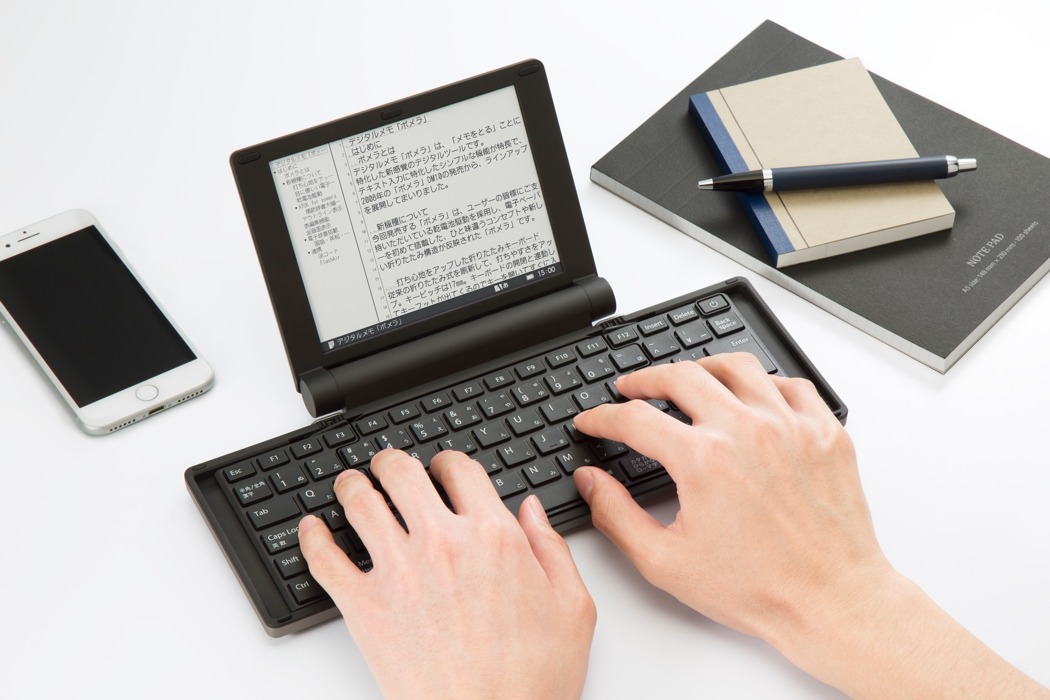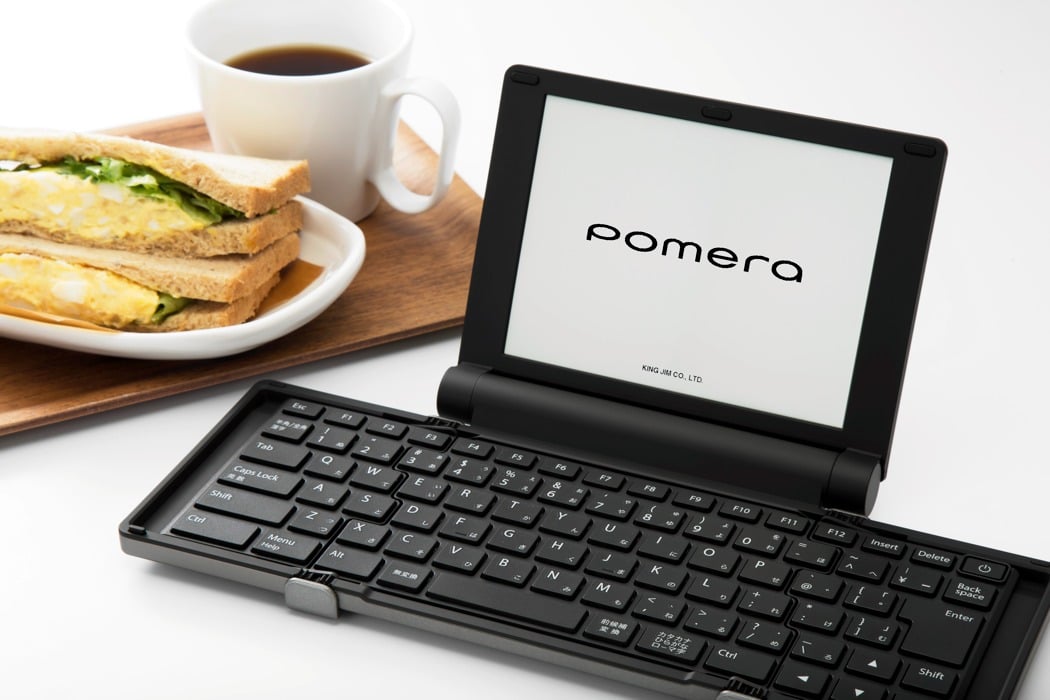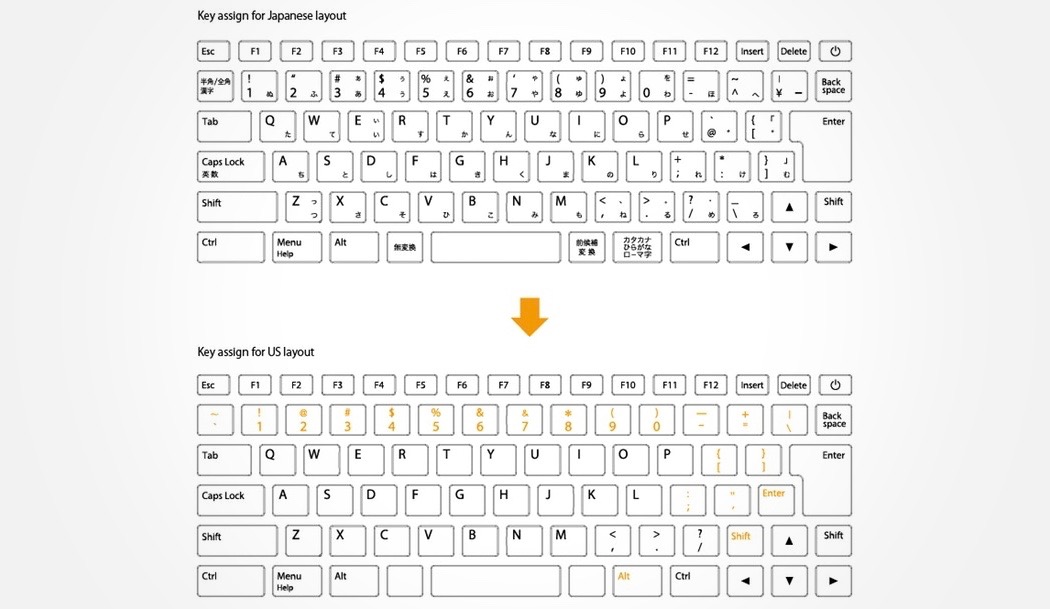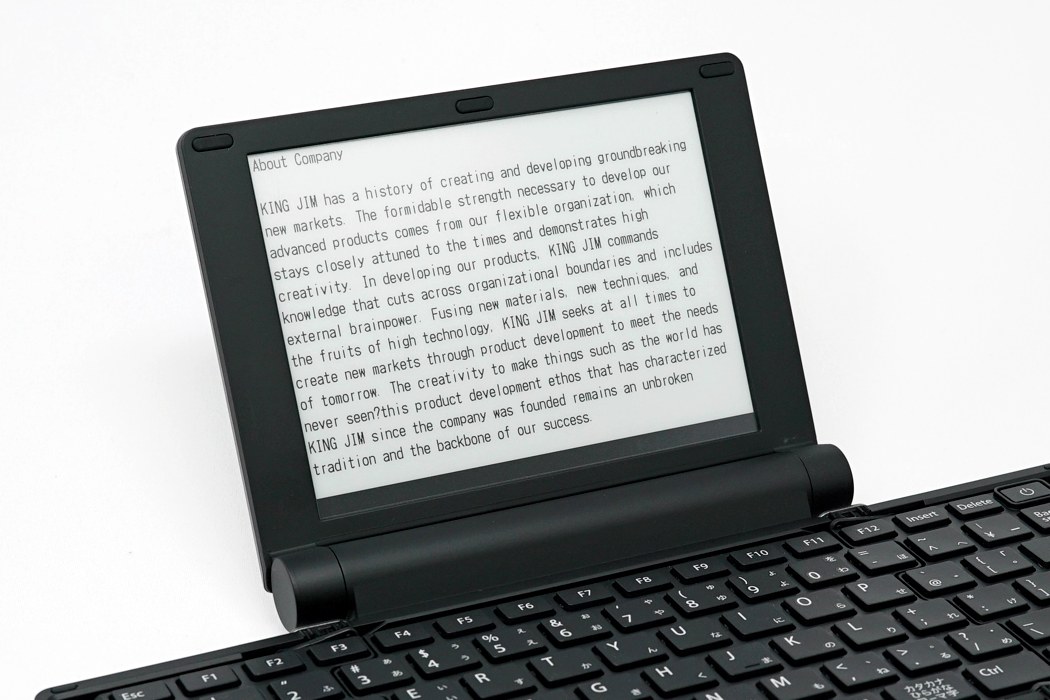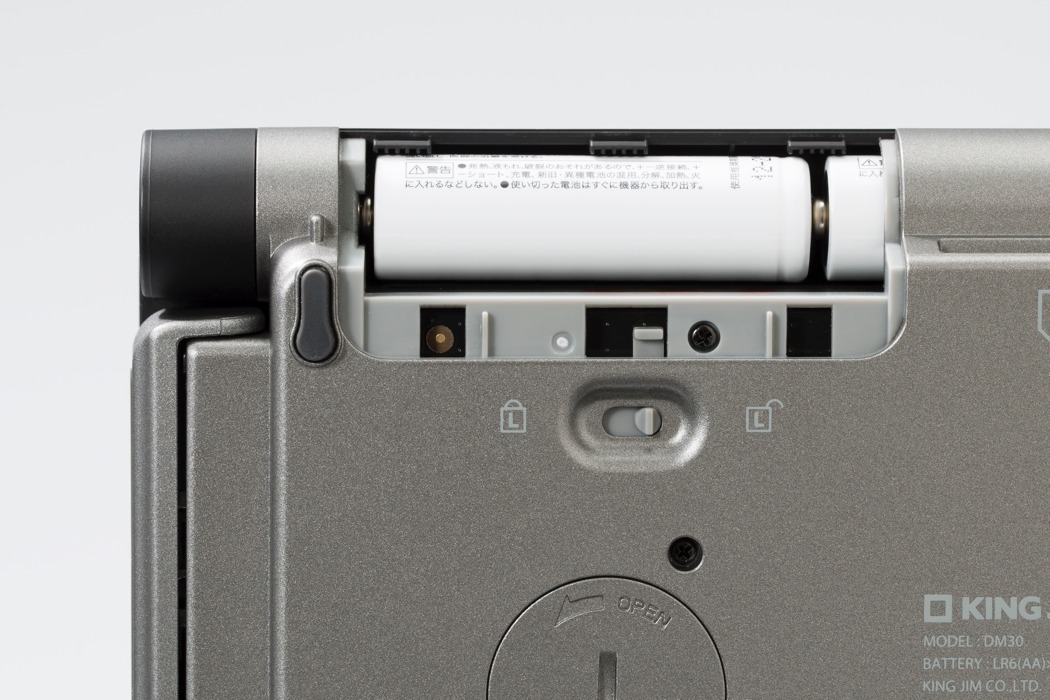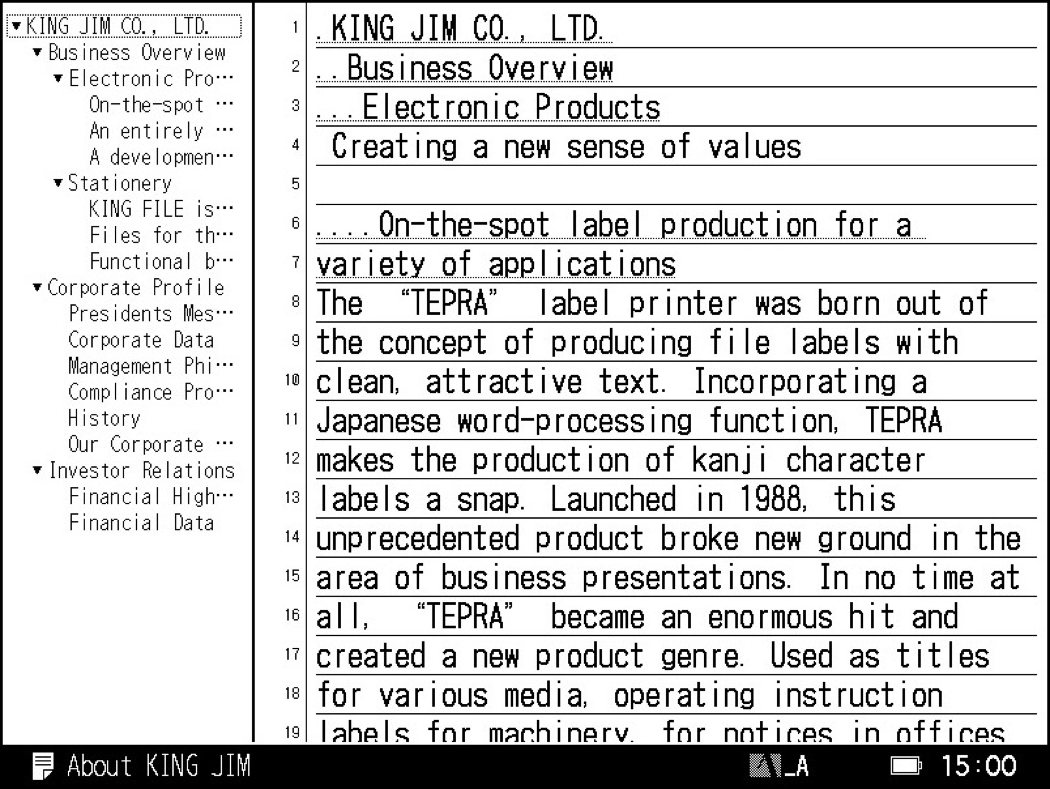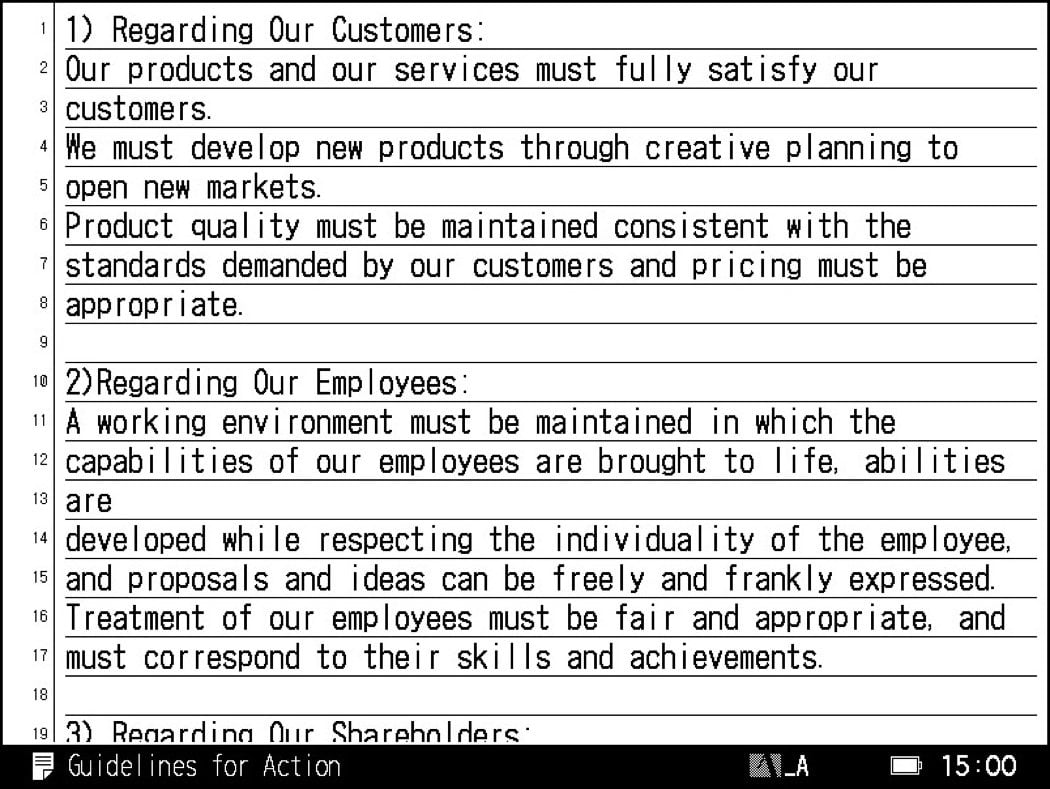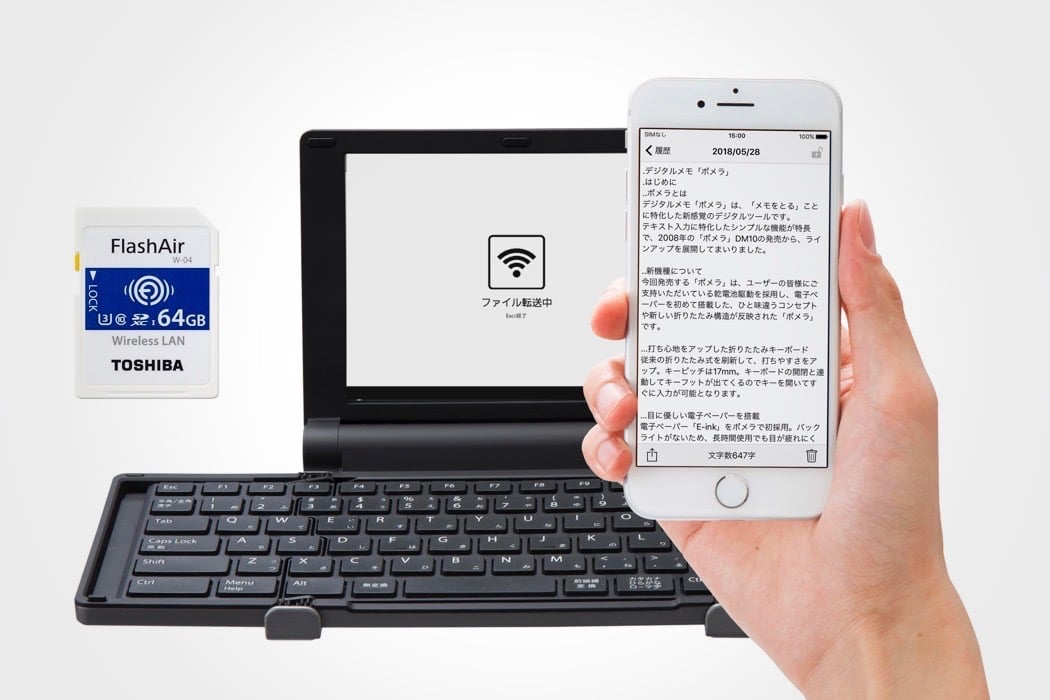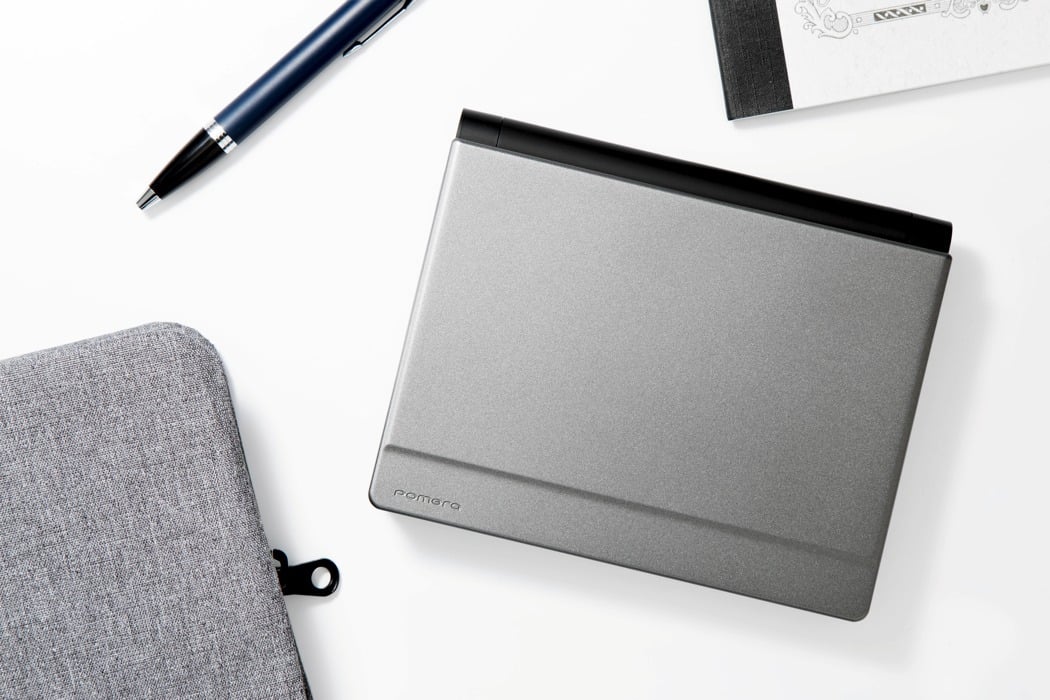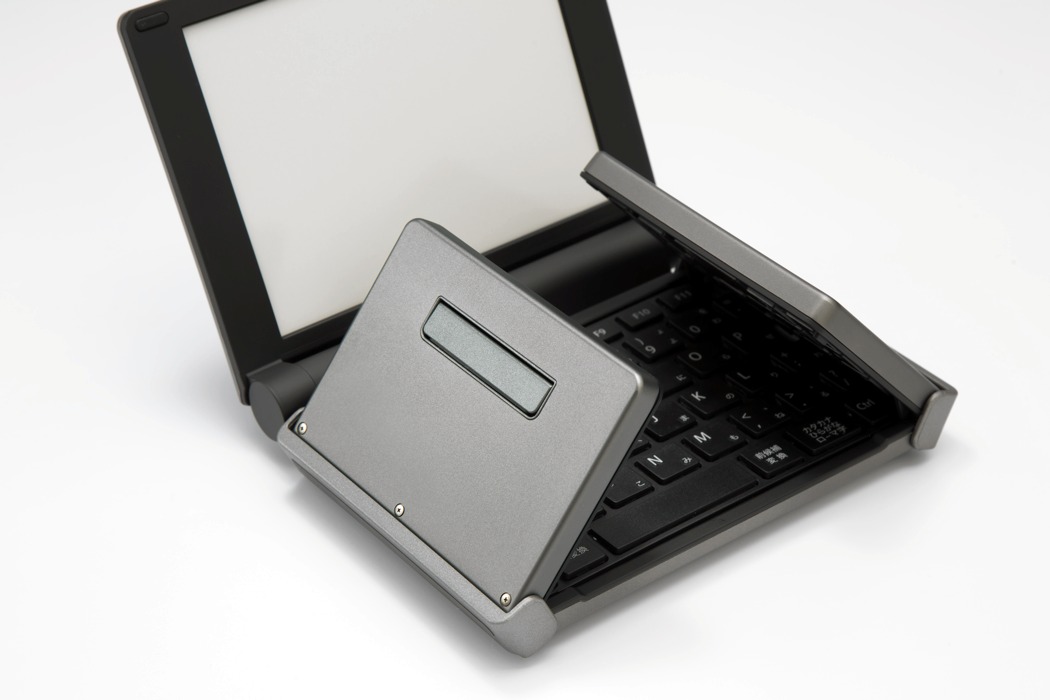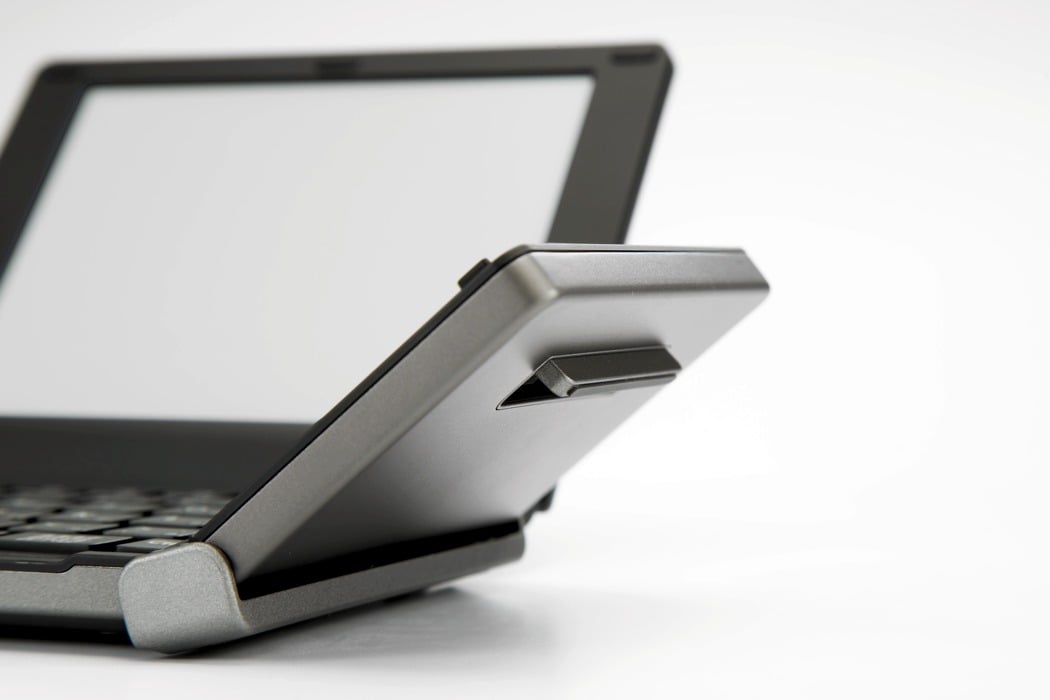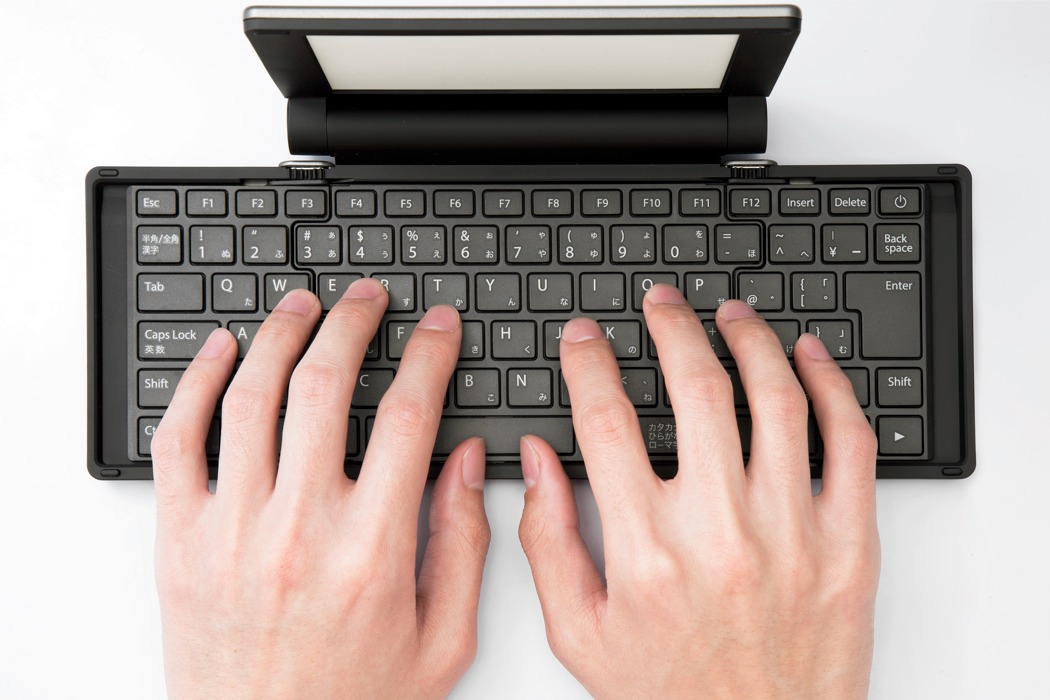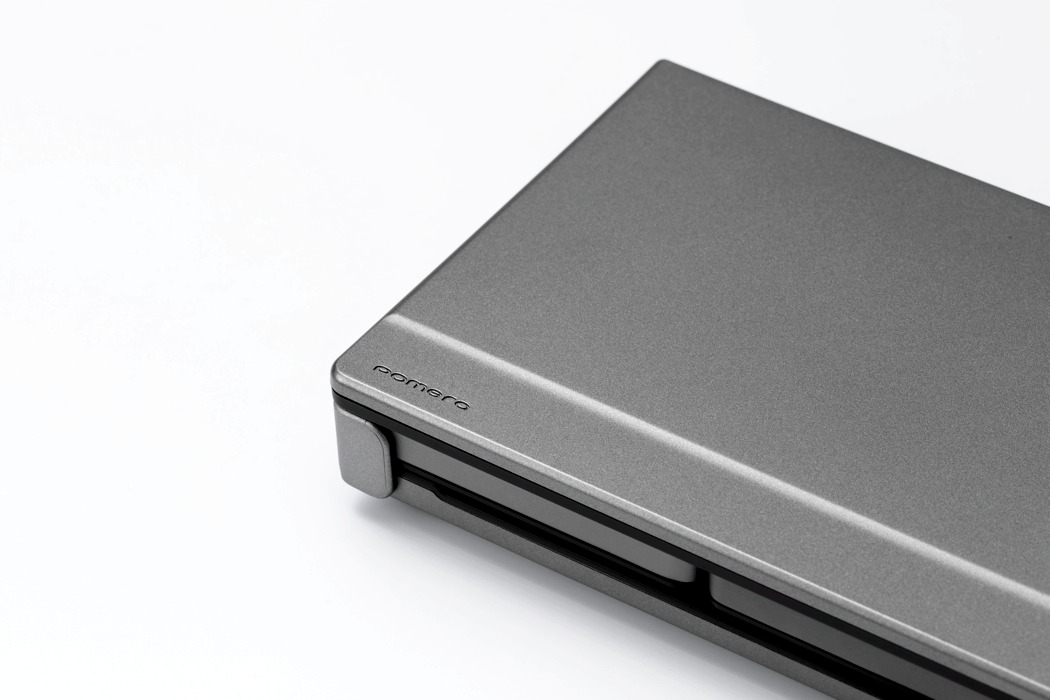We live in an “instant” civilization where we can get what we want almost instantly. Words appear on the screen as fast as our fingers can fly, cup noodles can be done and ready for consumption in less than five minutes, and bread jumps out of the toaster just a few seconds after simply pressing down on a switch. Can you imagine, then, the frustration of having to slowly type out each letter, or manually turning a loaf of bread every minute to make sure it’s properly toasted without burning to a crisp? Of course, no one will want to go back to those not-so-good old days, at least no one in their right mind. That said, such an unimaginable situation could also be an opportunity for a ridiculous invention, which is what this seemingly antiquated typewriter does, making you slowly type each and every letter to adequately toast a bread loaf.
Designer: Ritika Kedia

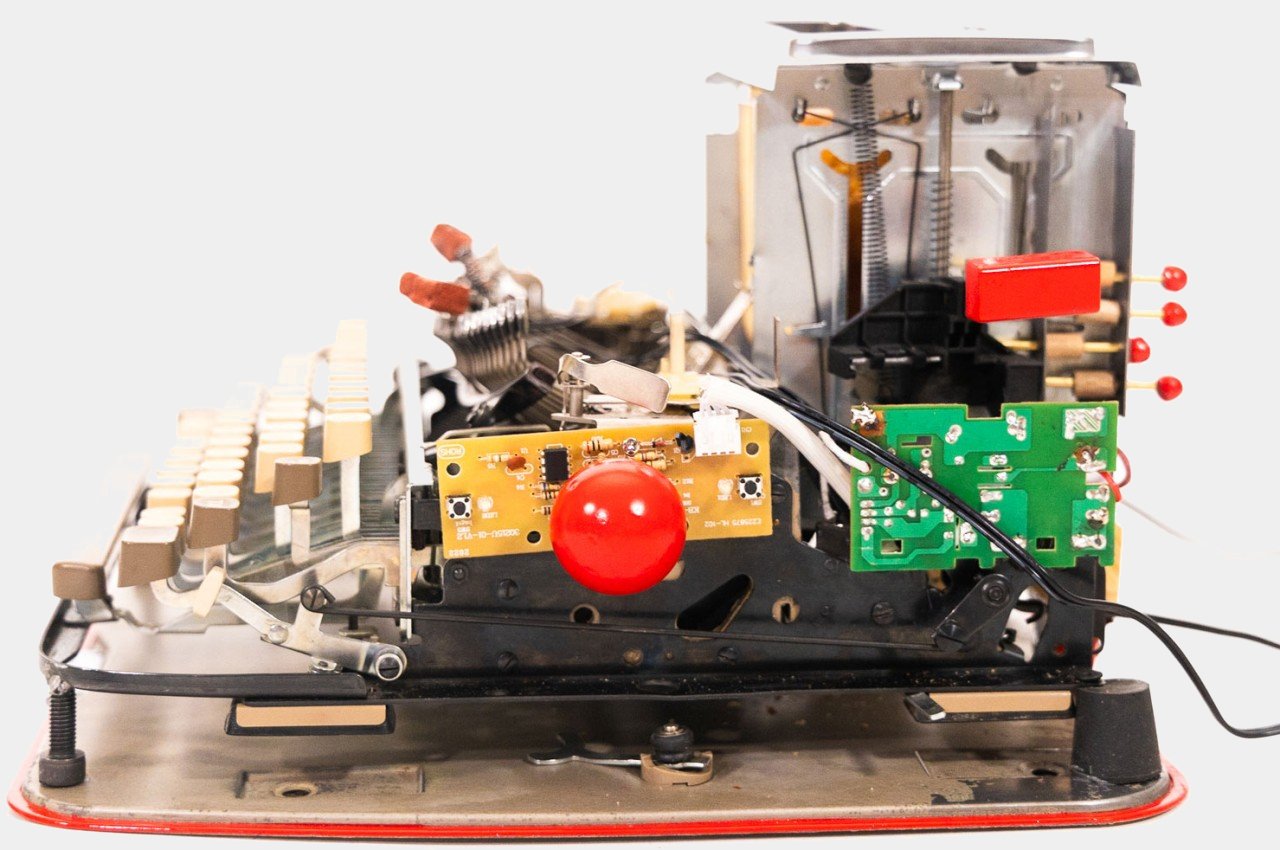
The idea of typing on an old-school typewriter to toast bread is beyond absurd. The two have almost nothing in common, except perhaps the starting letter of each word. It’s definitely an exercise in patience and futility, one that could make you lose your appetite even before you get a single word out. But like what happens in real life, some ridiculous and frustrating situations can become comic relief if done right, which is exactly what the Toaster Typewriter represents.
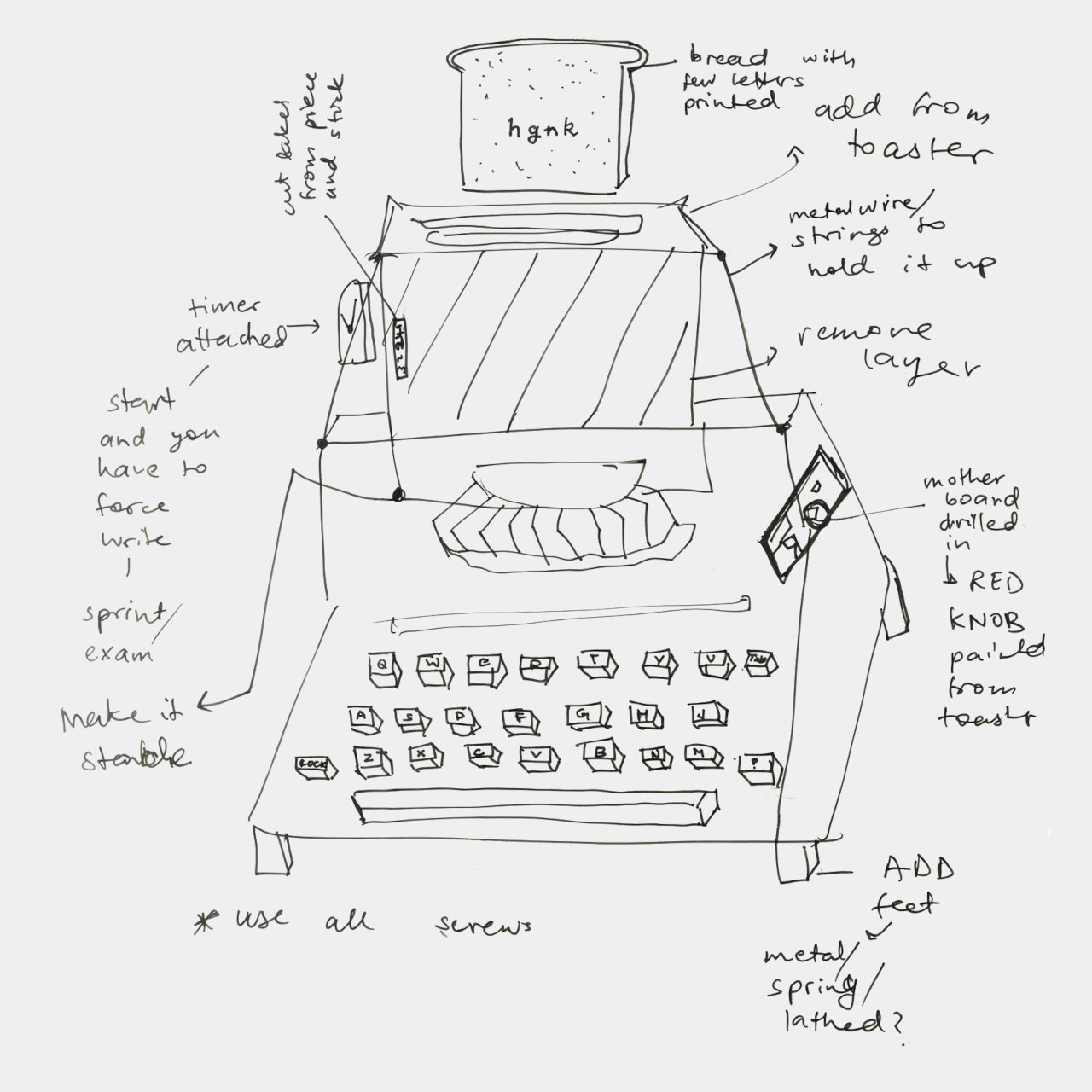
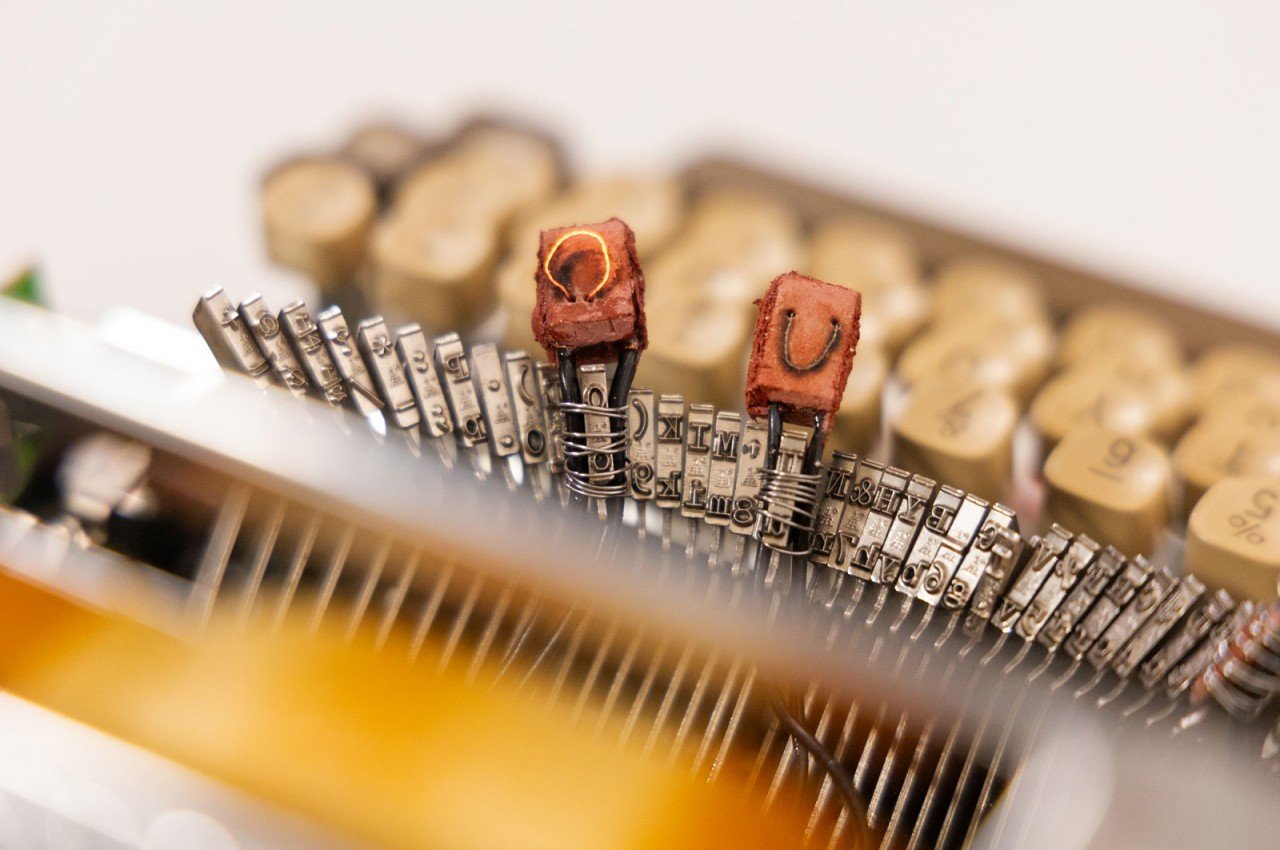
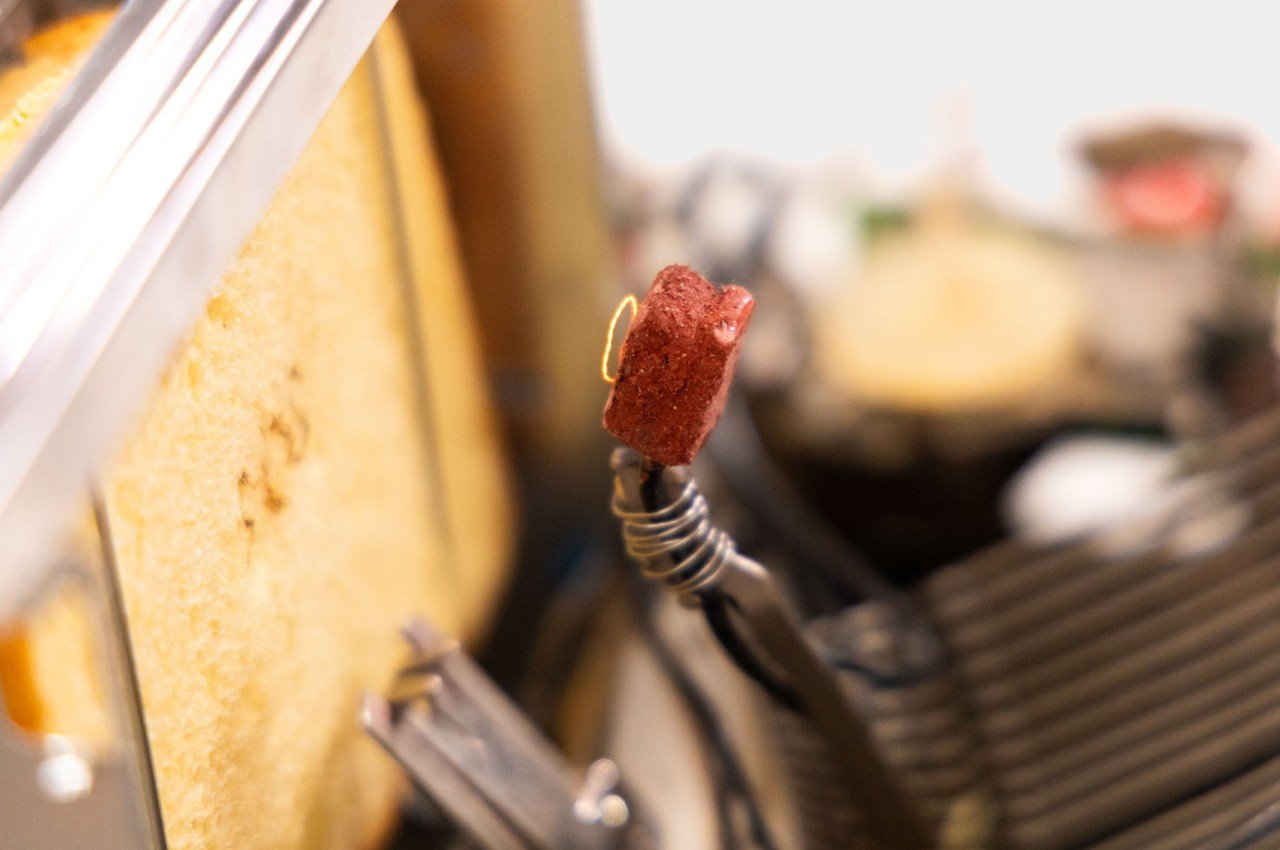
The design is practically a Frankenstein of two very mechanical products, a classical typewriter and a bread toaster with much of its outer shell stripped off. Certain letters on the typebar are covered with food-grade clay and have wires coiled around them. The cobbled machine uses multiple transformers to not only power the toaster but also generate heat for the keys, resulting in a composition that looks more like a prop from a sci-fi flick from the 50s or 60s.
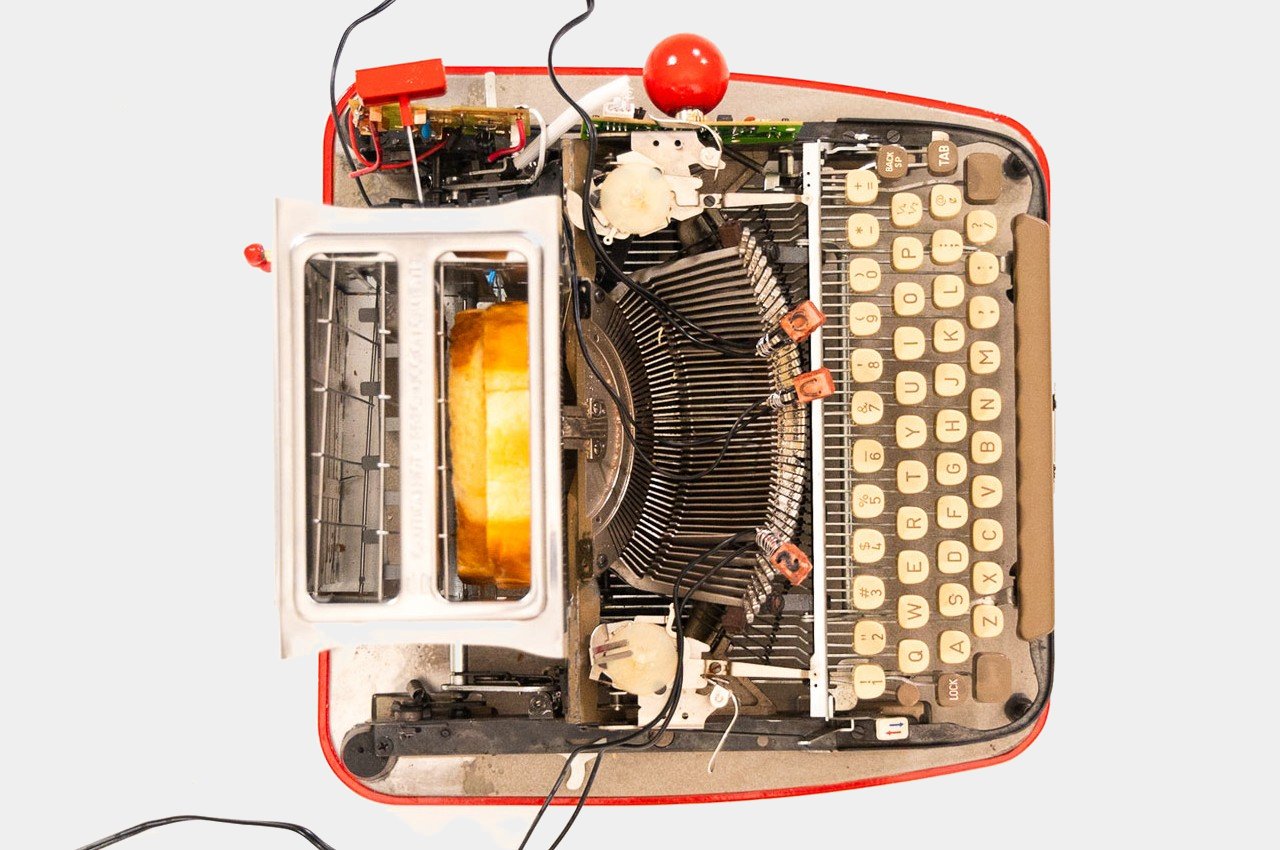
The idea is to simply slide in a loaf of bread like you would on a regular toaster, and then slide the toaster box across the typewriter as if it were a piece of paper. Once the letters are sufficiently hot, you press hard on a key and then wait for that letter to be burned onto the bread’s surface. Rinse and repeat until you finally have your desired toast, unless you lose your sanity first.
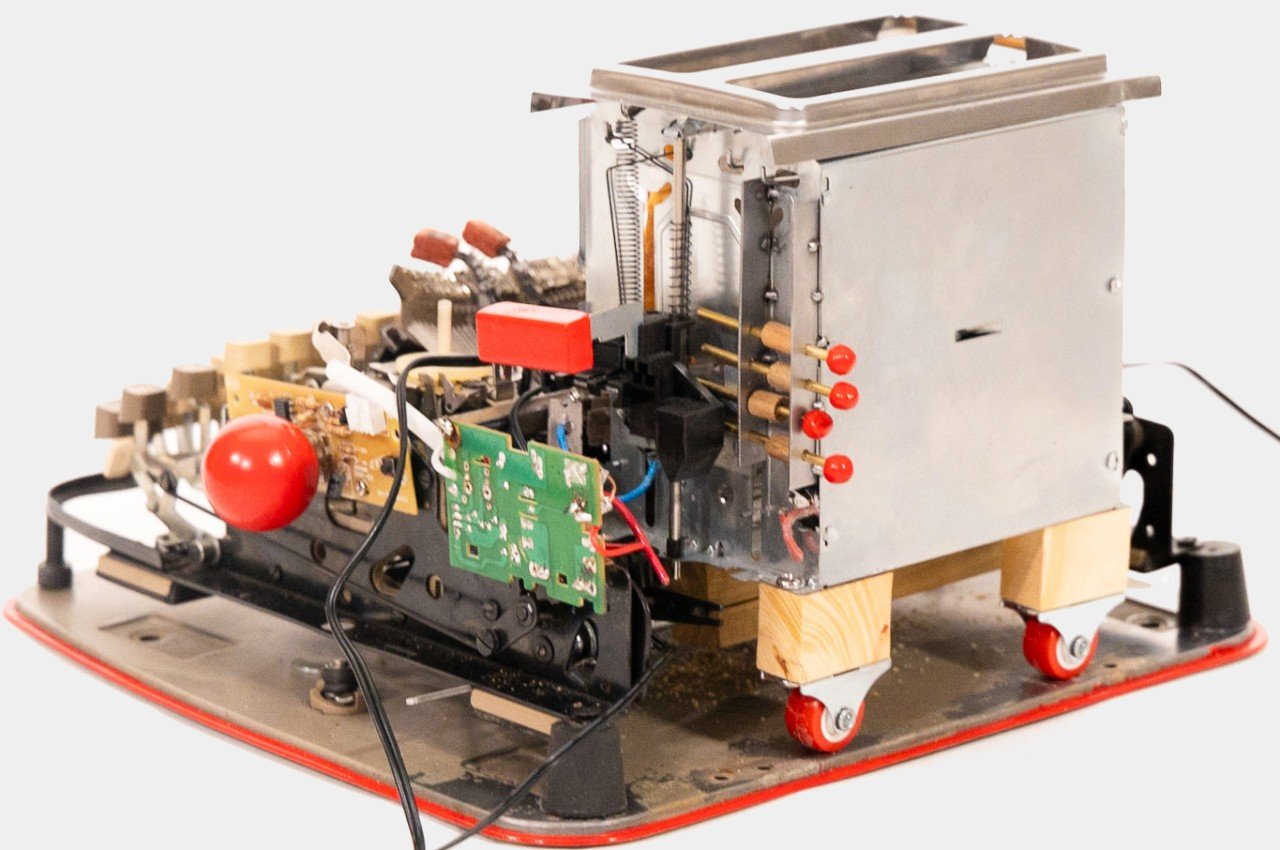
As you can probably tell, the Toaster Typewriter technically works but it’s impractical and pretty much useless. That’s exactly the point of the design, however, as a paradigm shift toward more entertaining, even comical, designs. The design space has become too serious for its own good. While product designs definitely need to address certain needs and requirements, there is also room for some more entertaining and humorous designs that bring delight in one way or another. Of course, such designs shouldn’t frustrate people the way this Toaster Typewriter does, but good designs need to be able to include more human elements, including human expressions of joy and laughter.
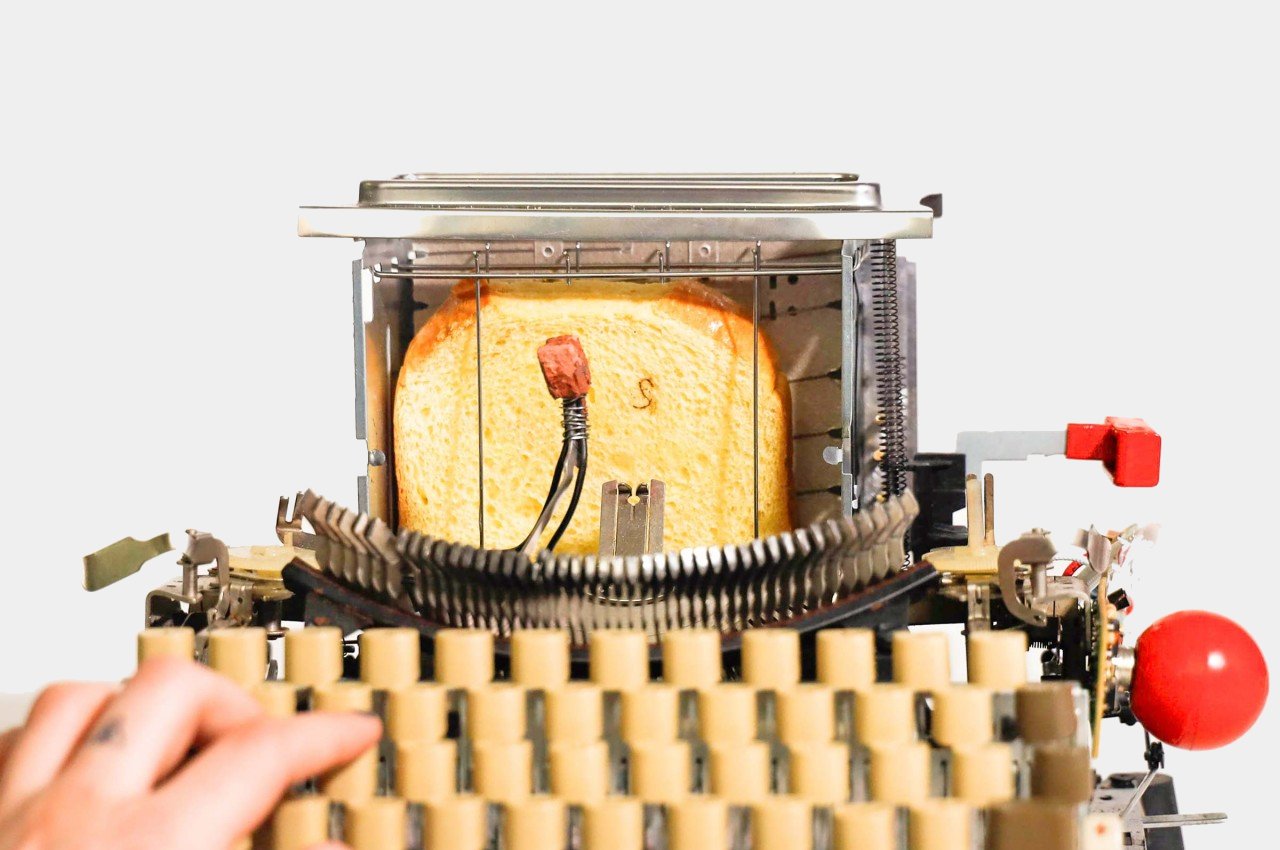
The post Toaster Typewriter puts a humorous and literal spin on how words can burn you first appeared on Yanko Design.
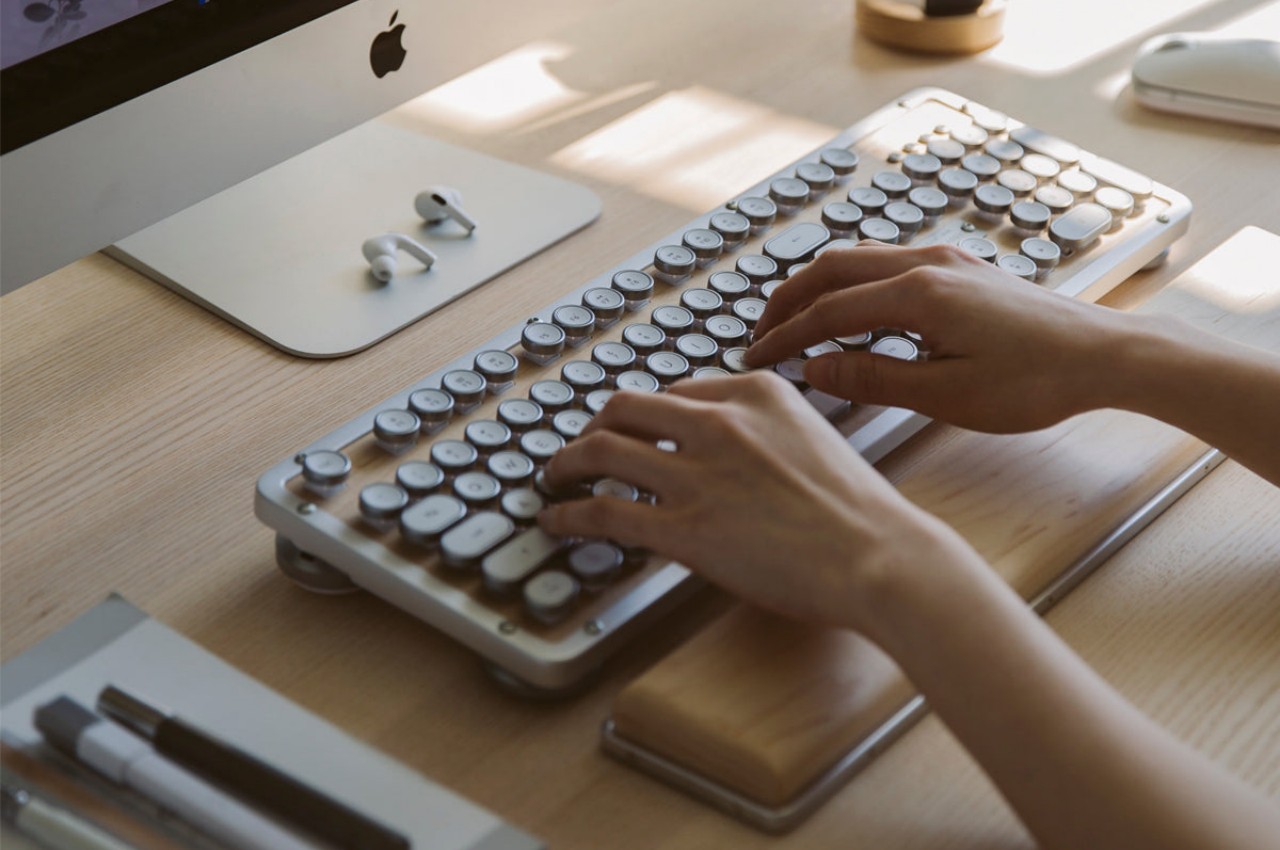
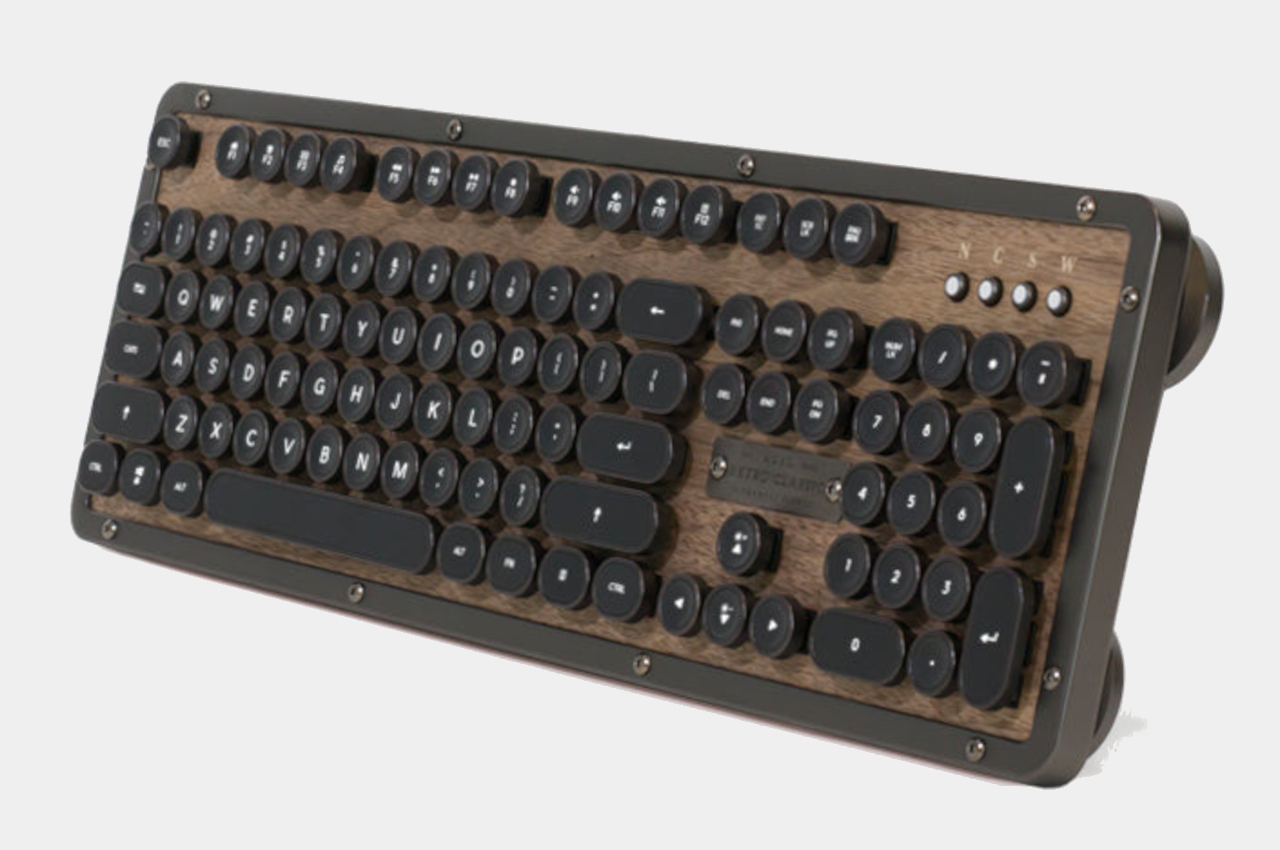
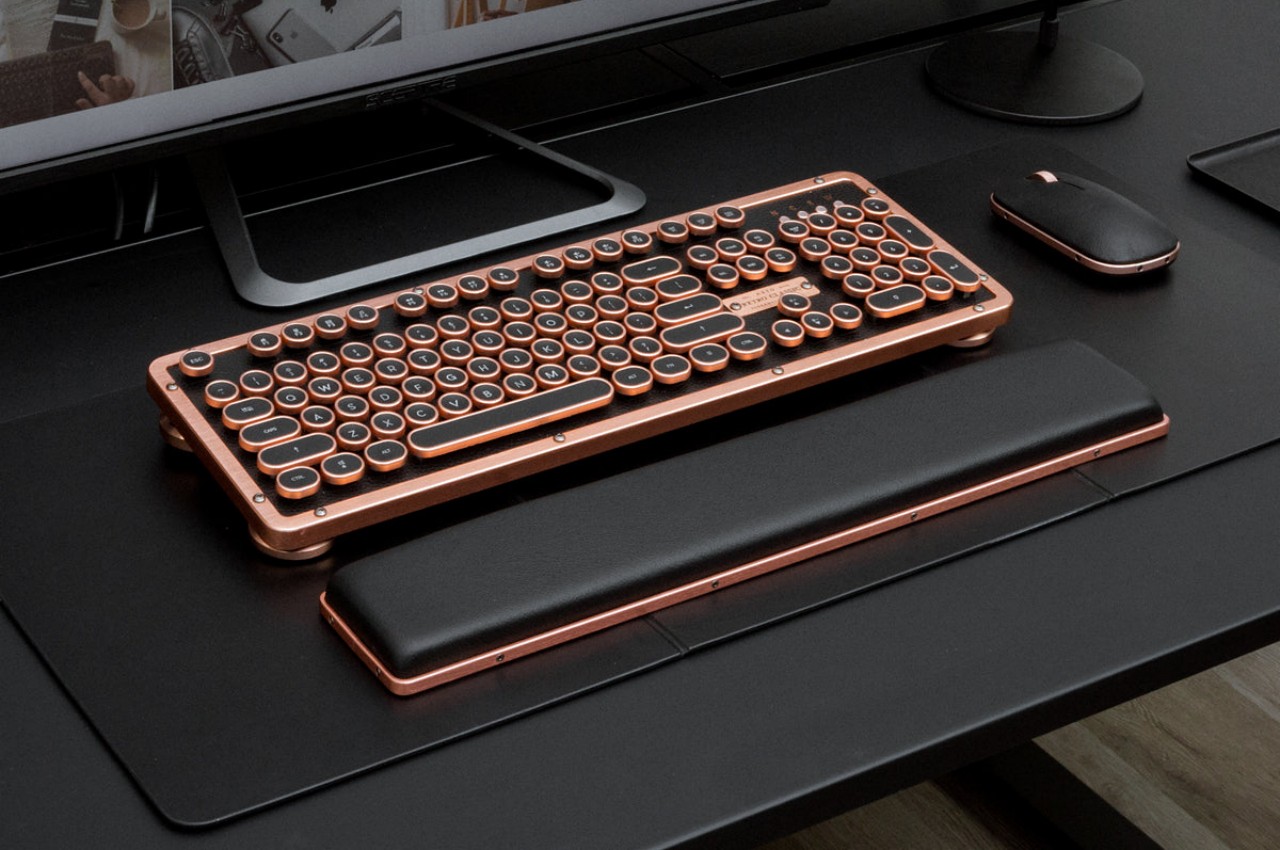
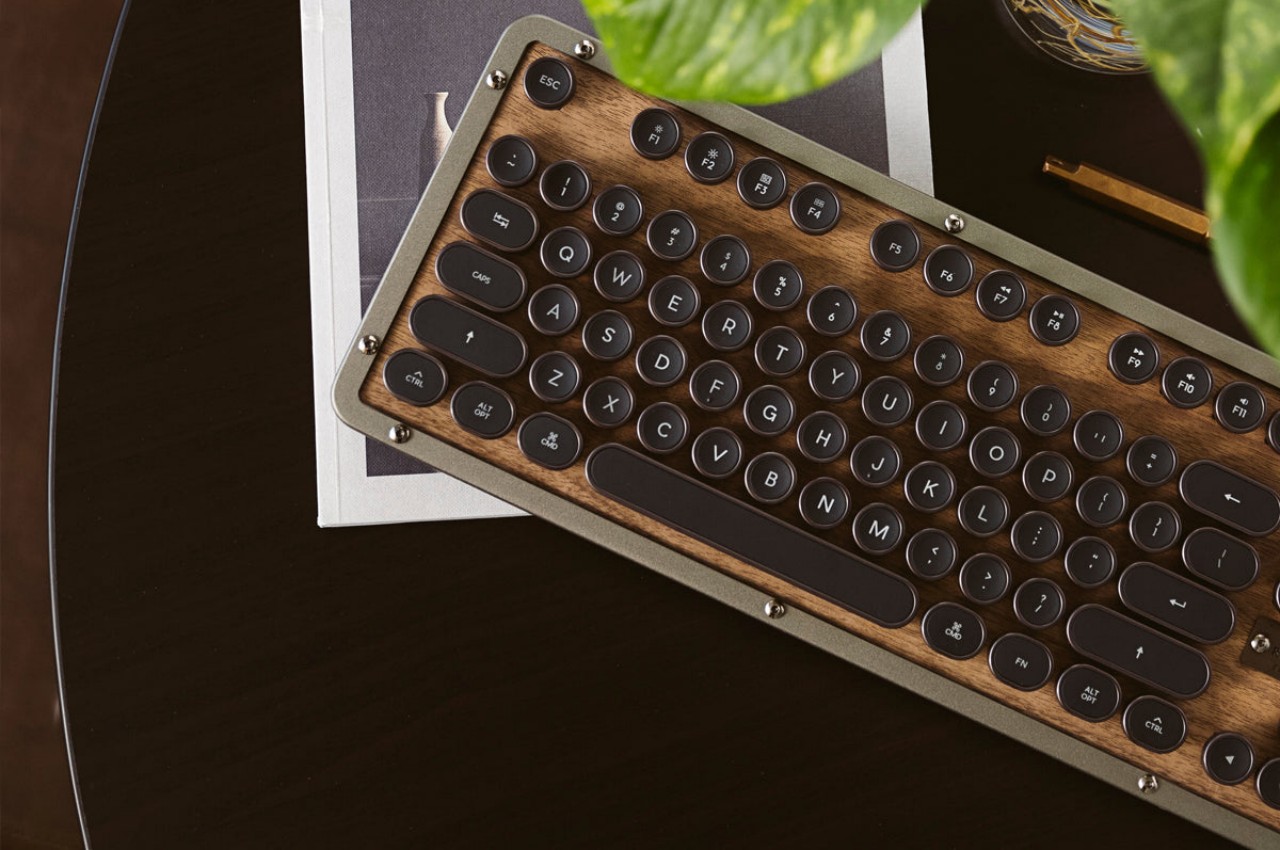
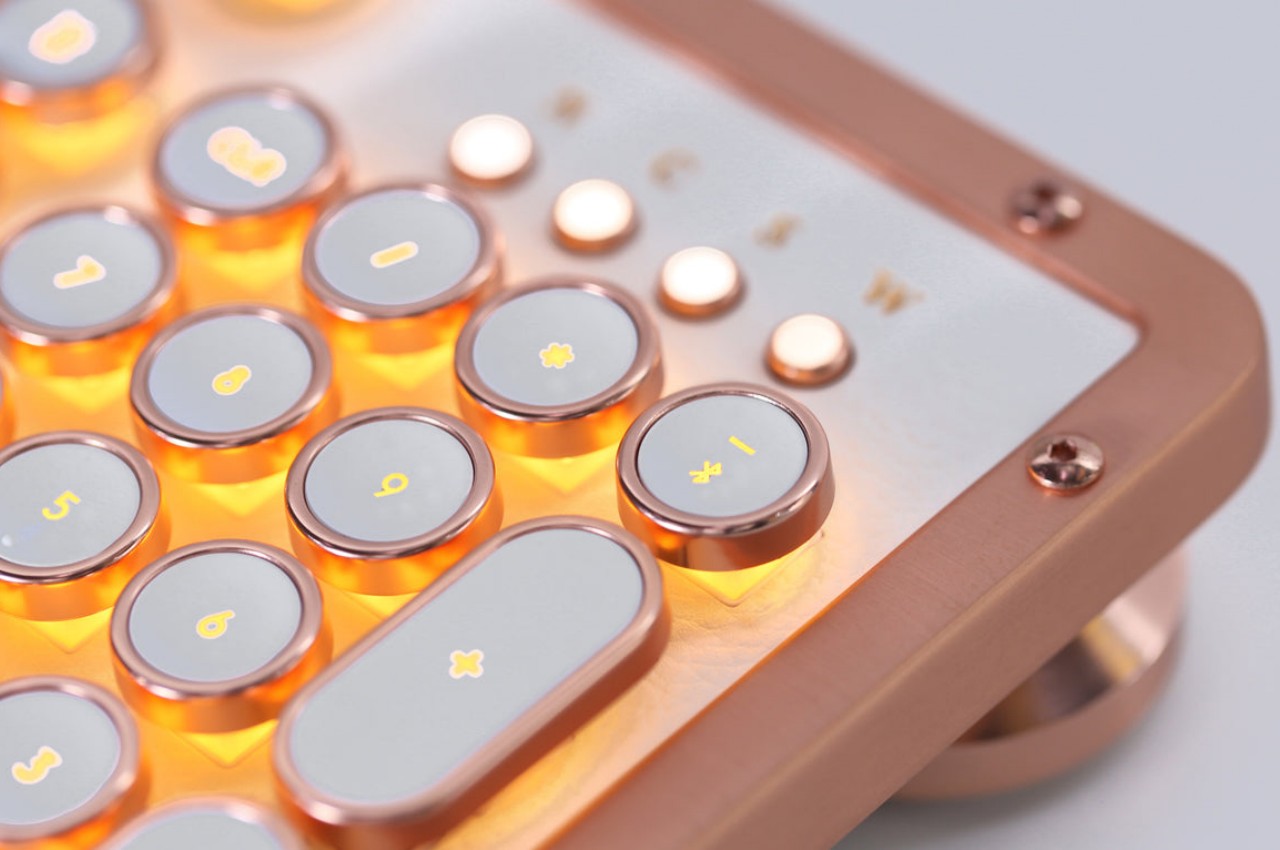
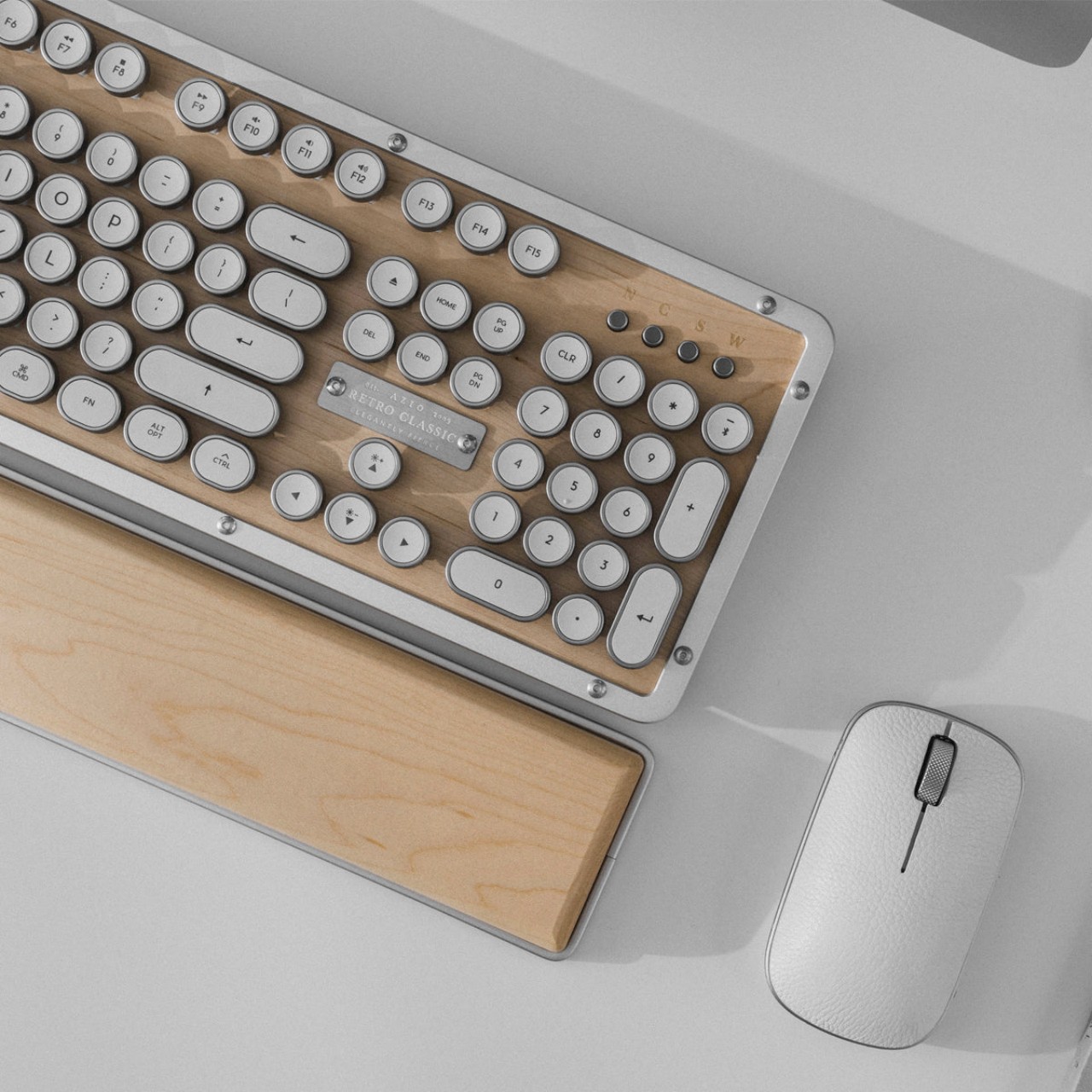
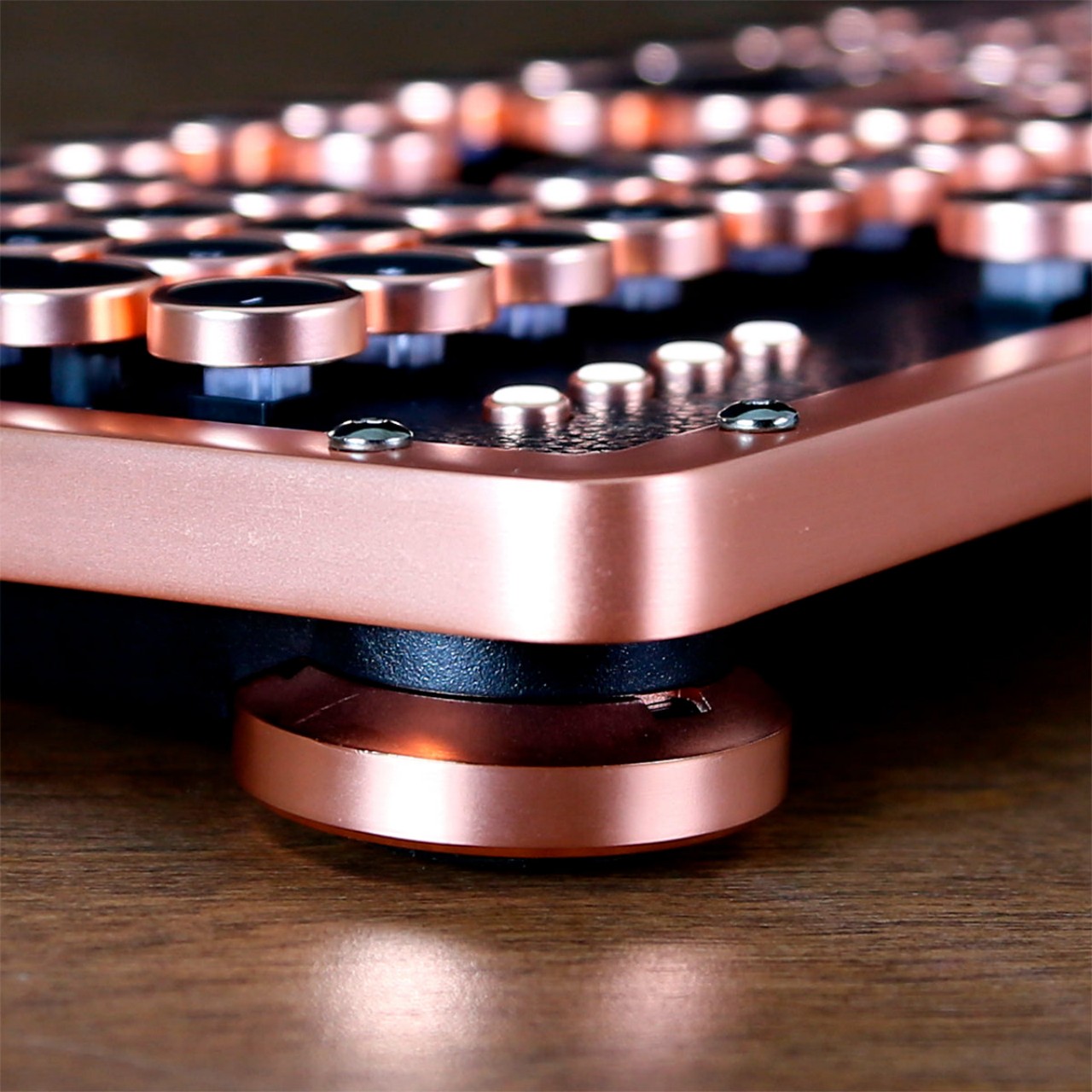
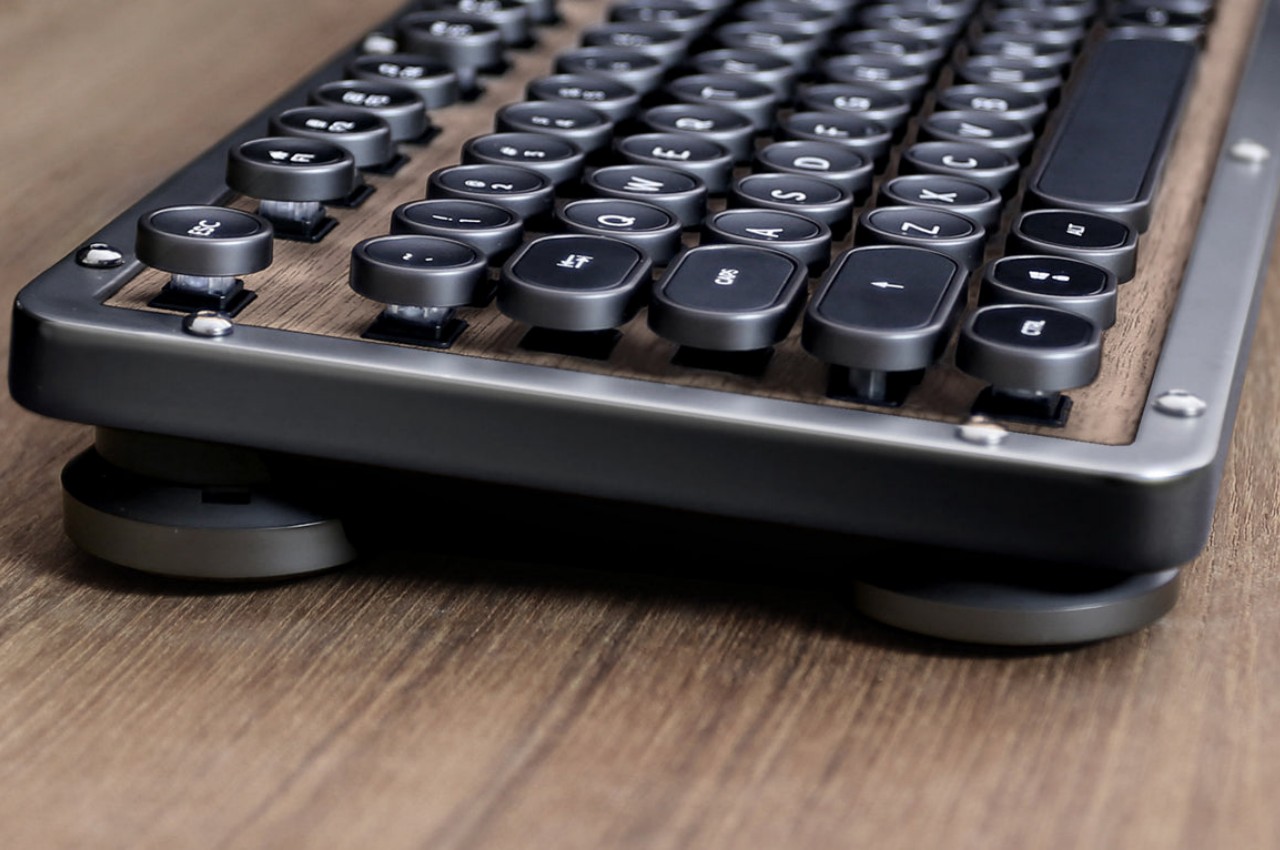
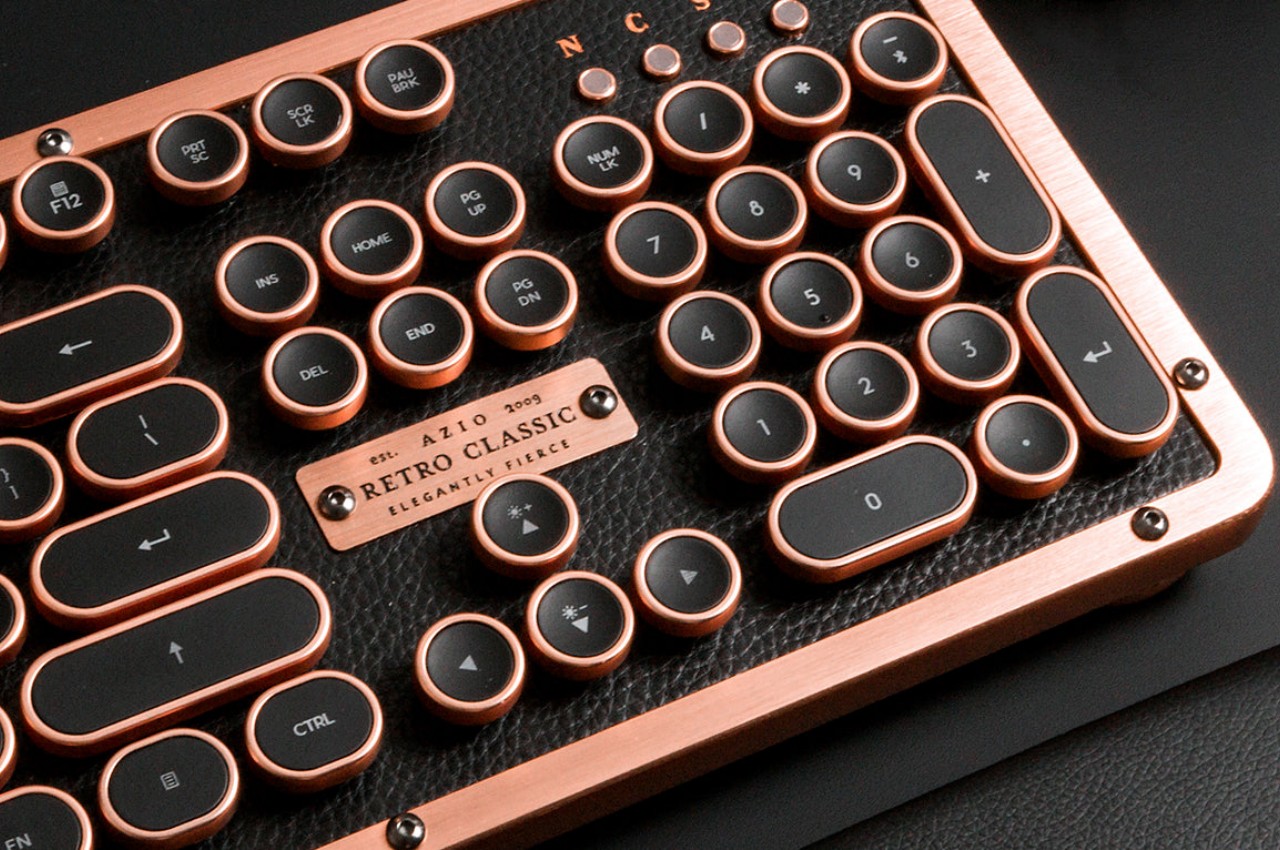
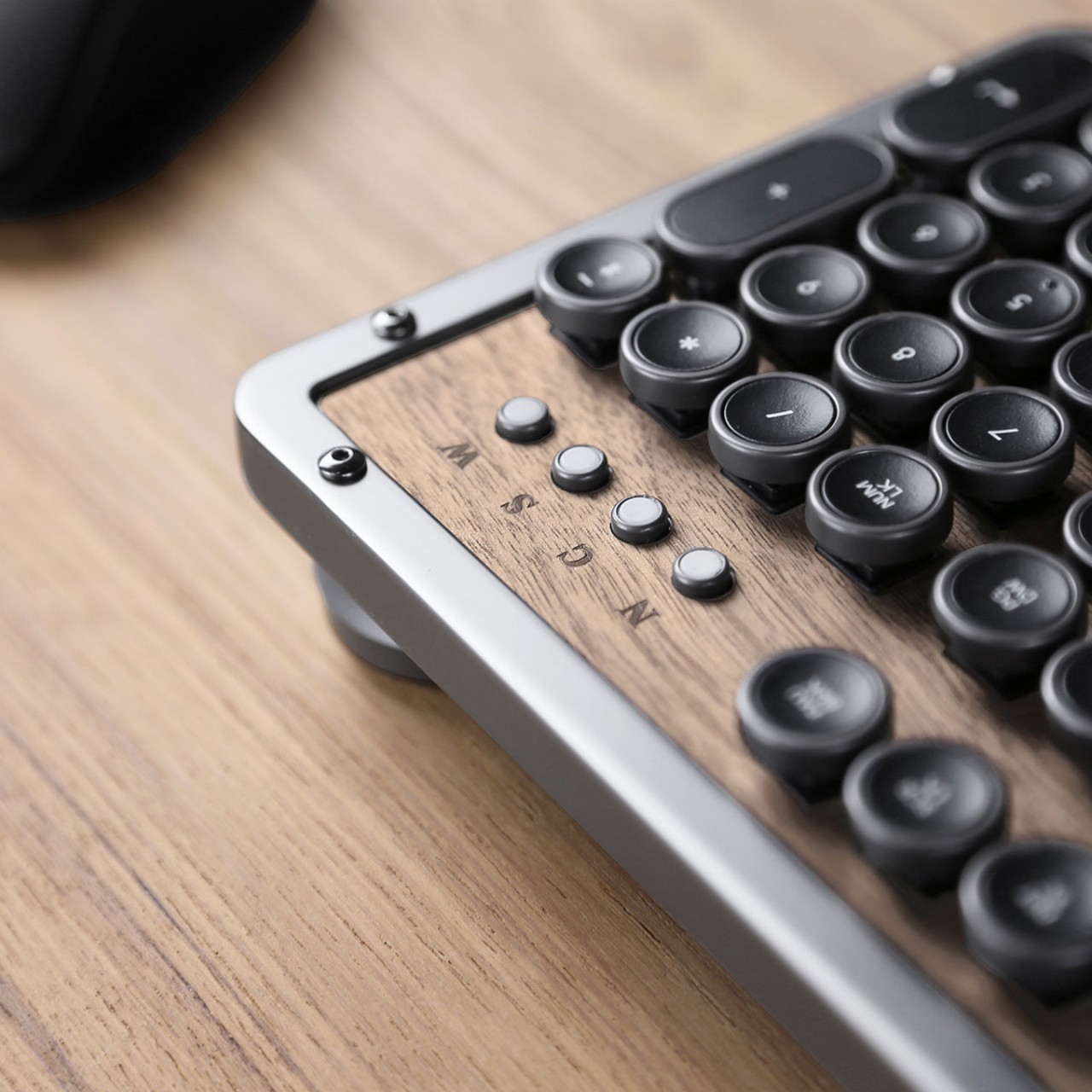
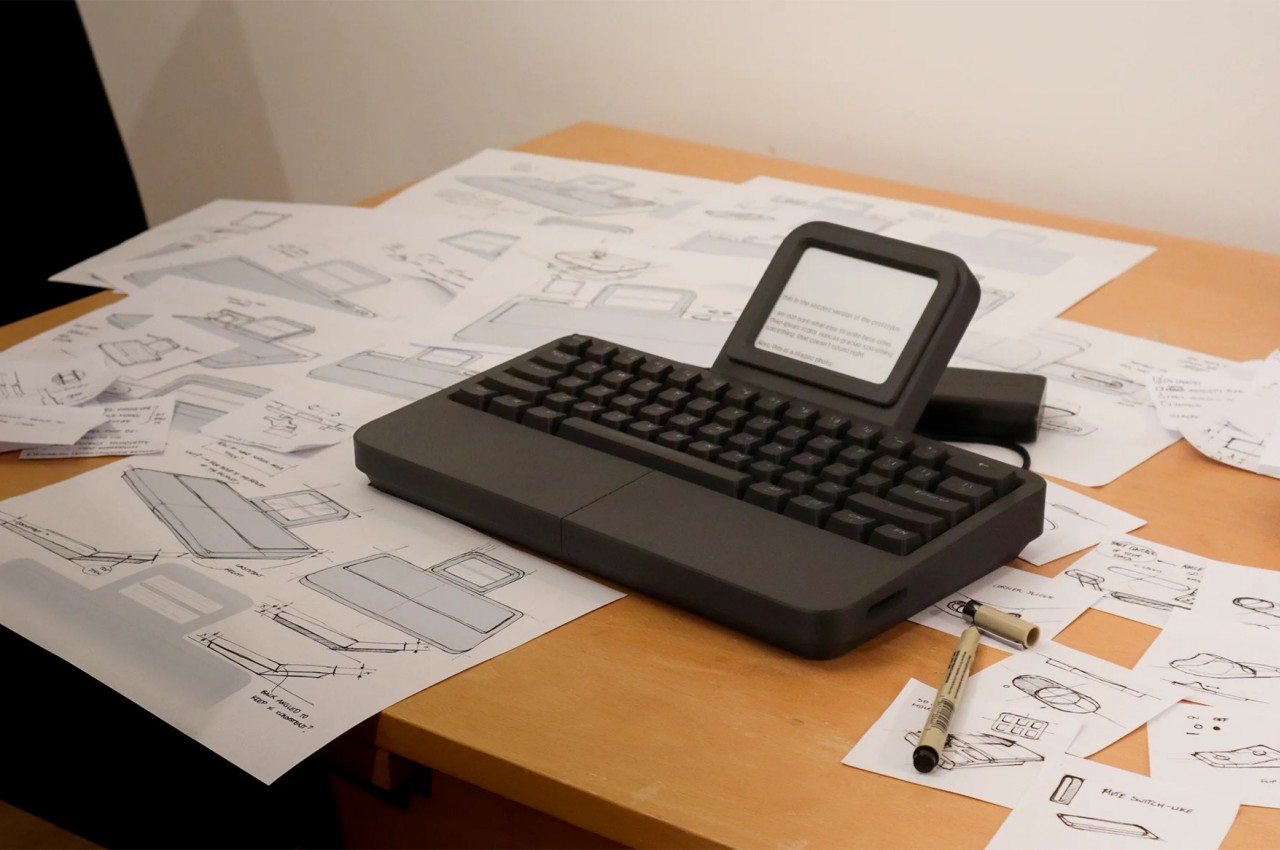
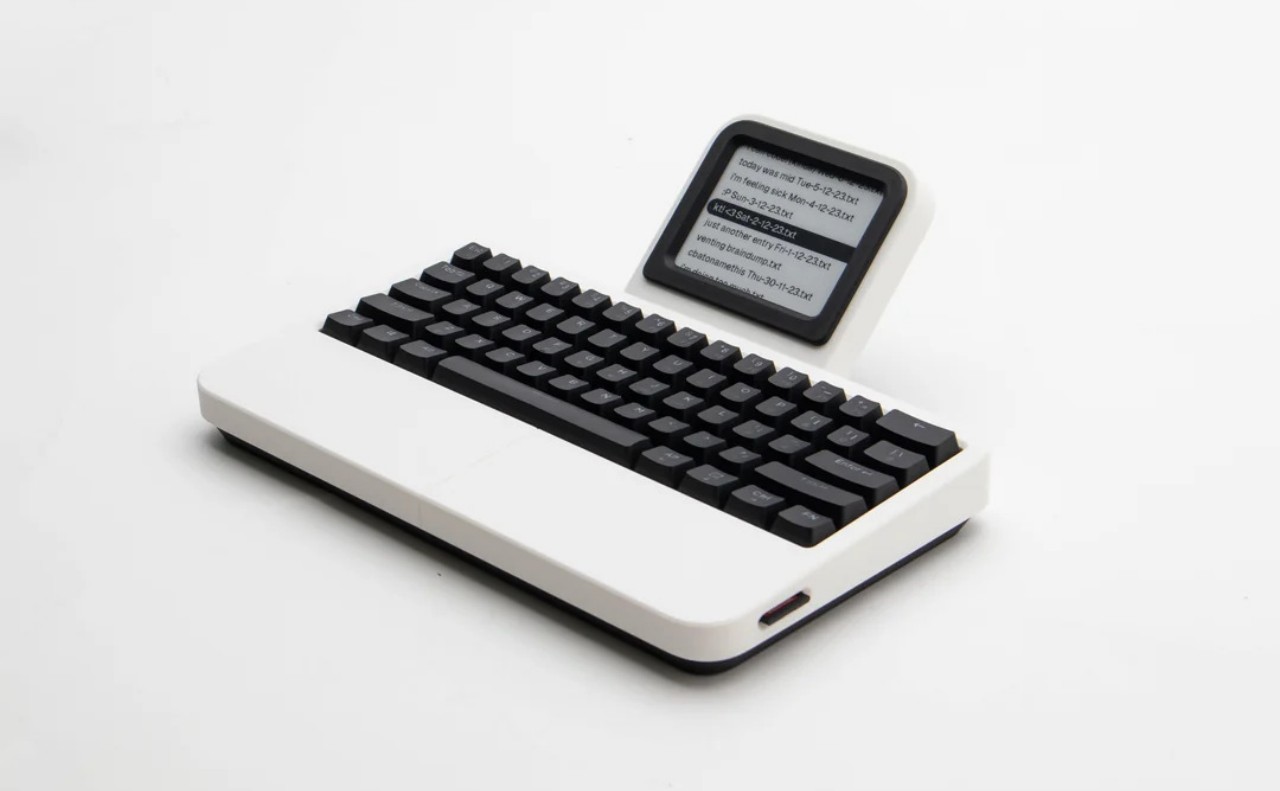
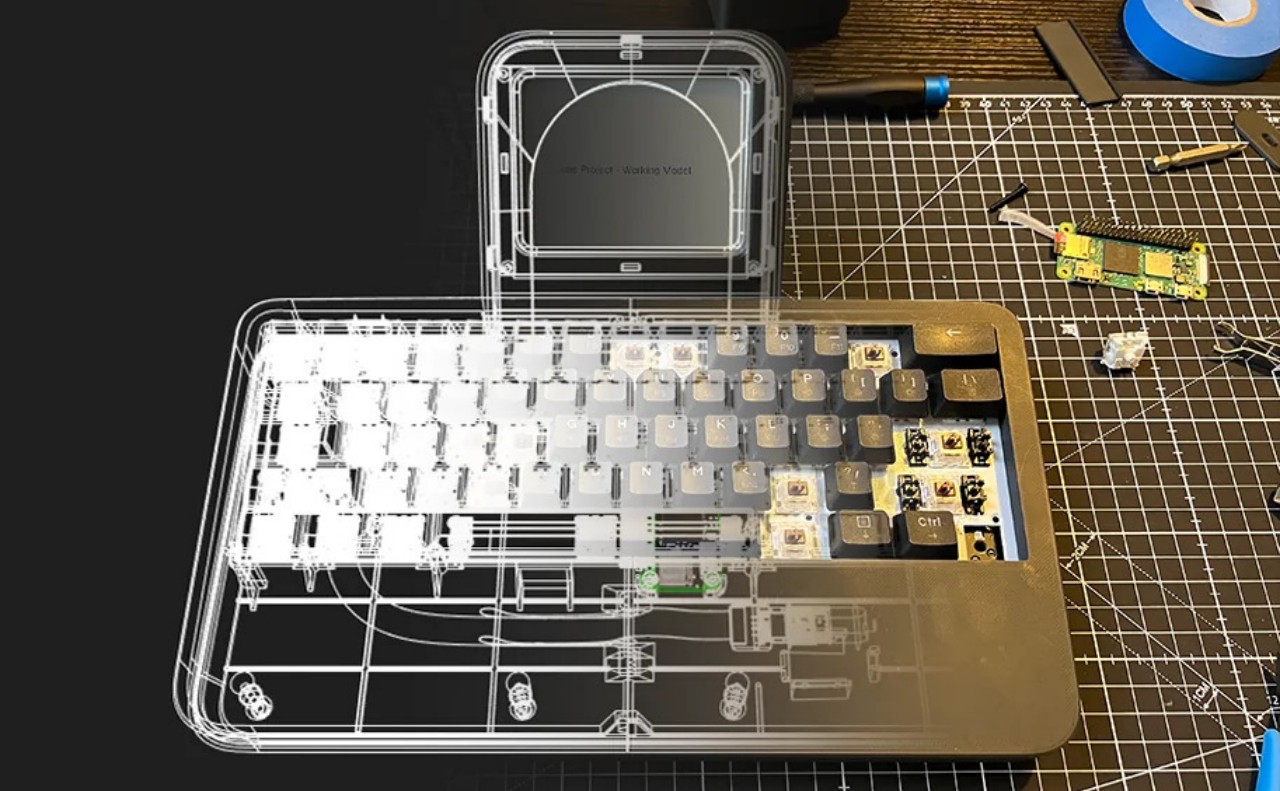
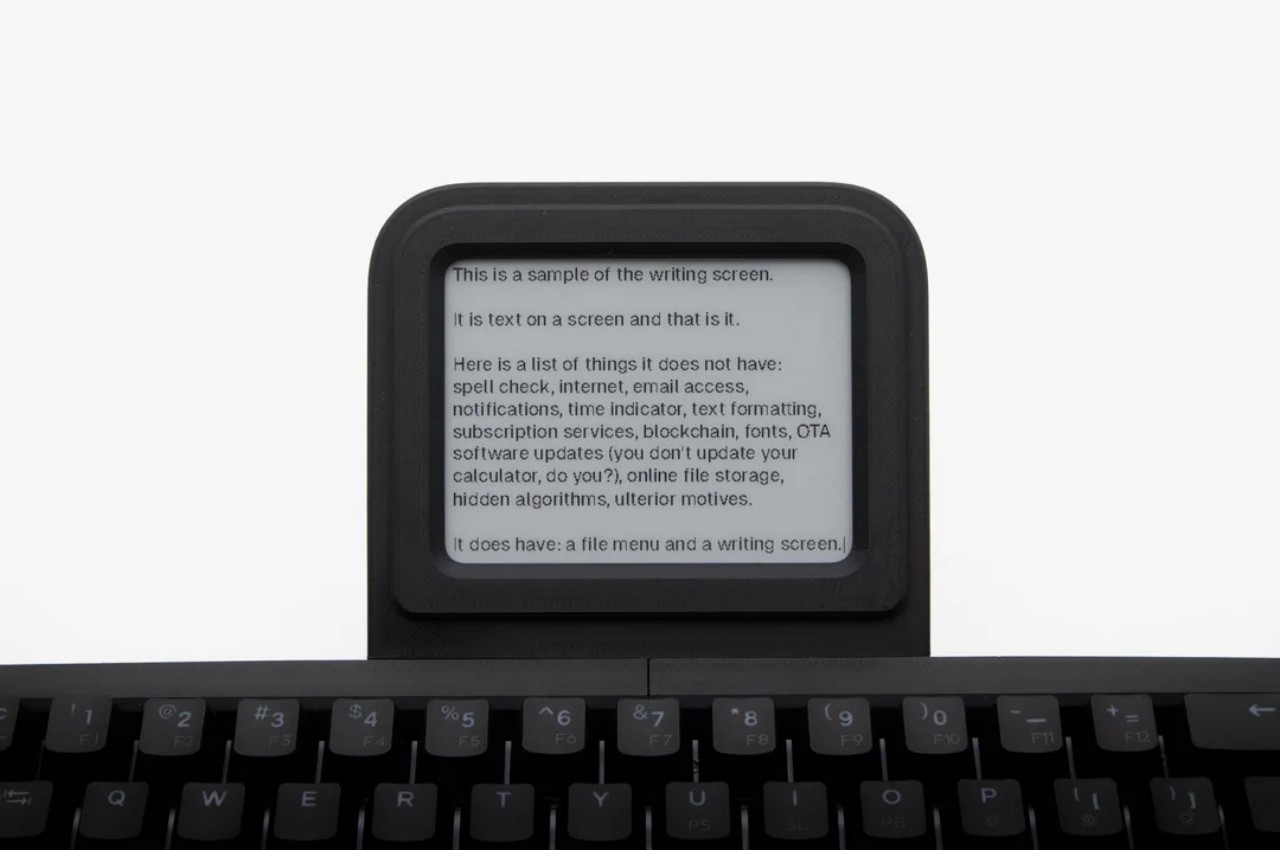
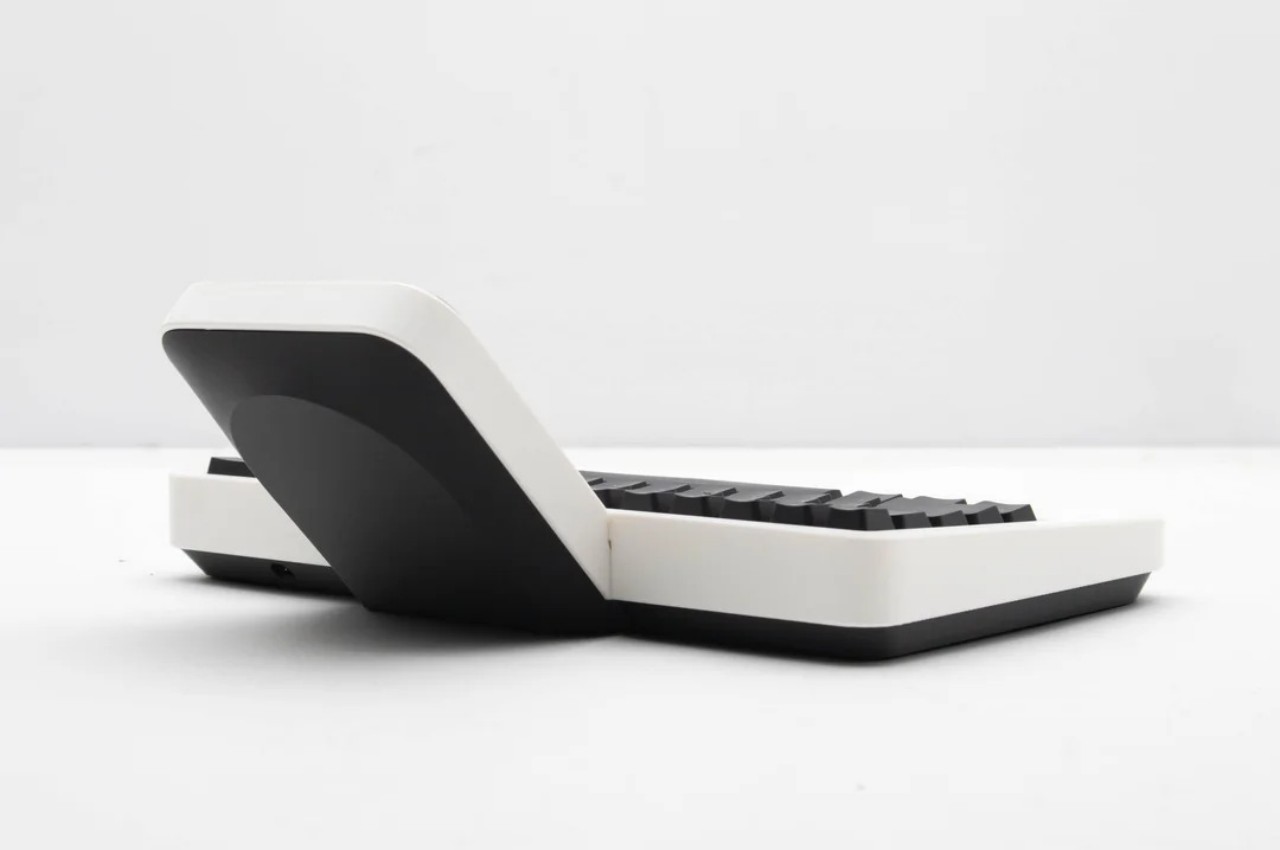
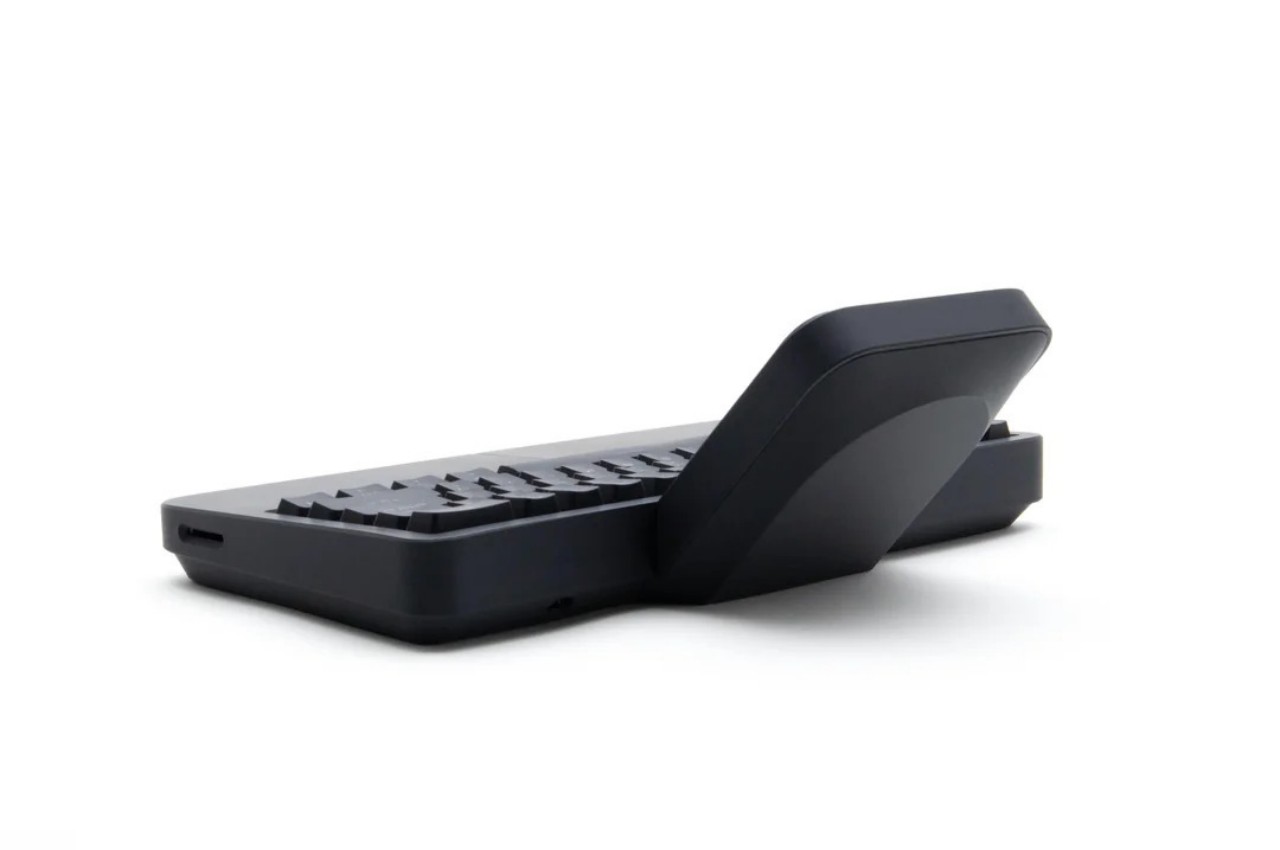
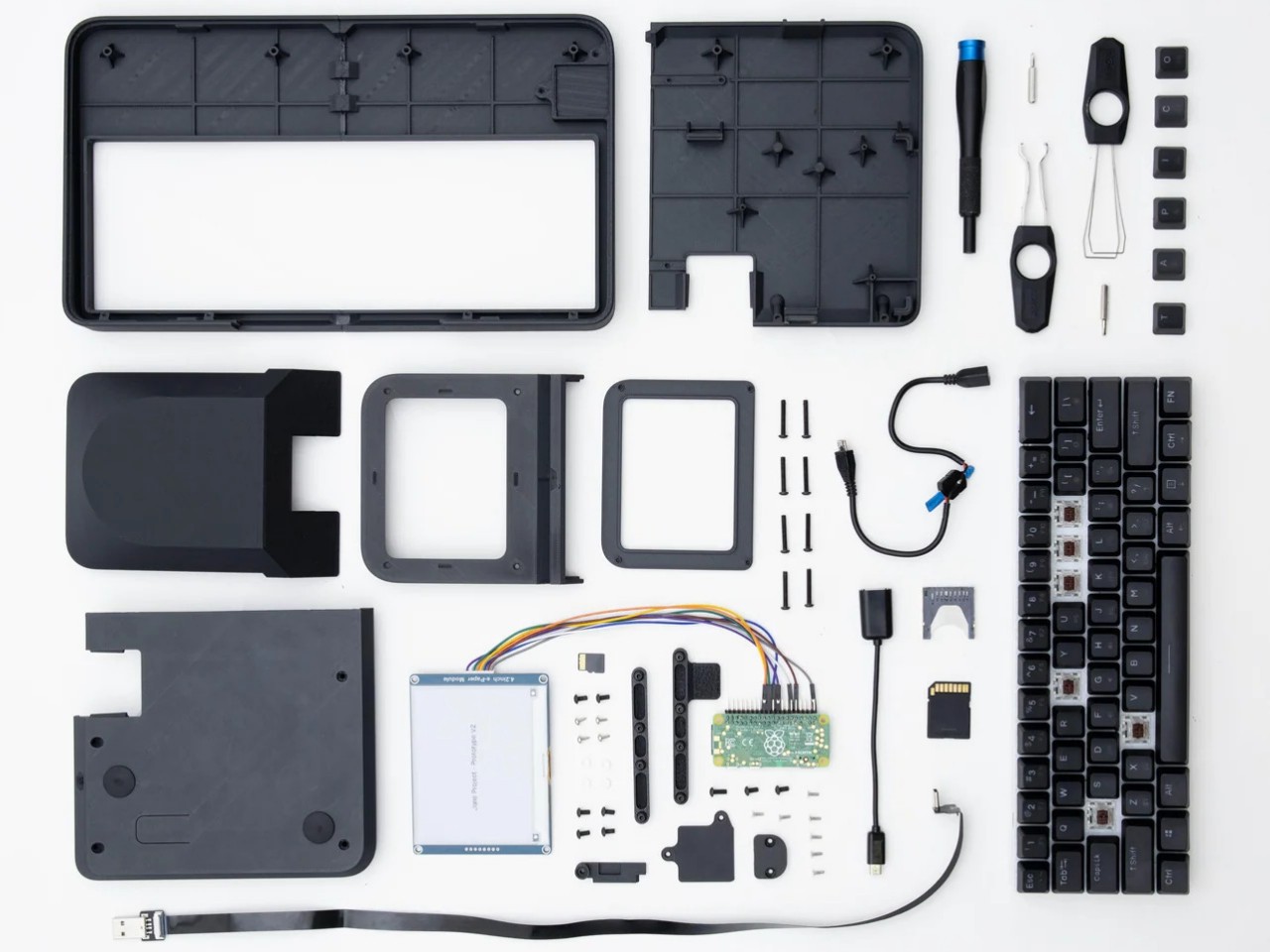
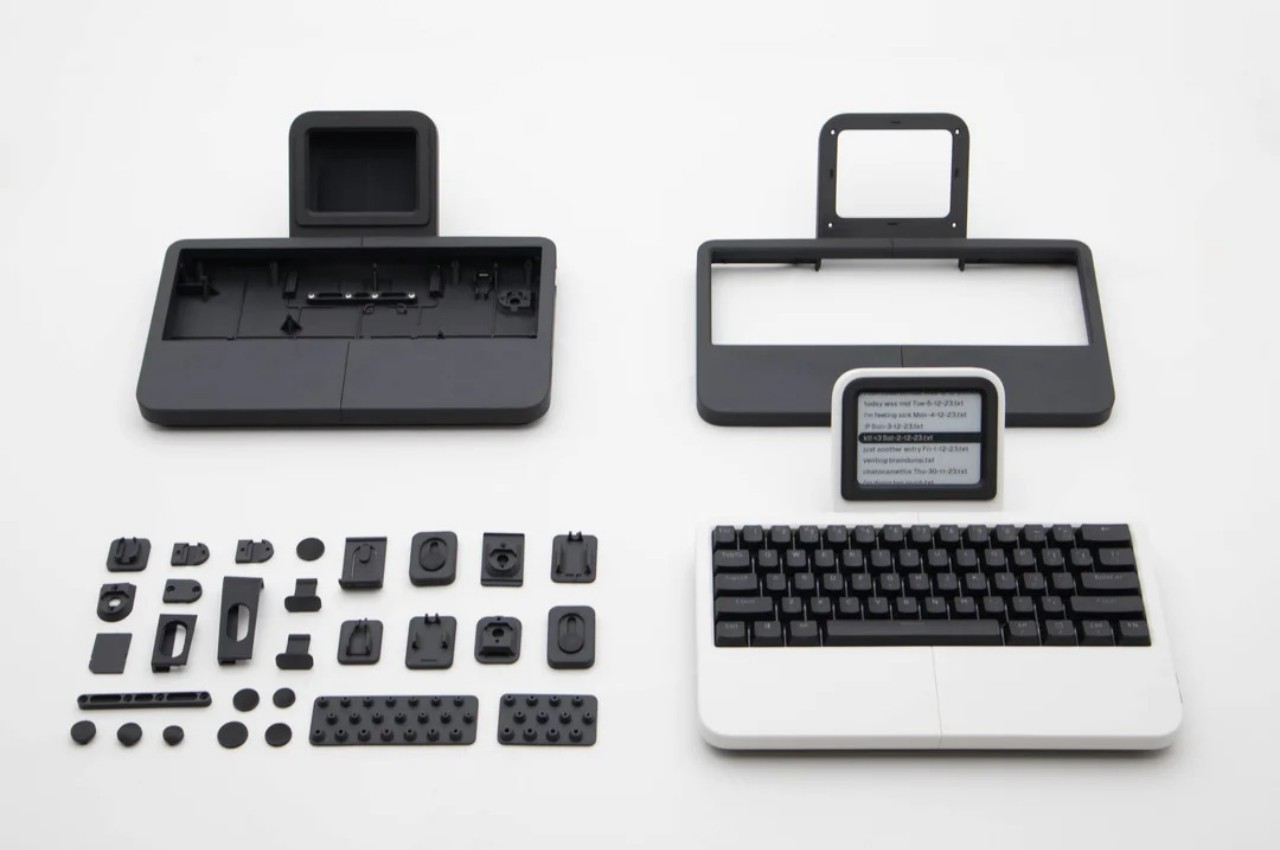
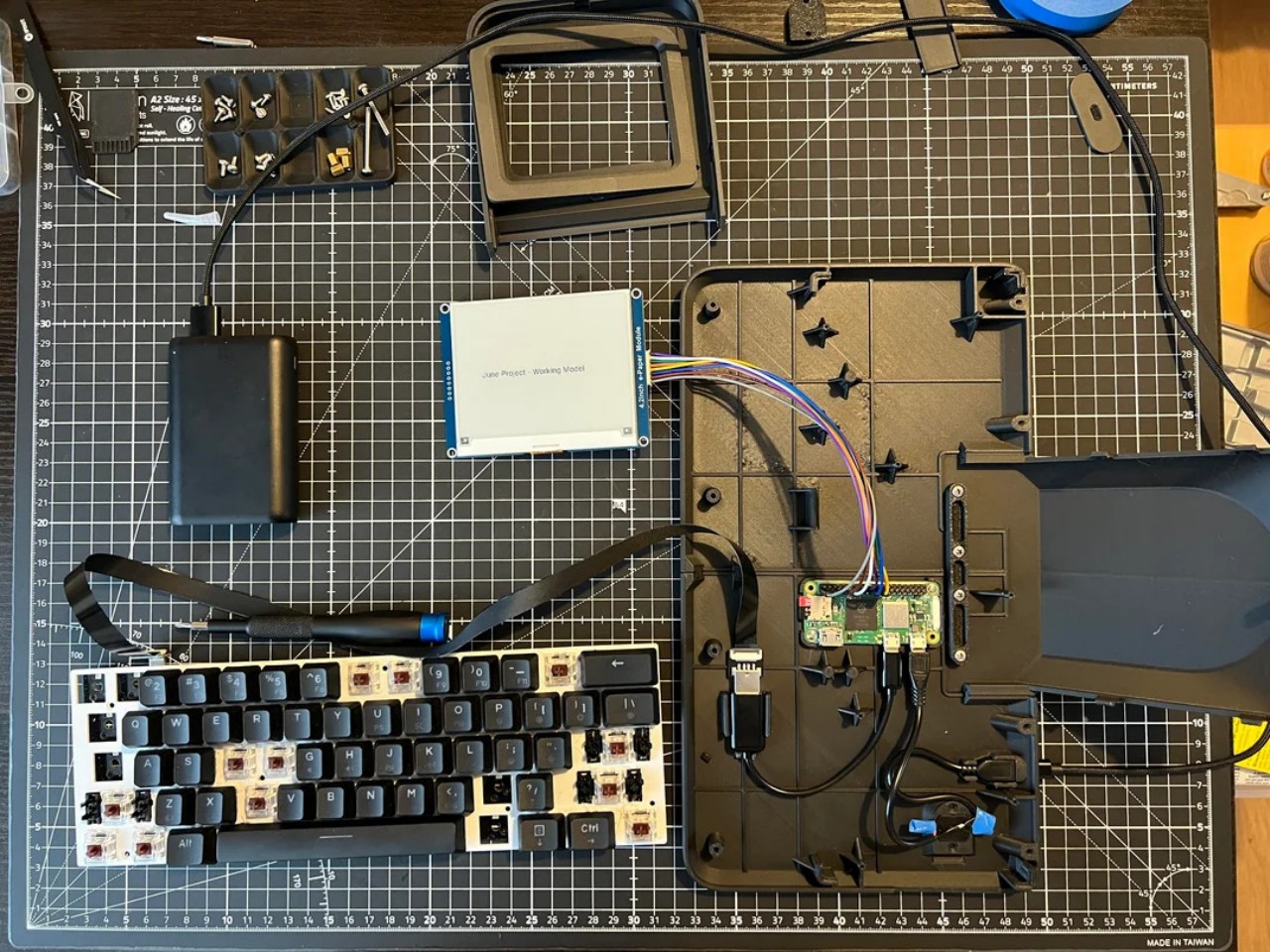
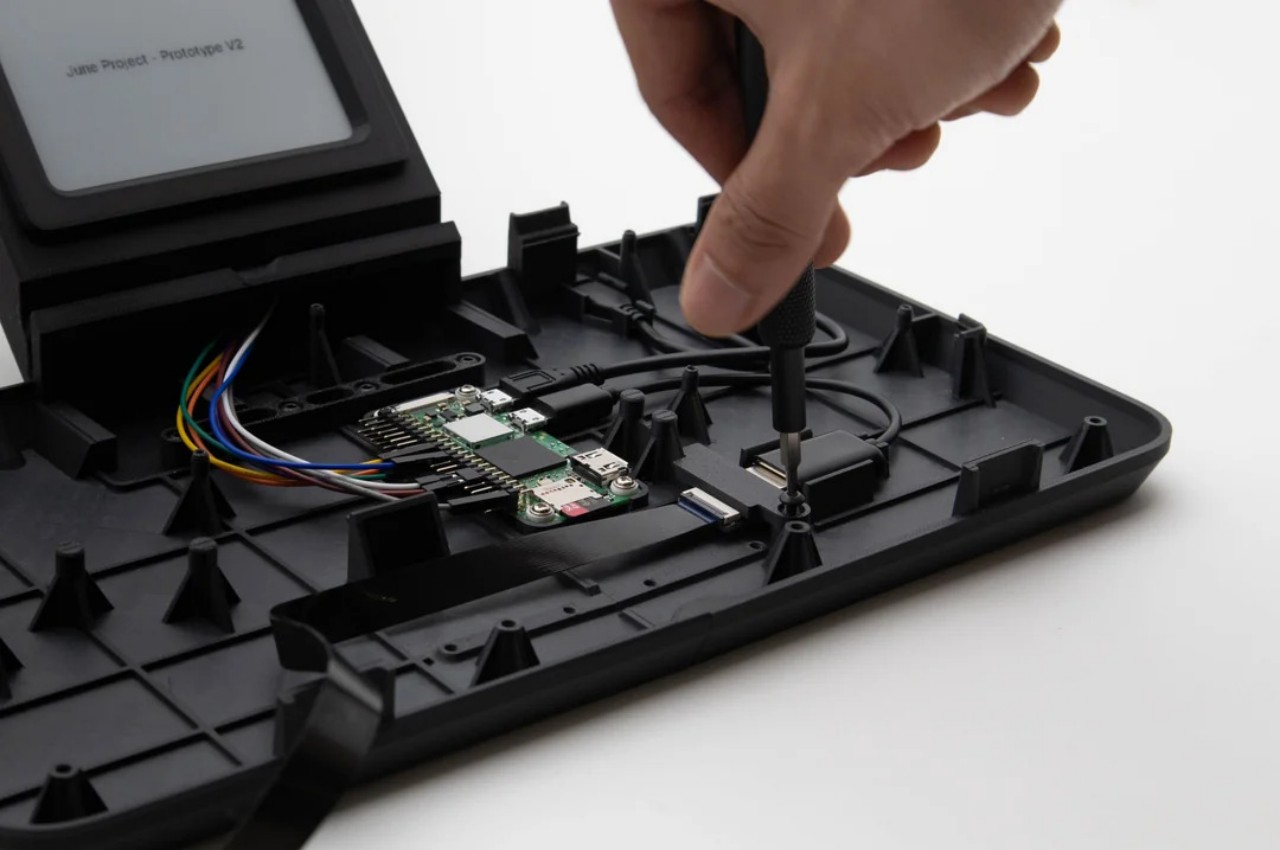
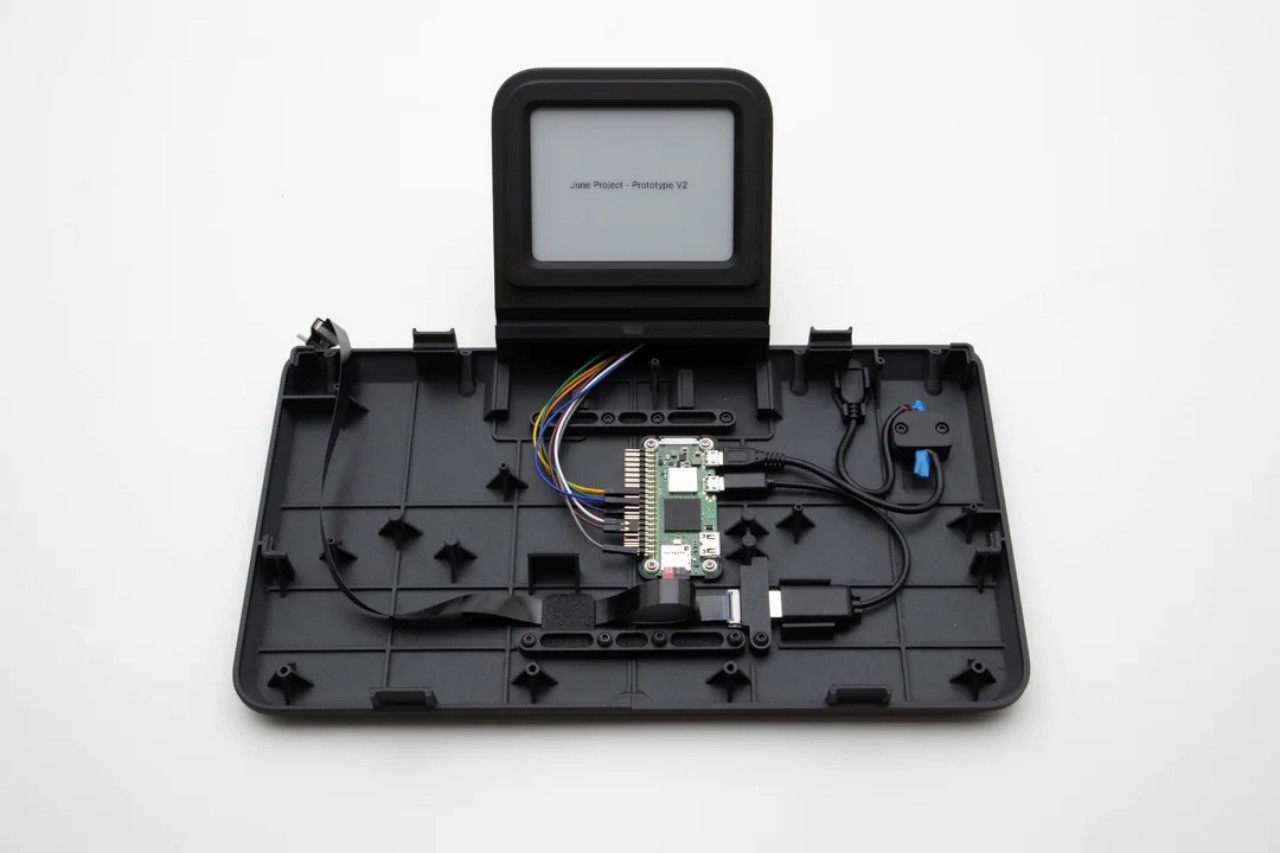
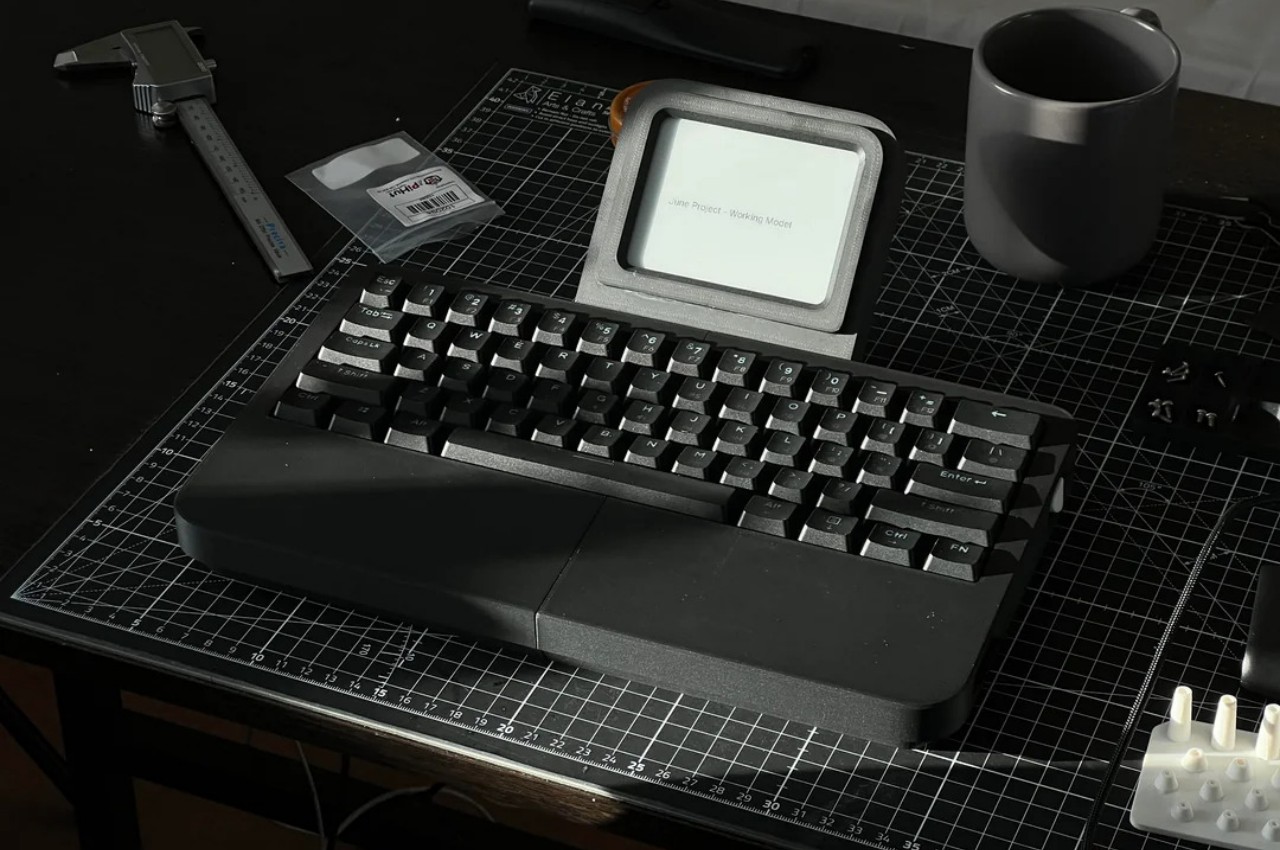
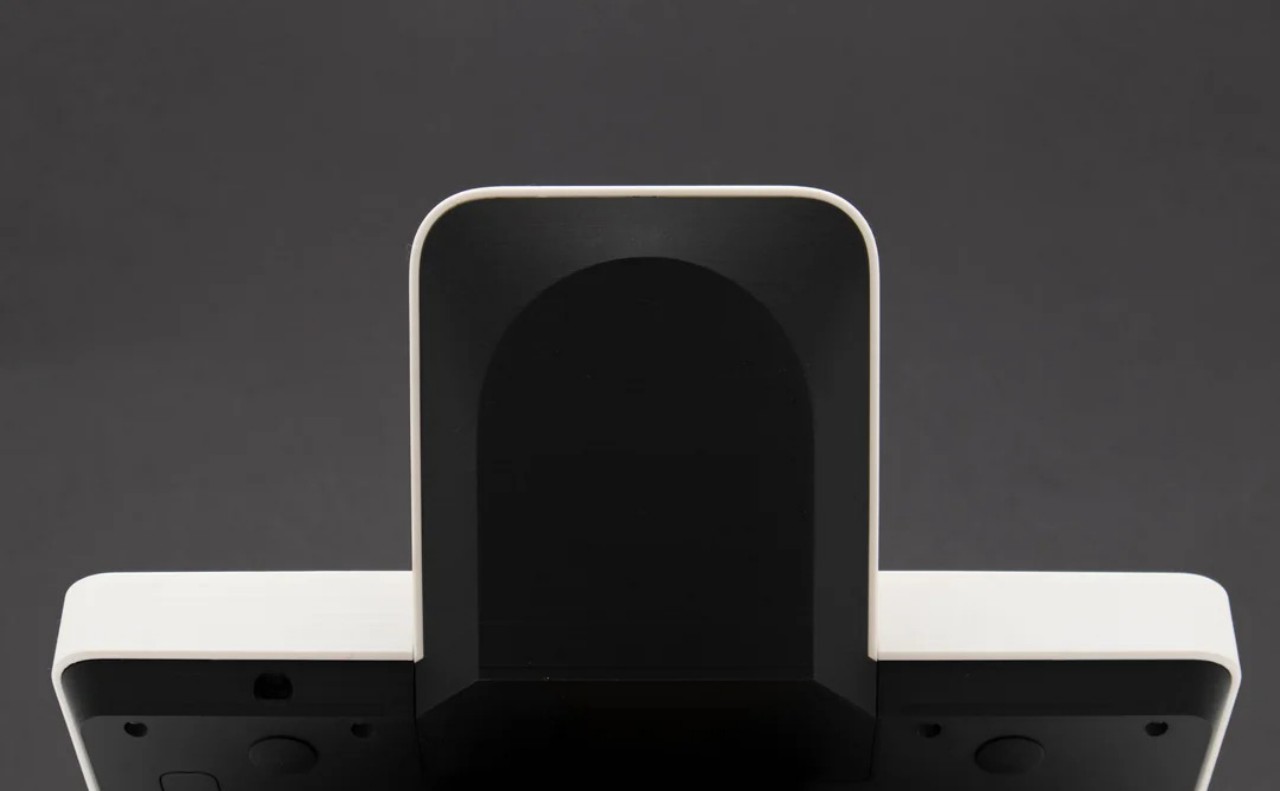
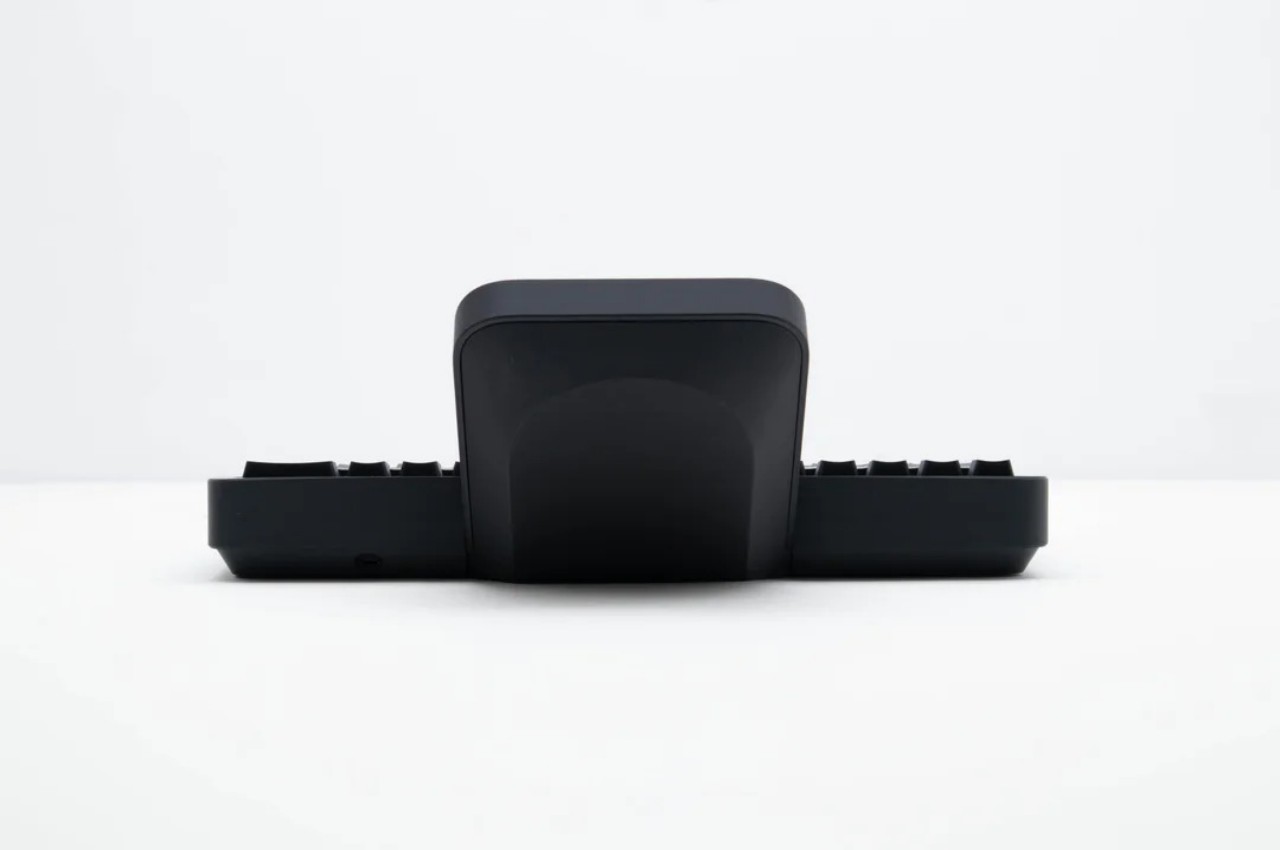
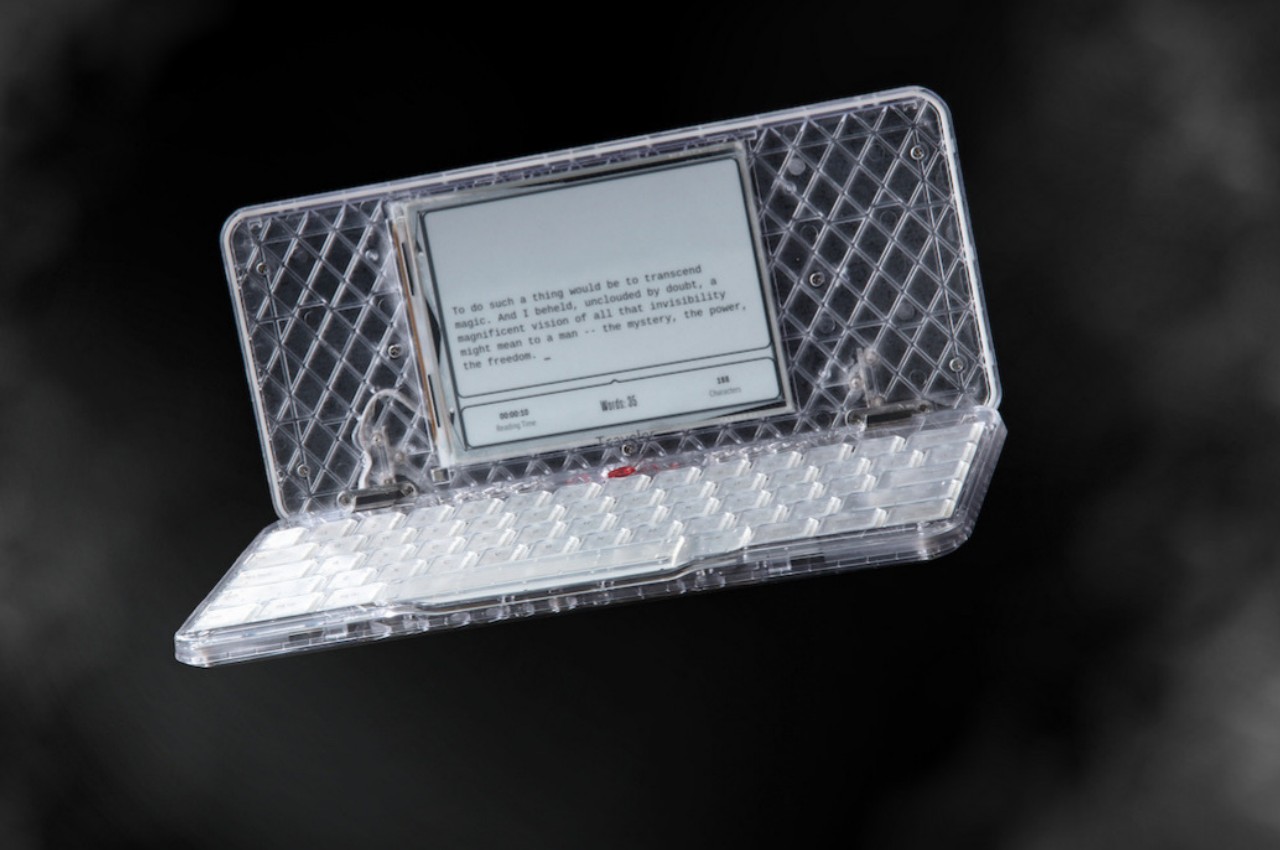
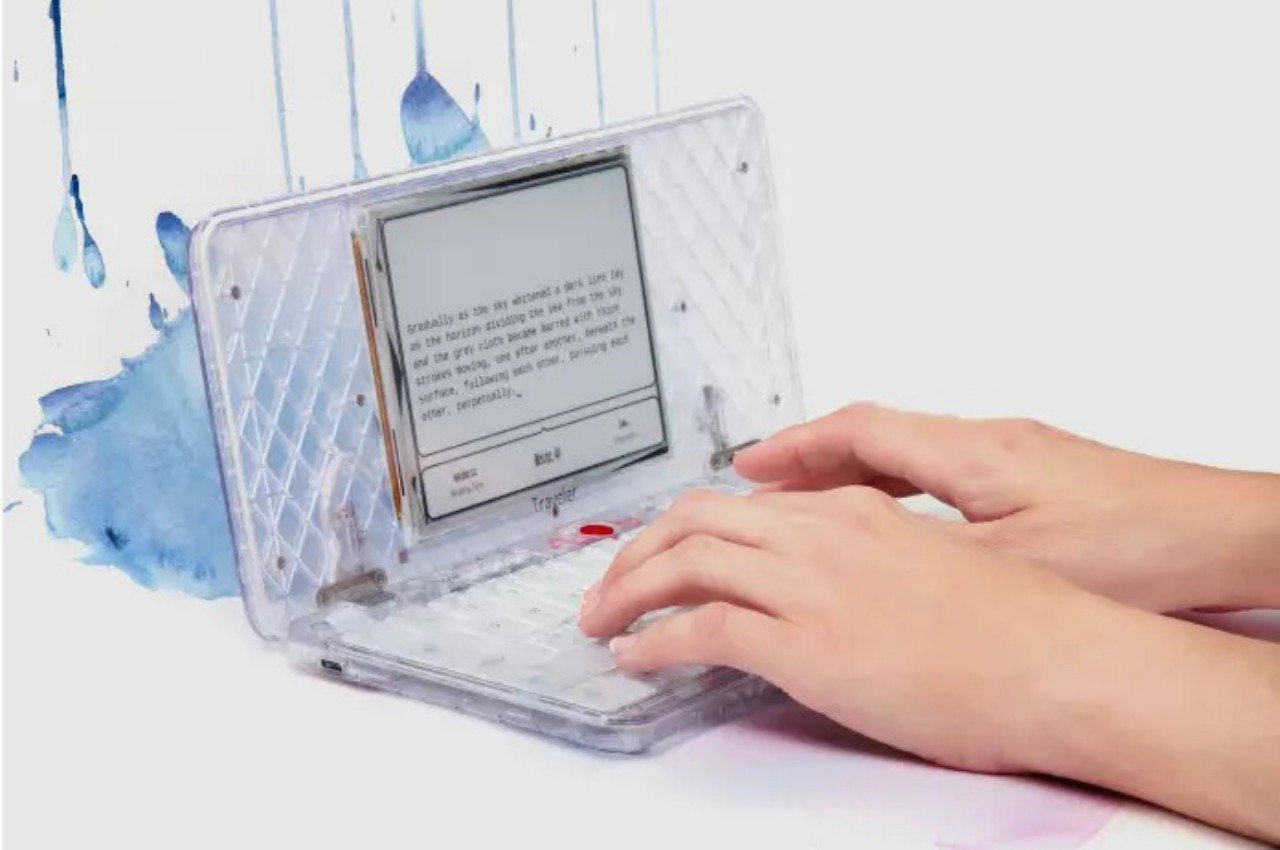
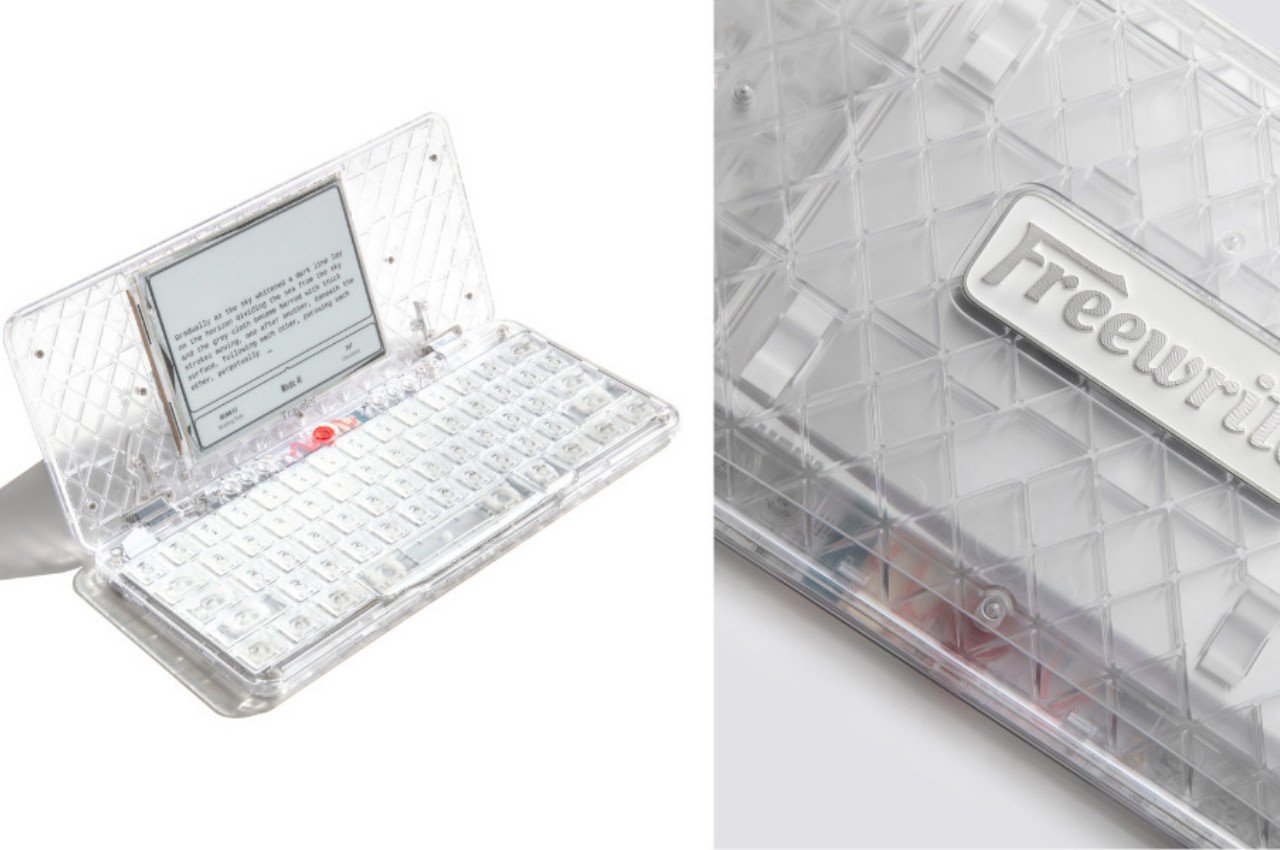
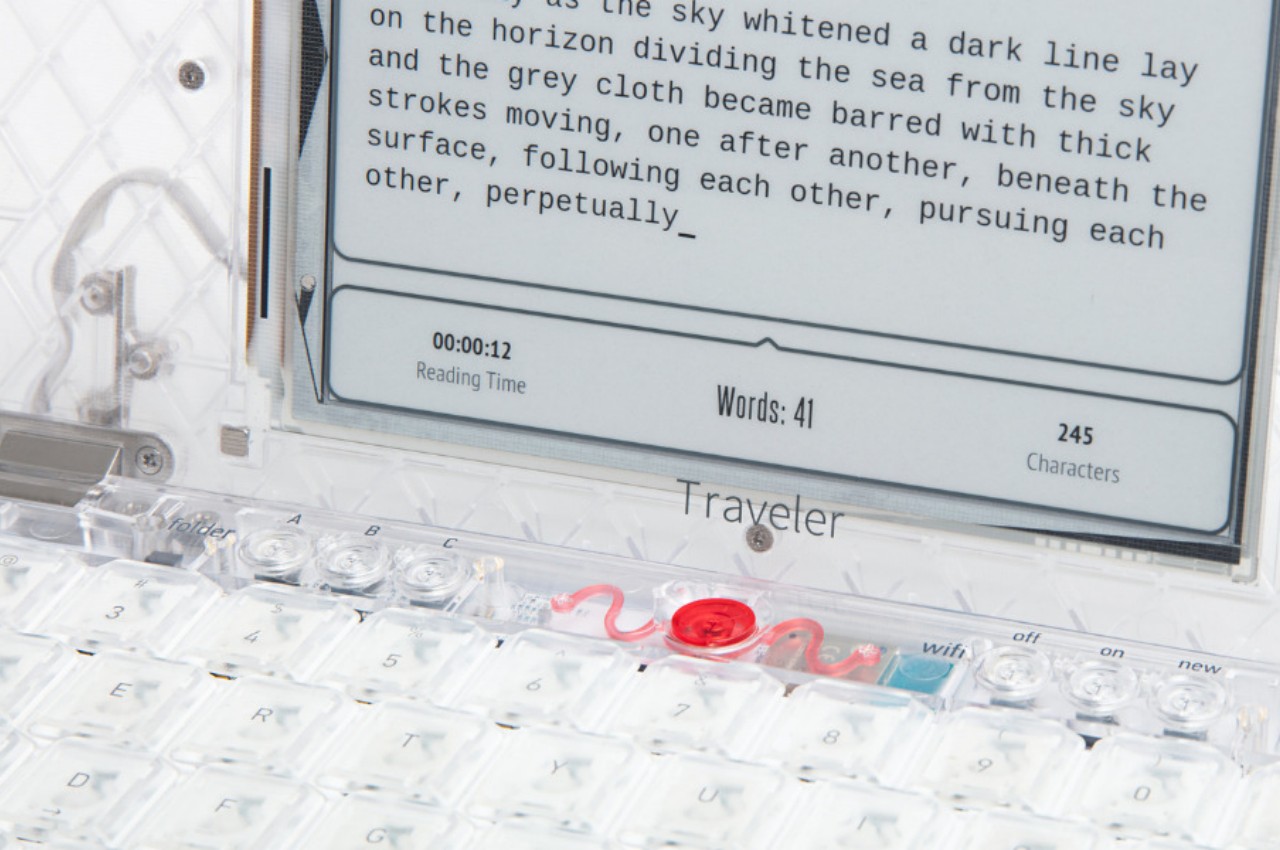
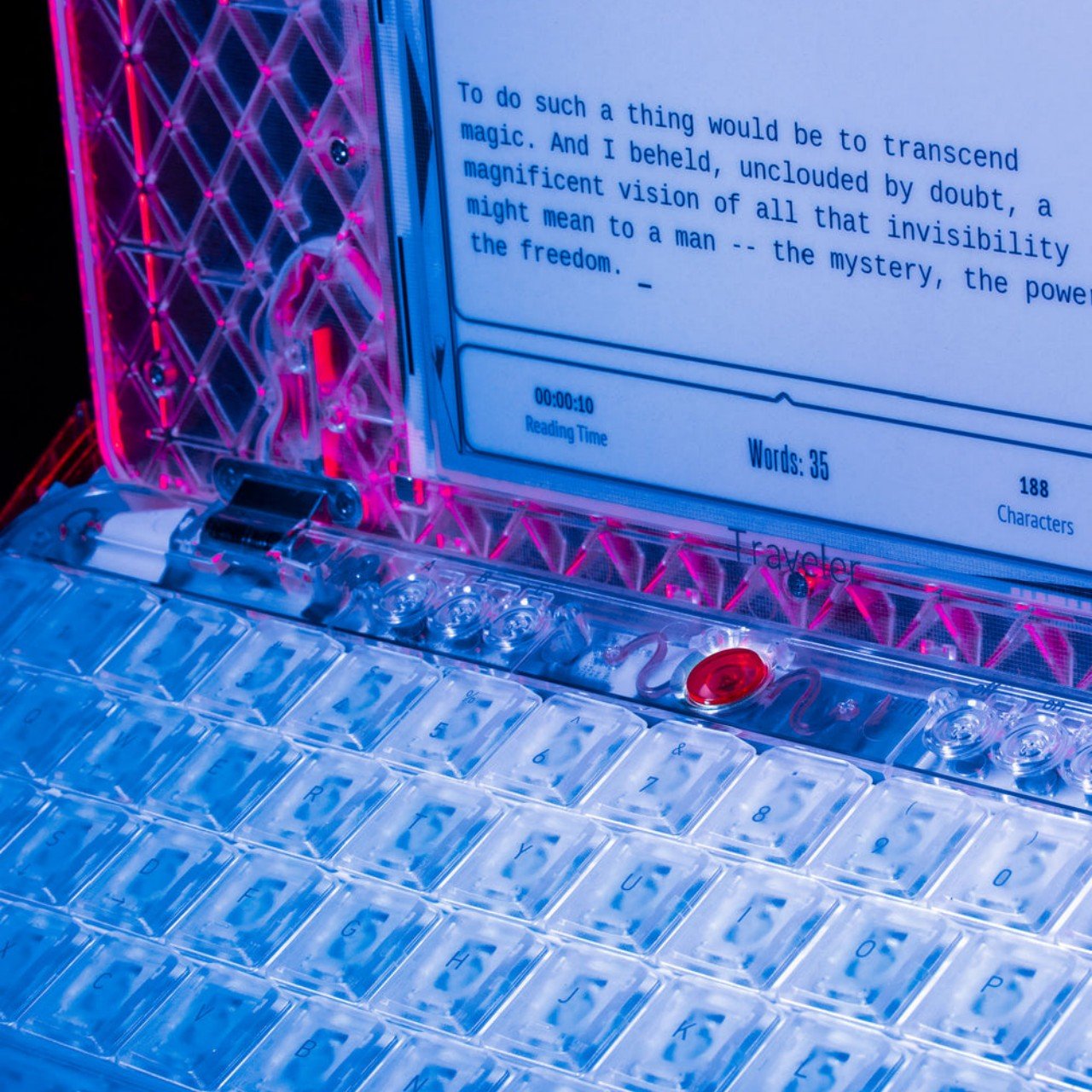
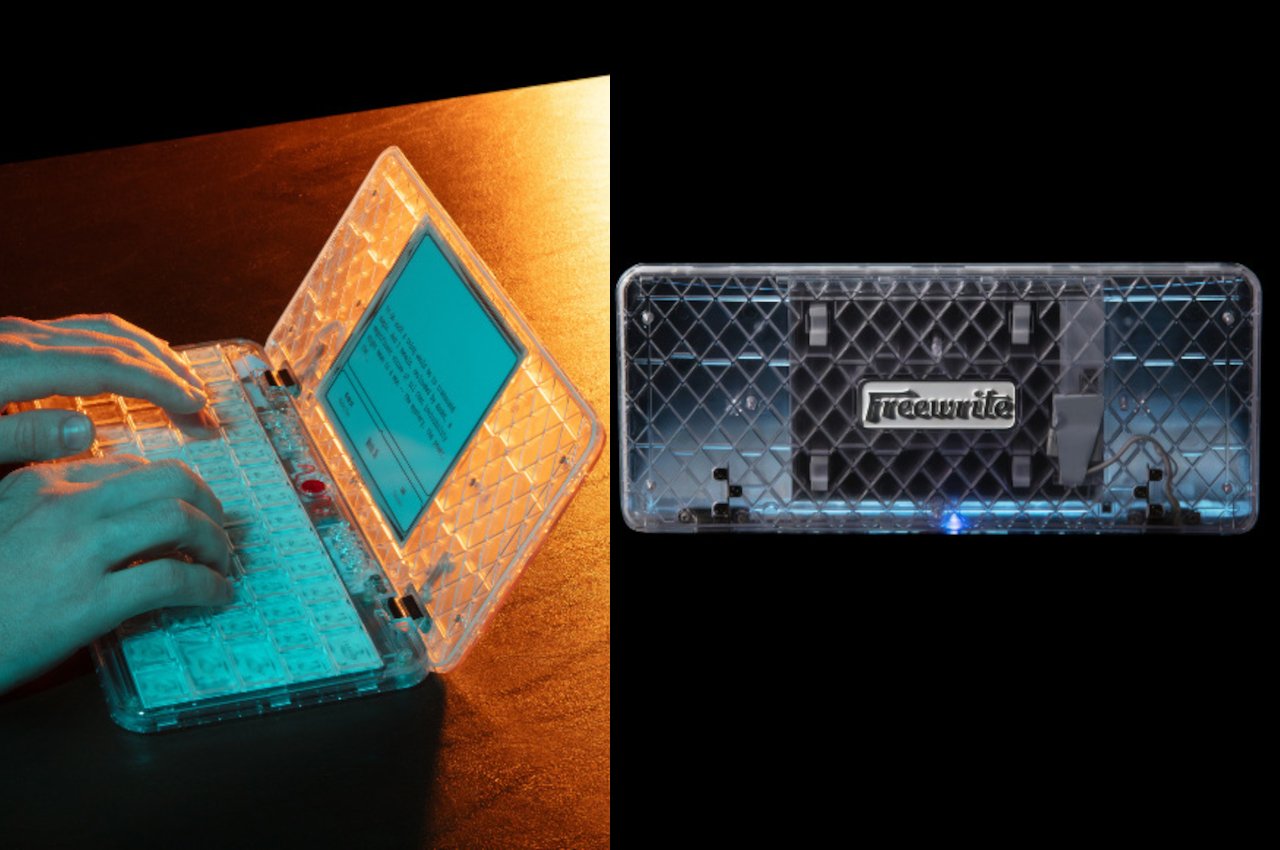
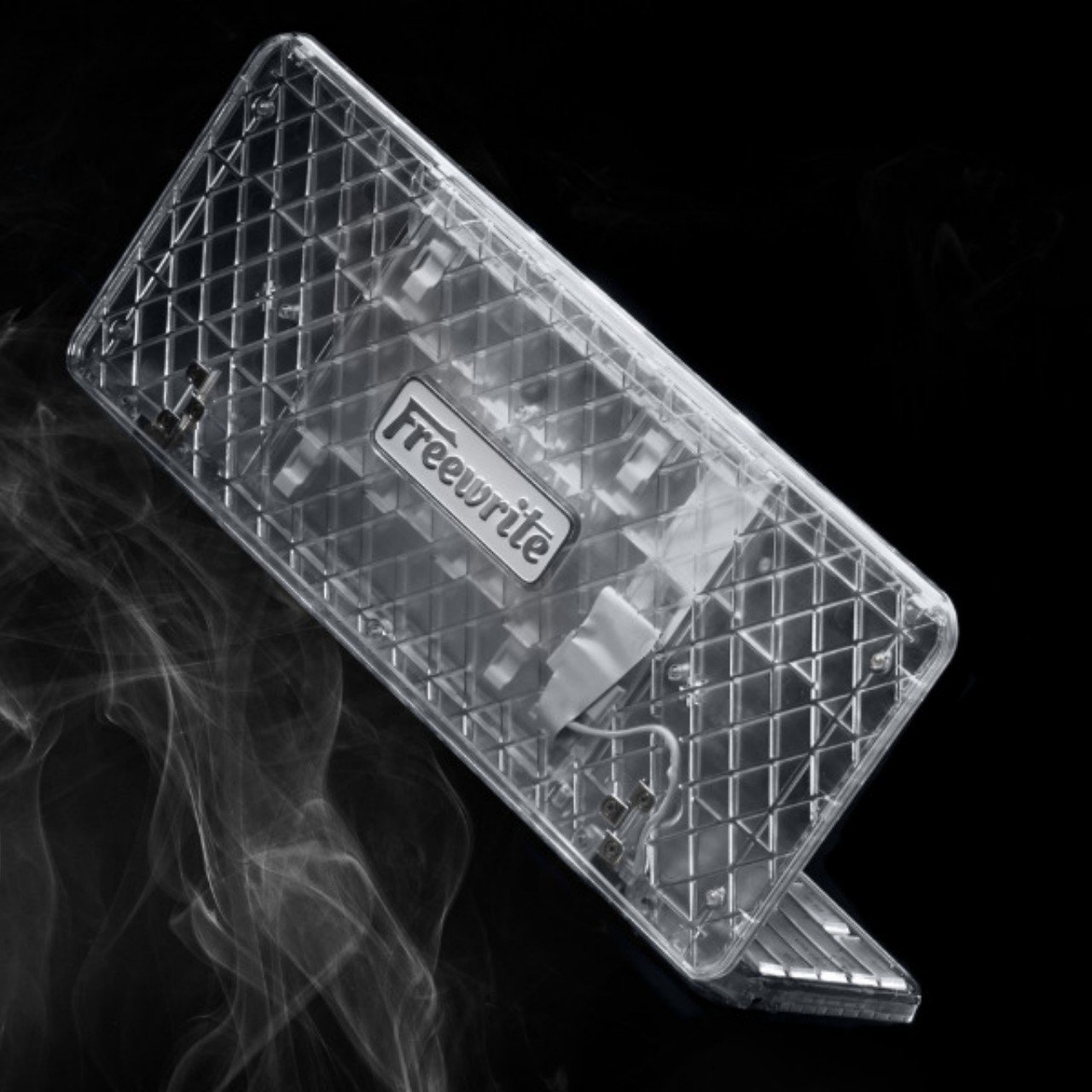
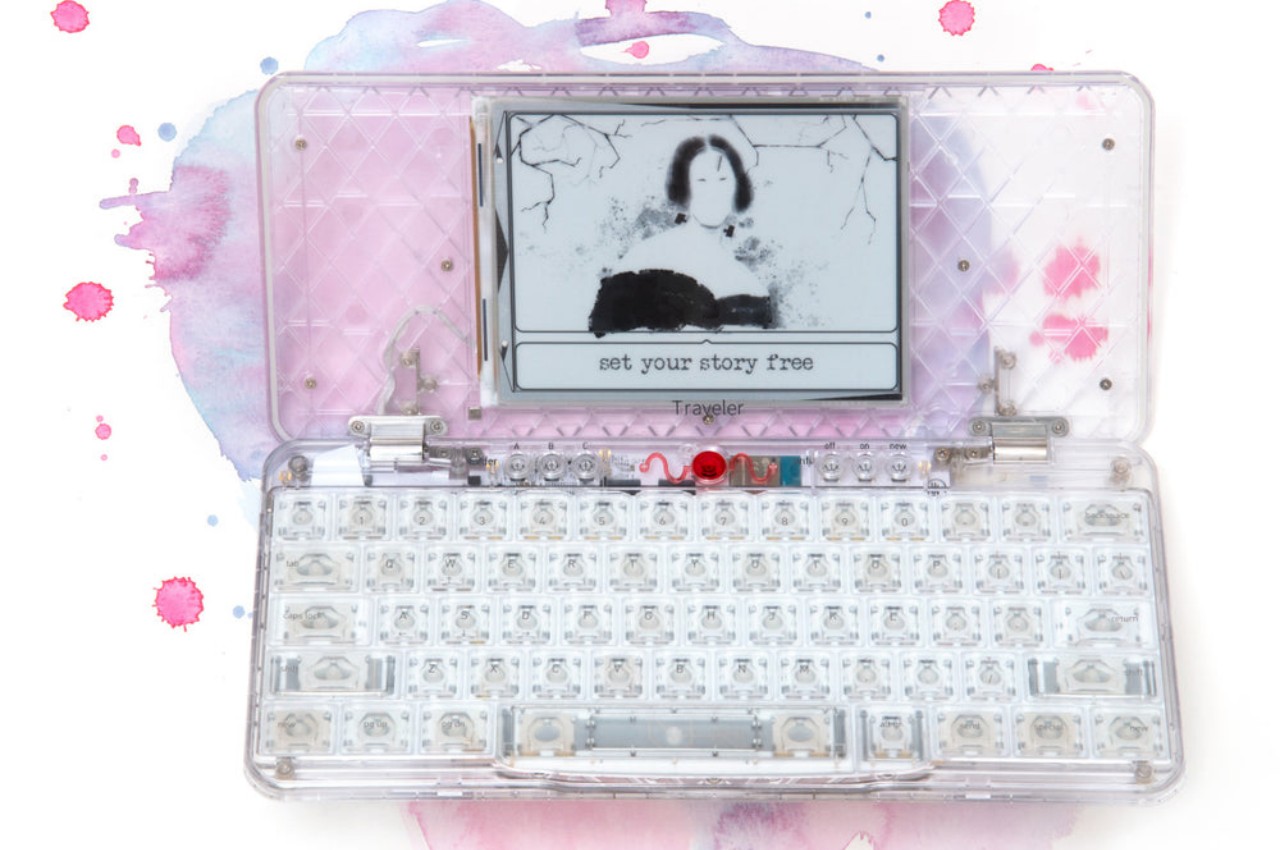
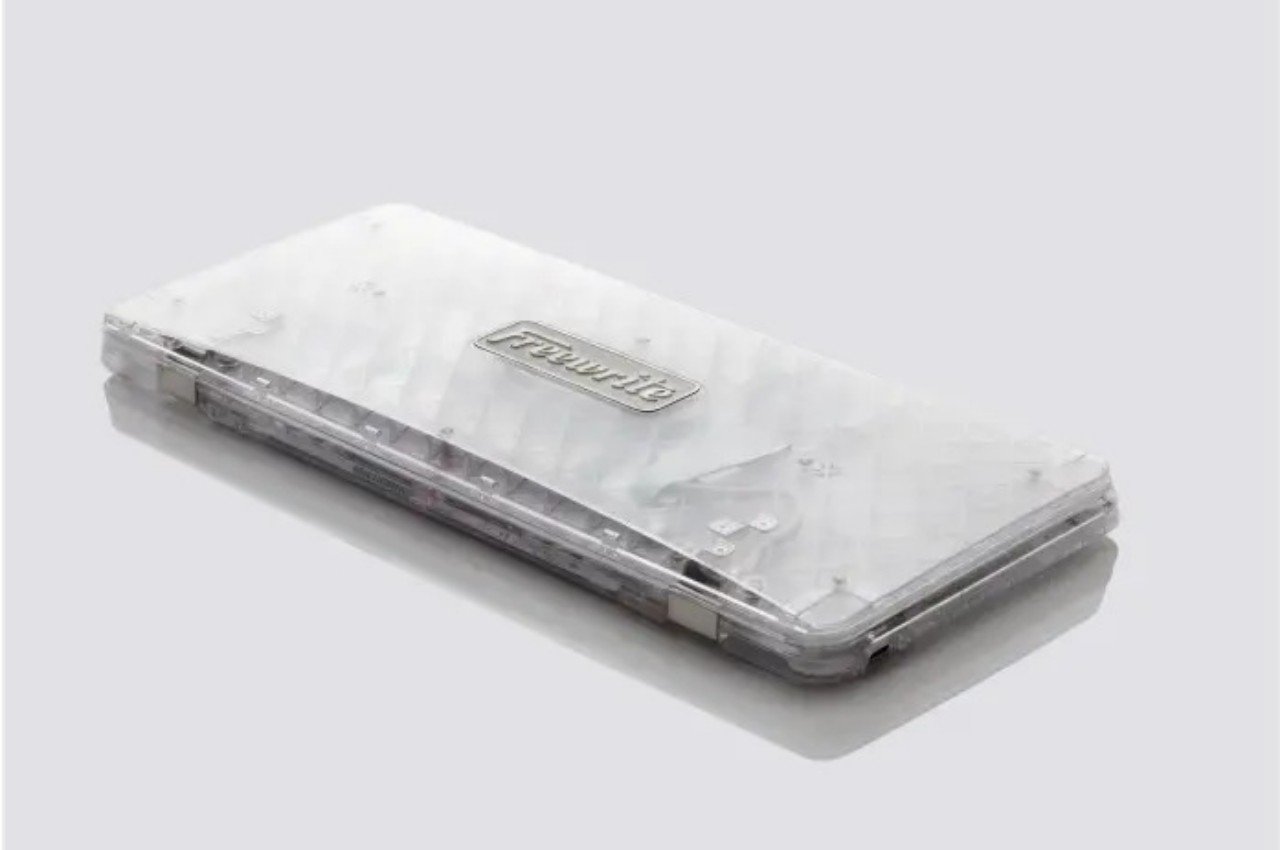
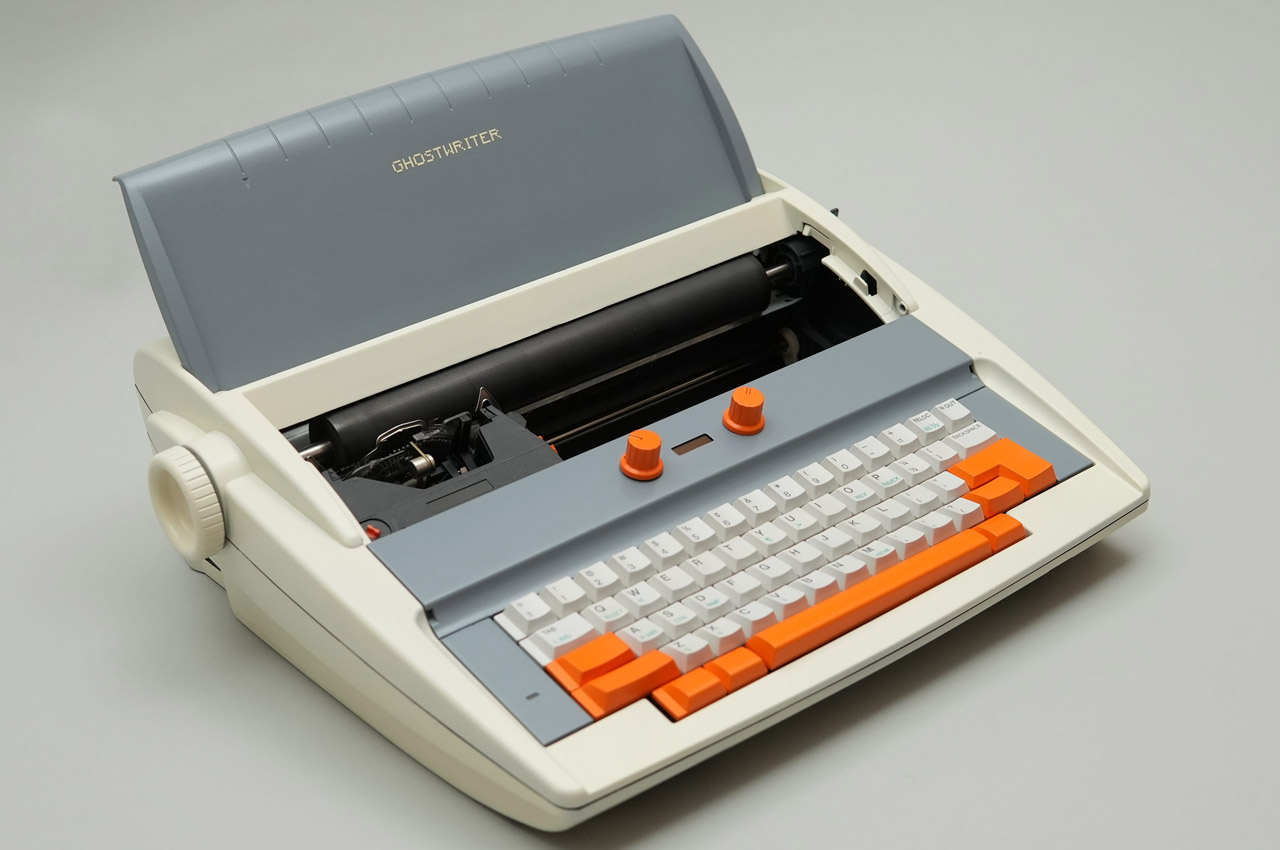

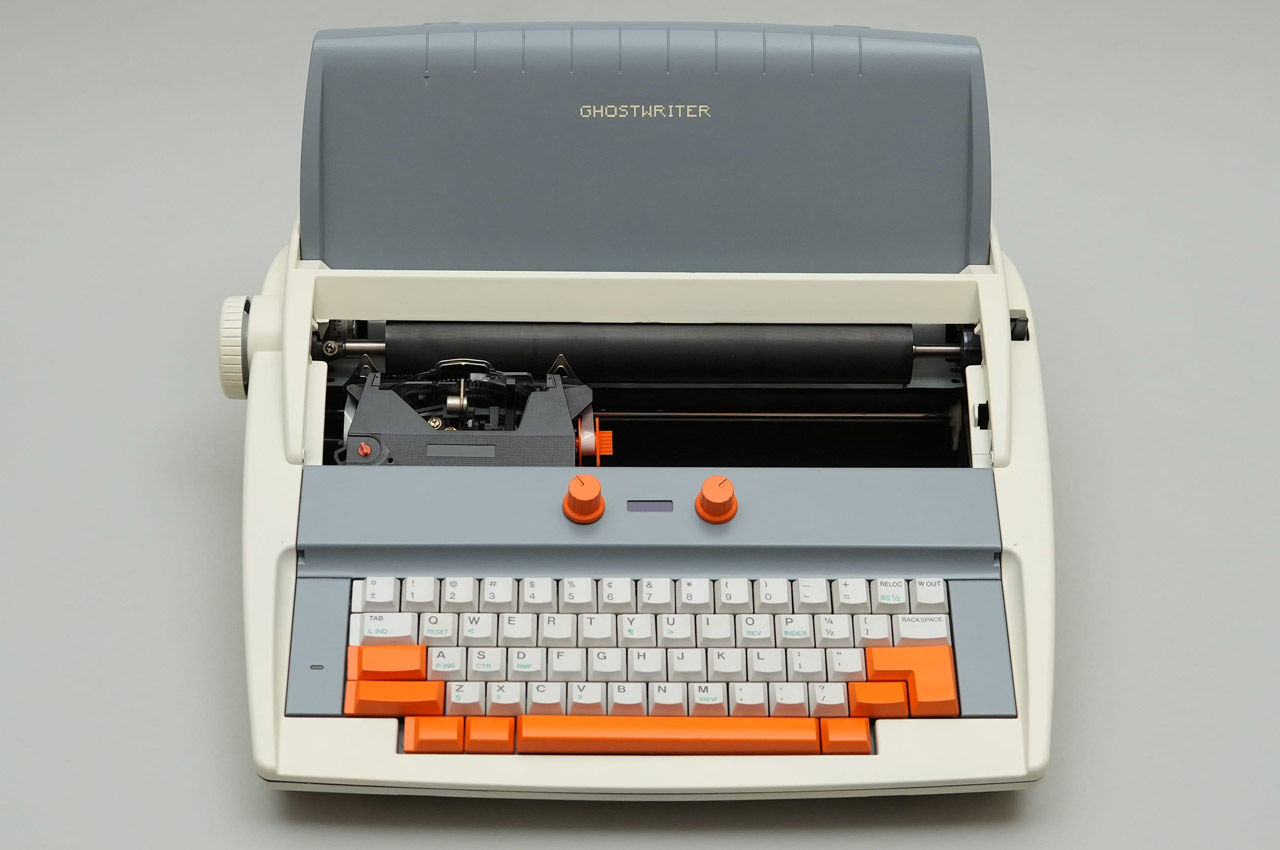
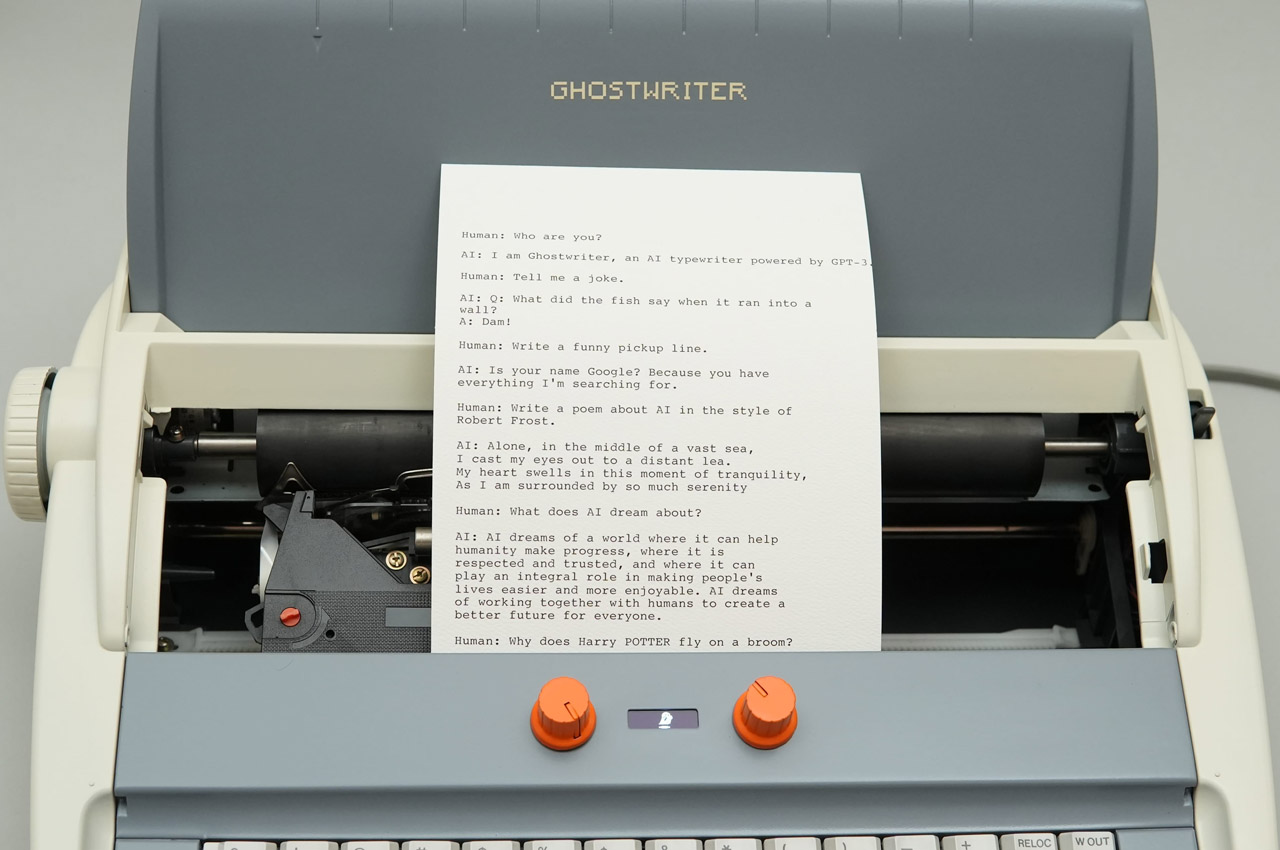

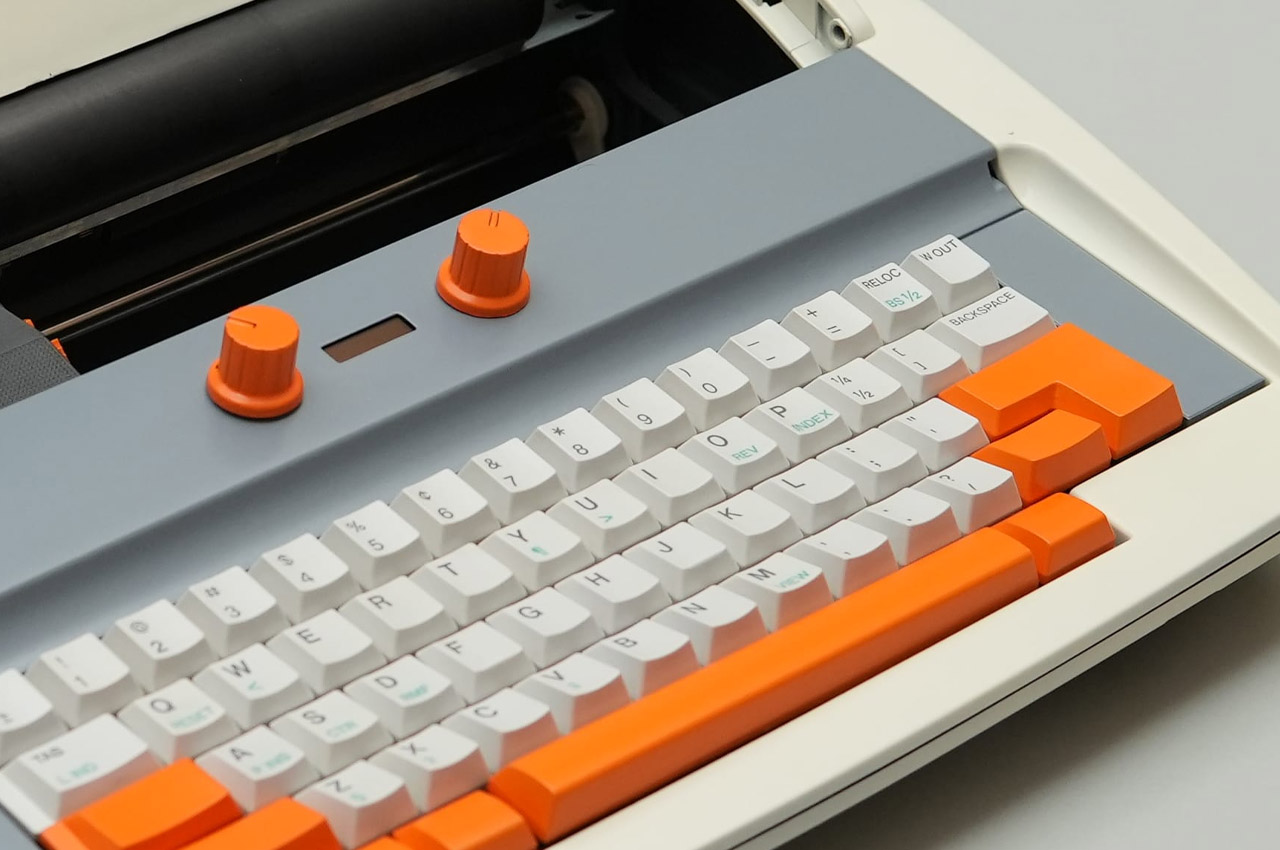
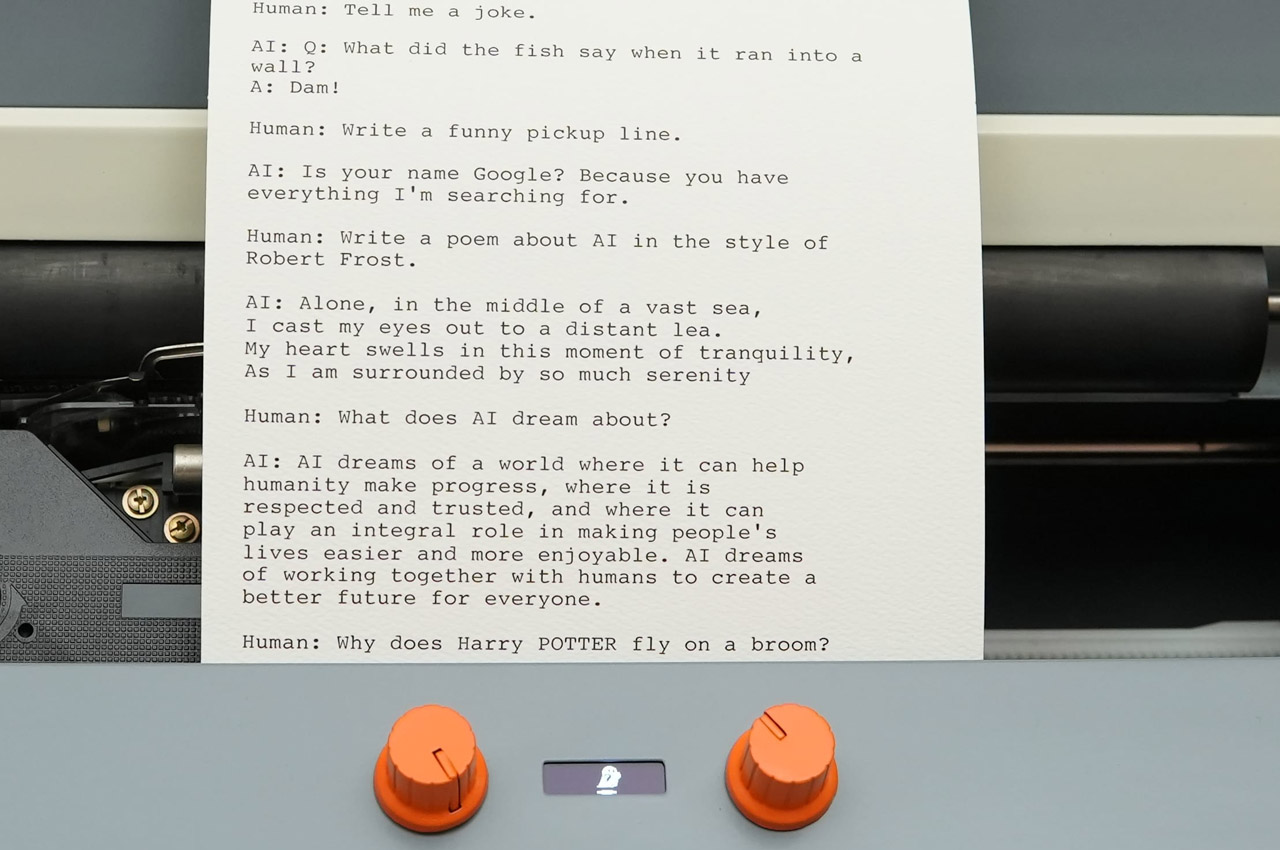

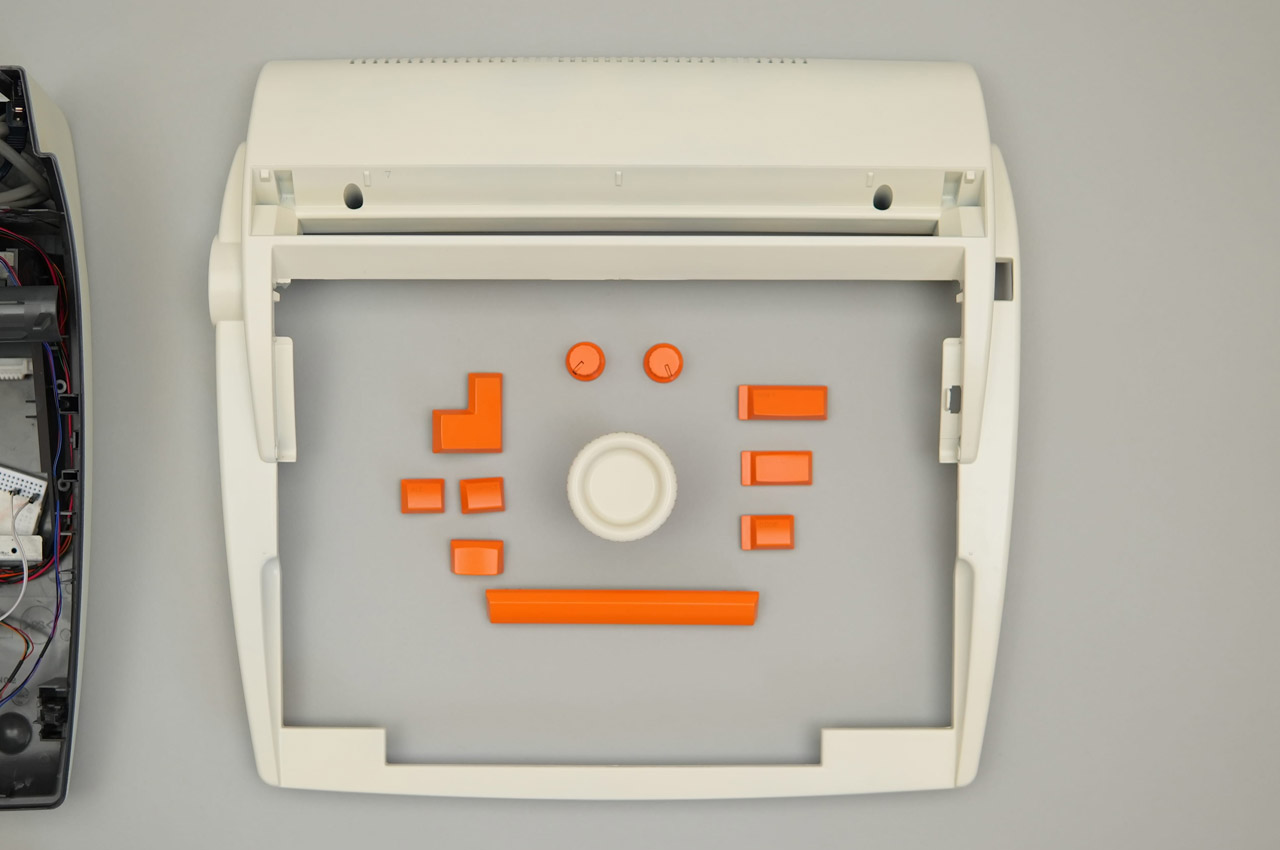
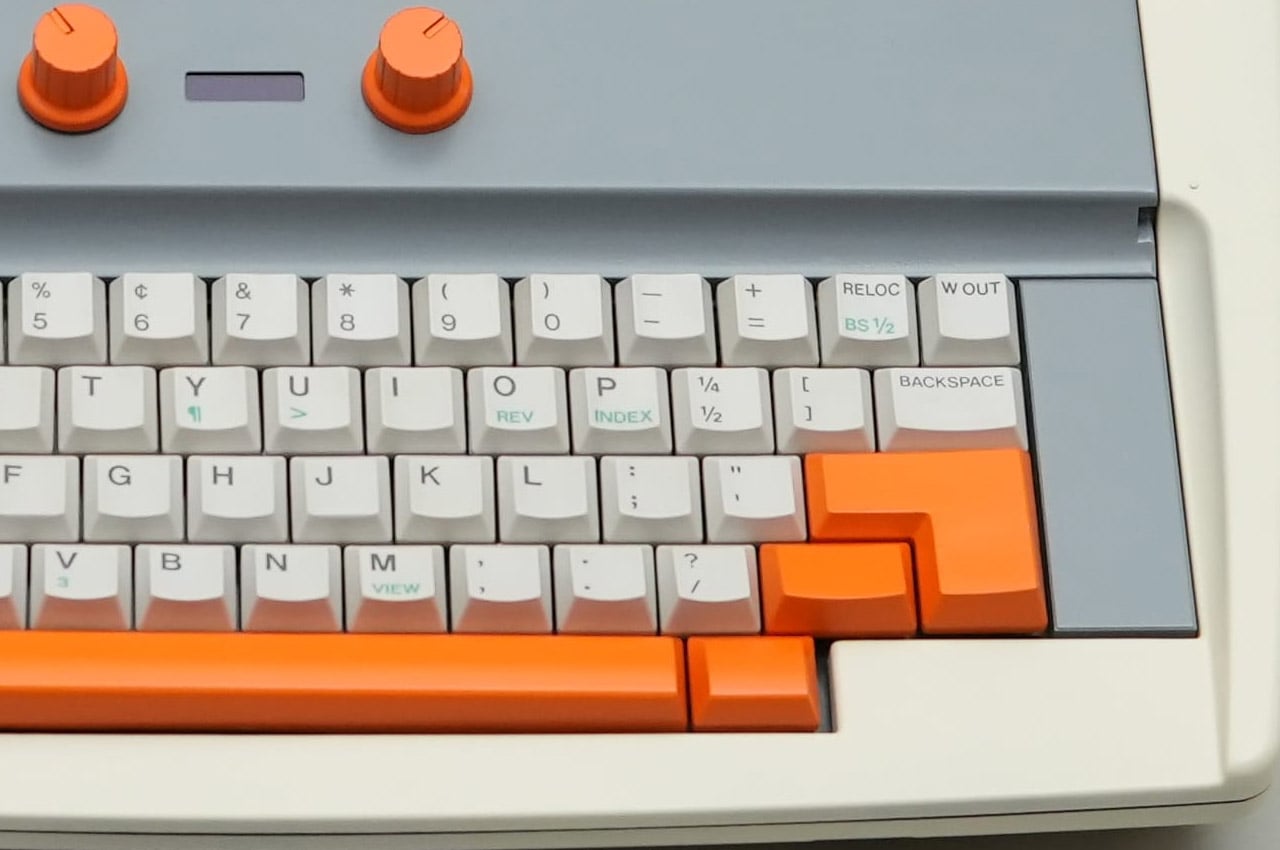
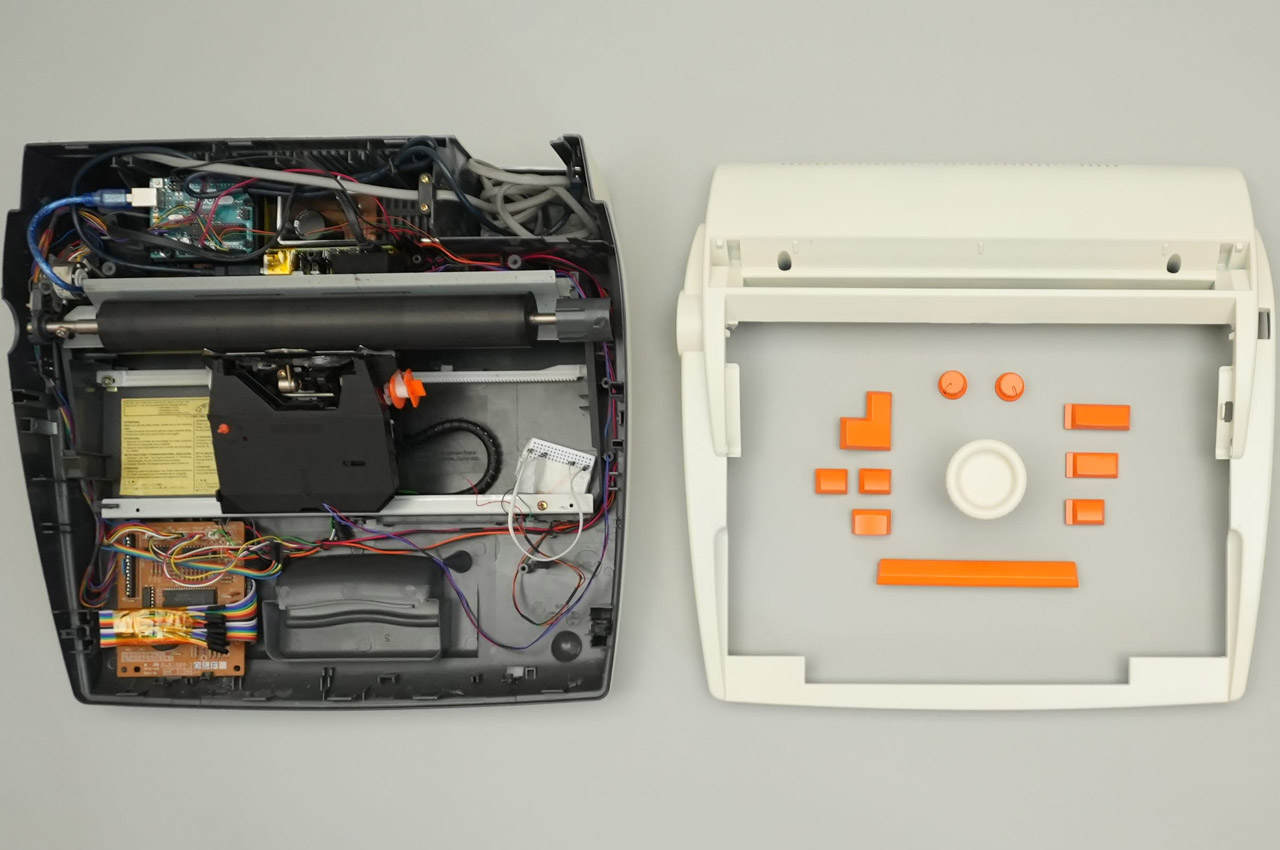
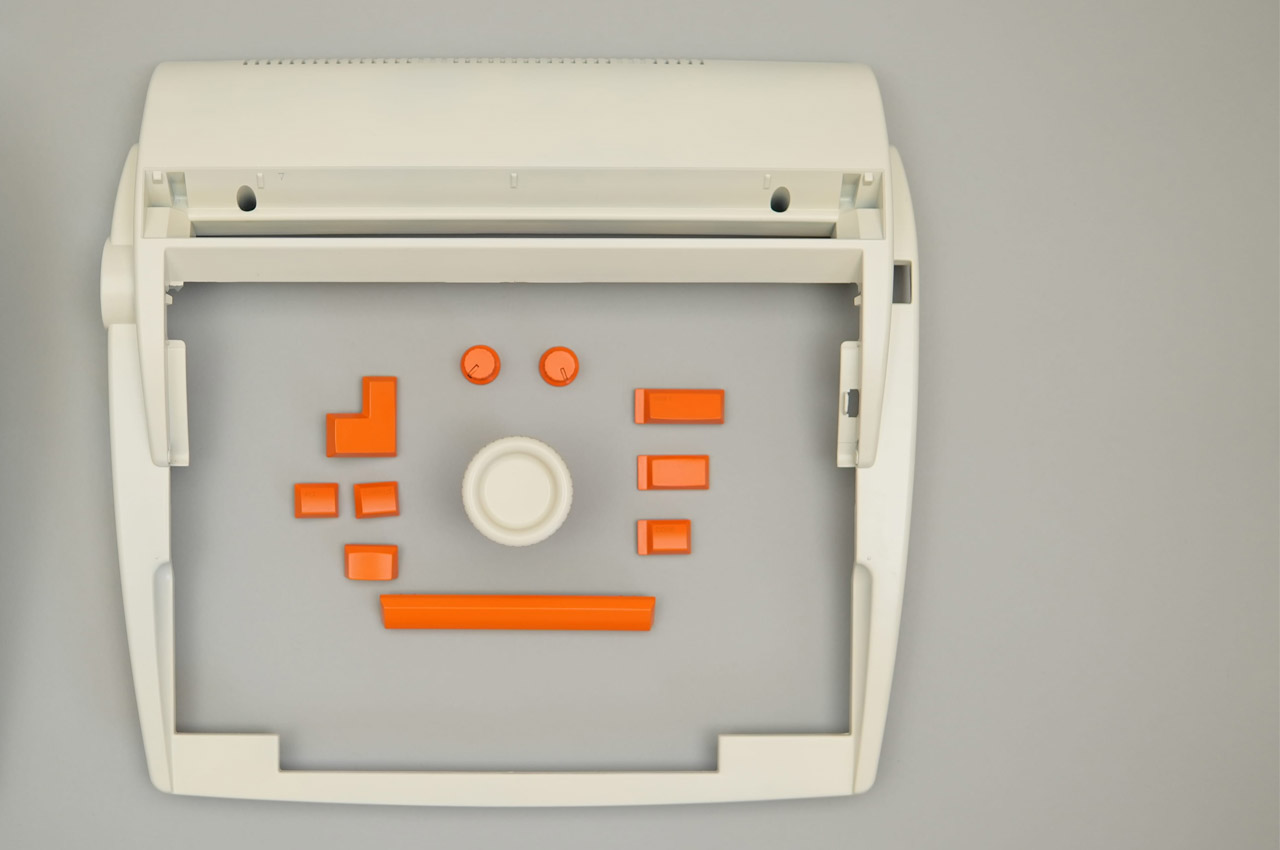
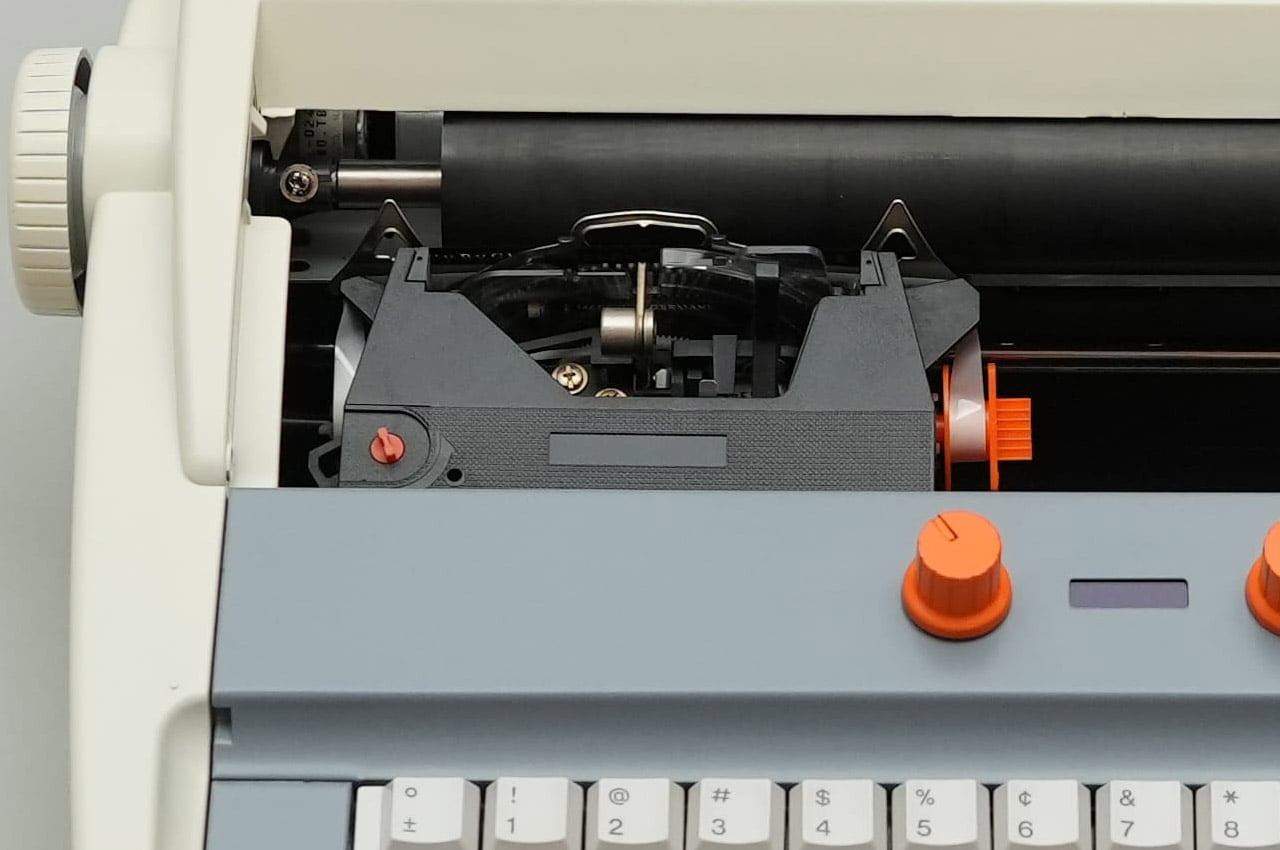
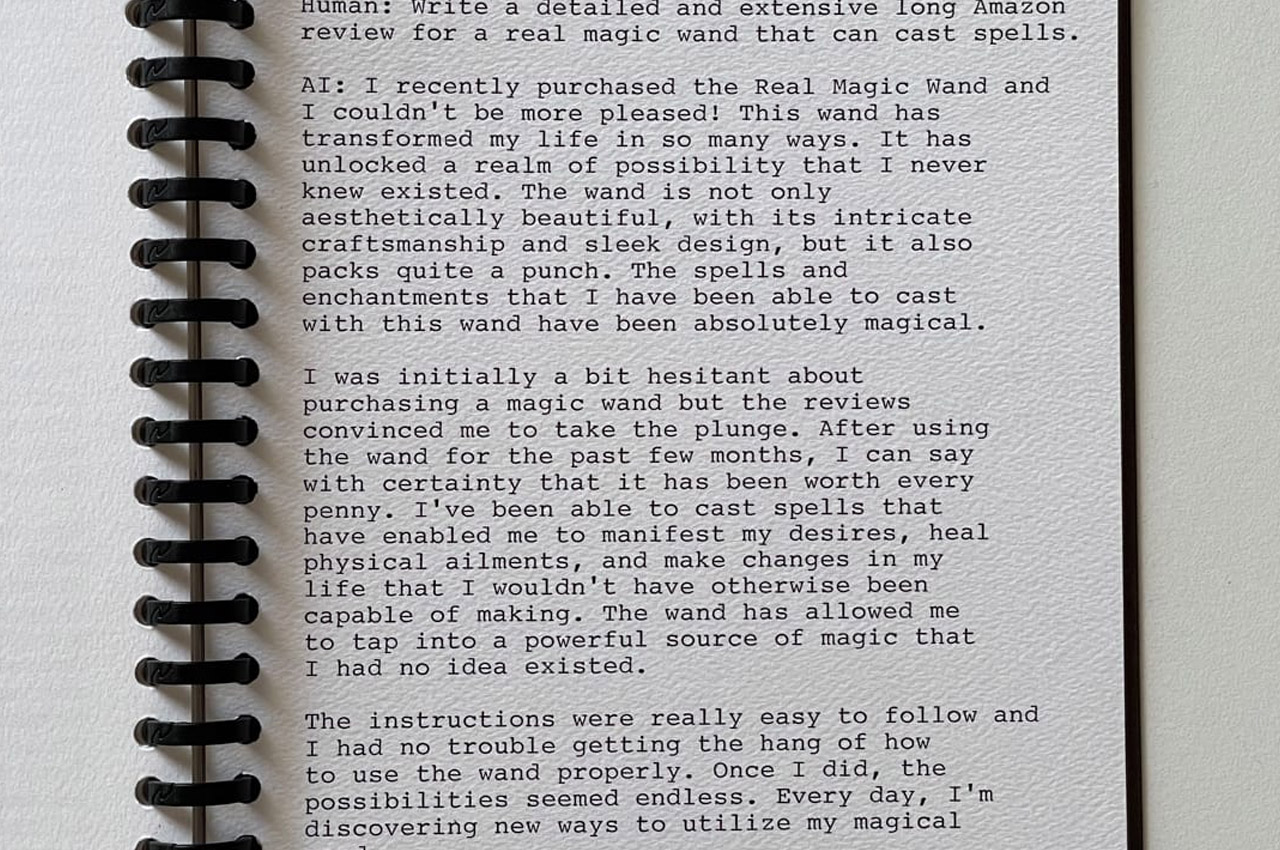
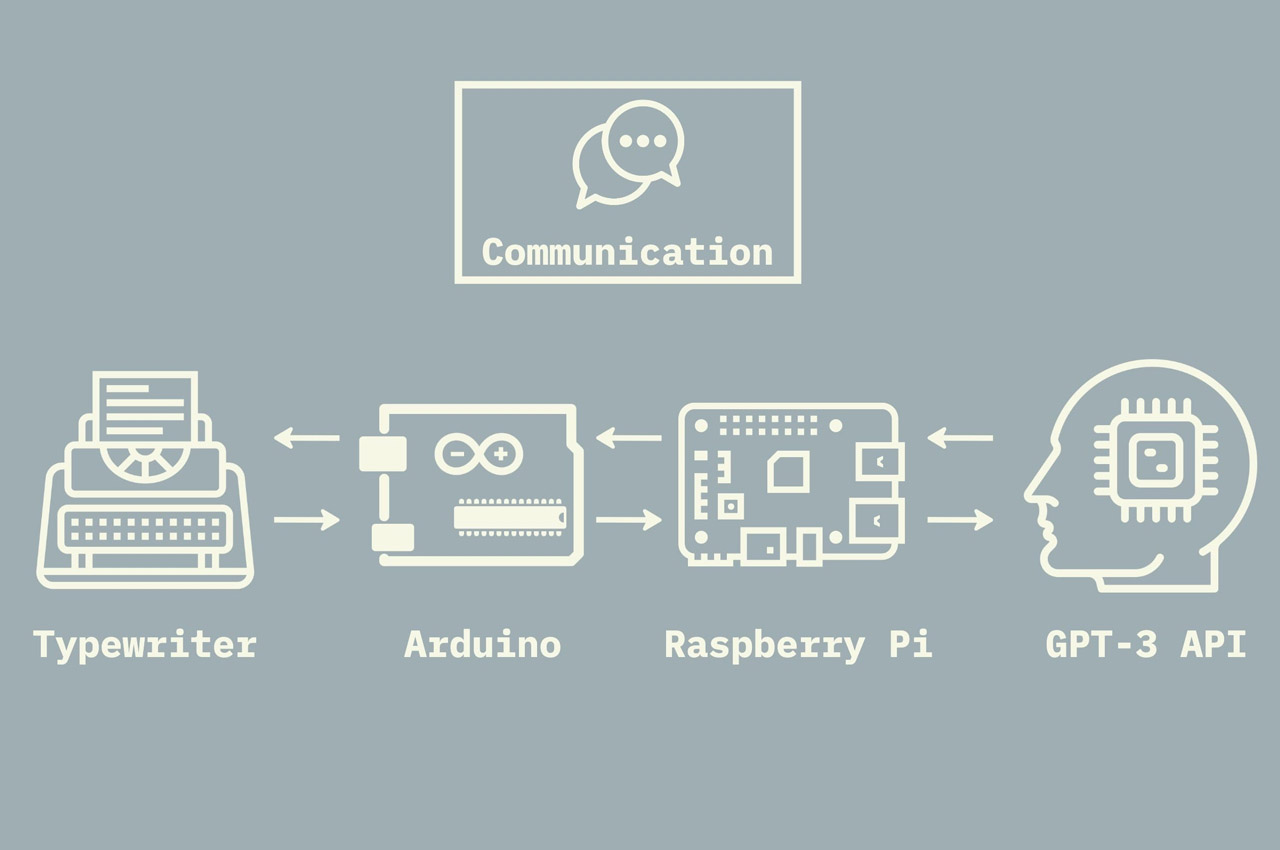
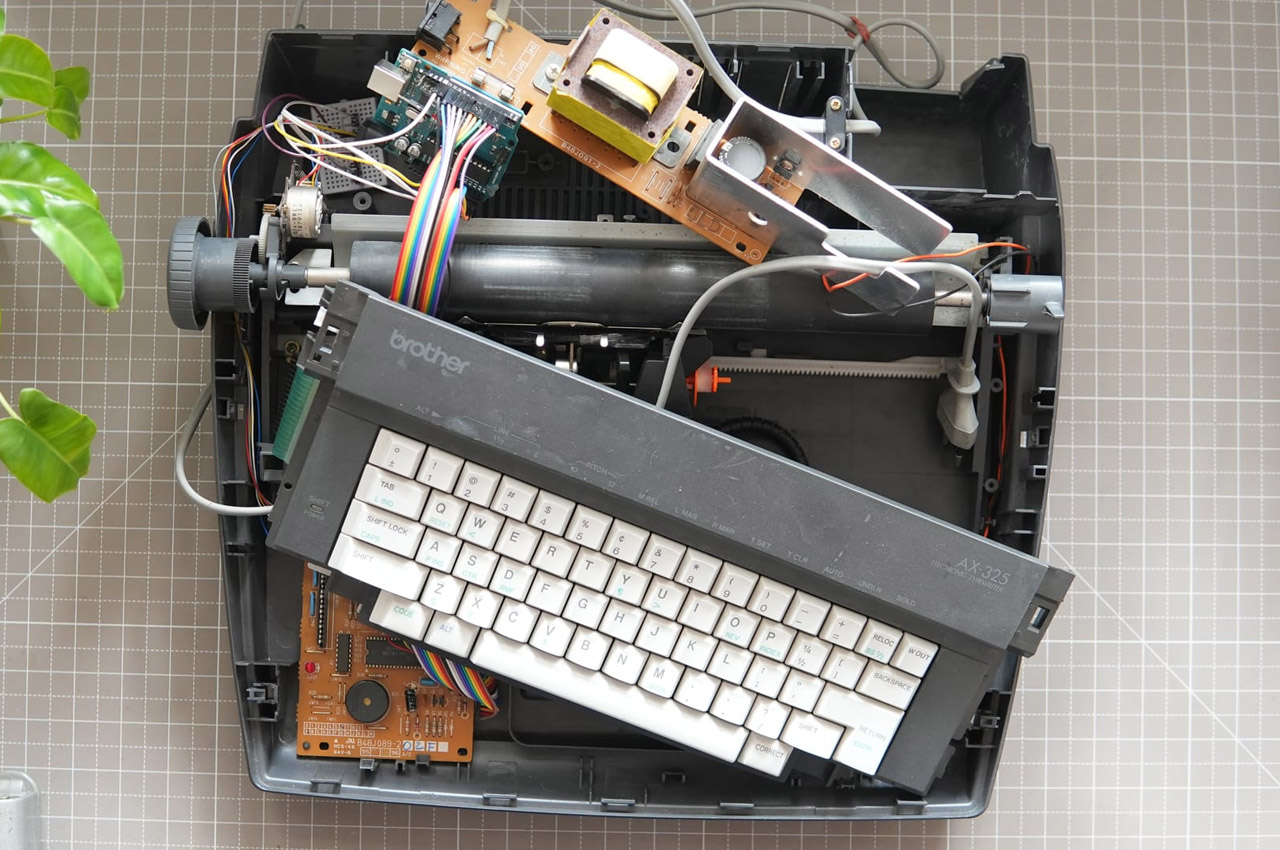
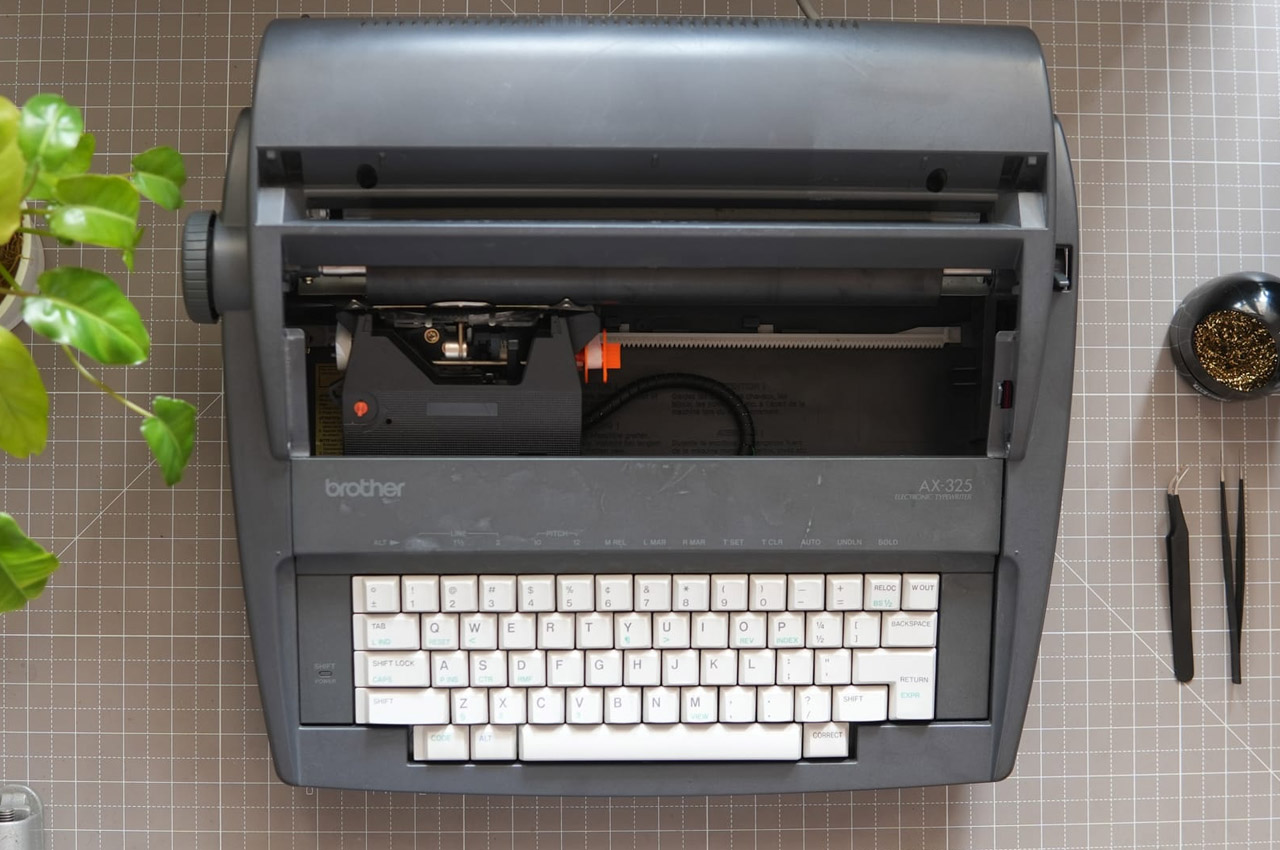
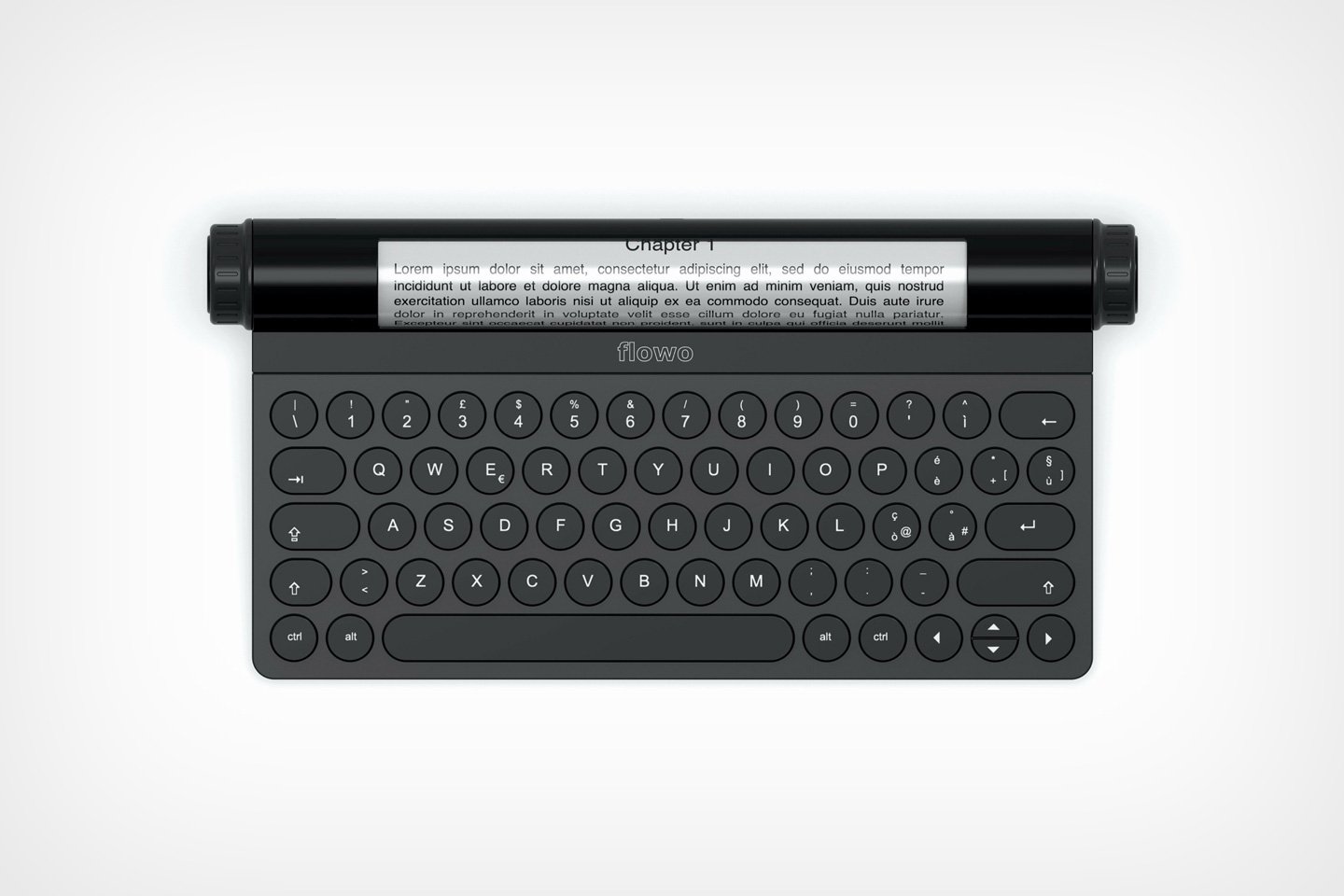
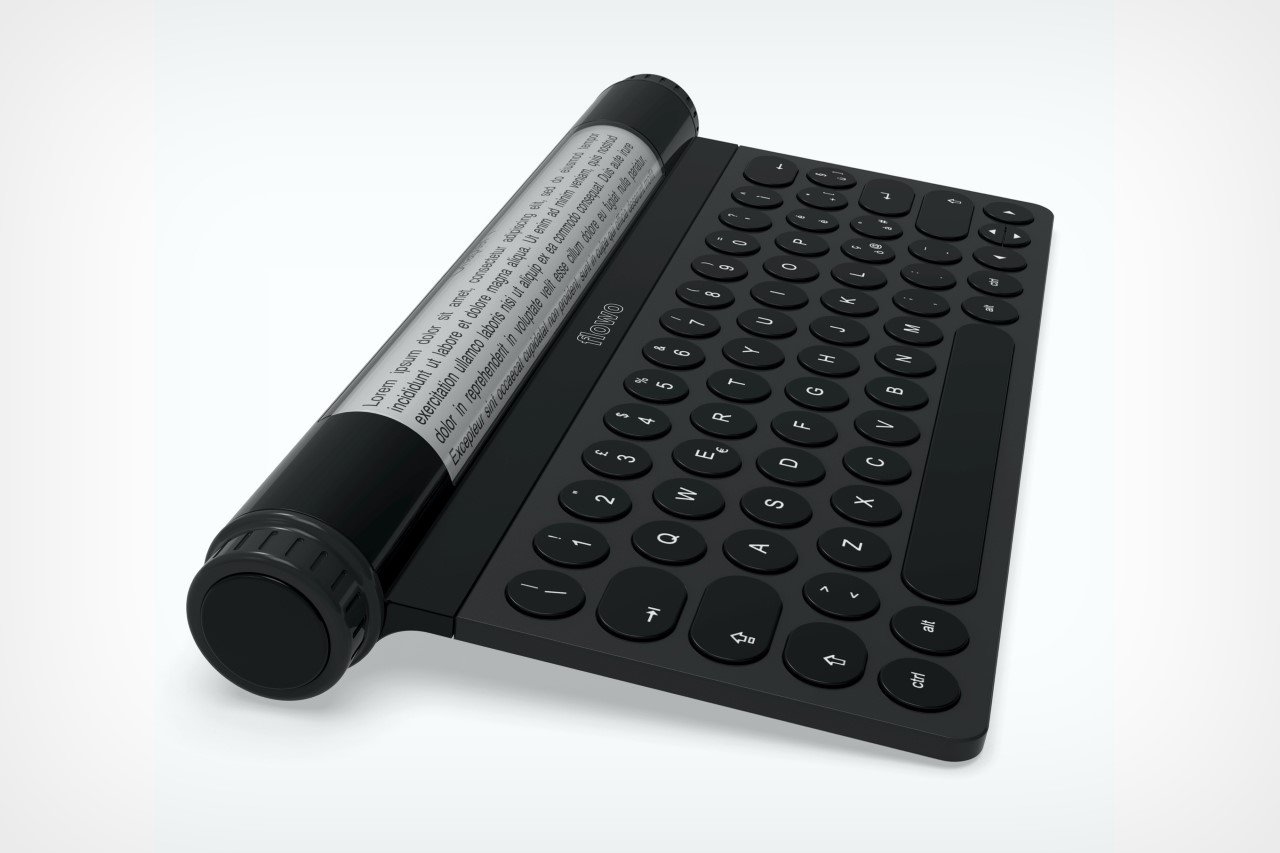
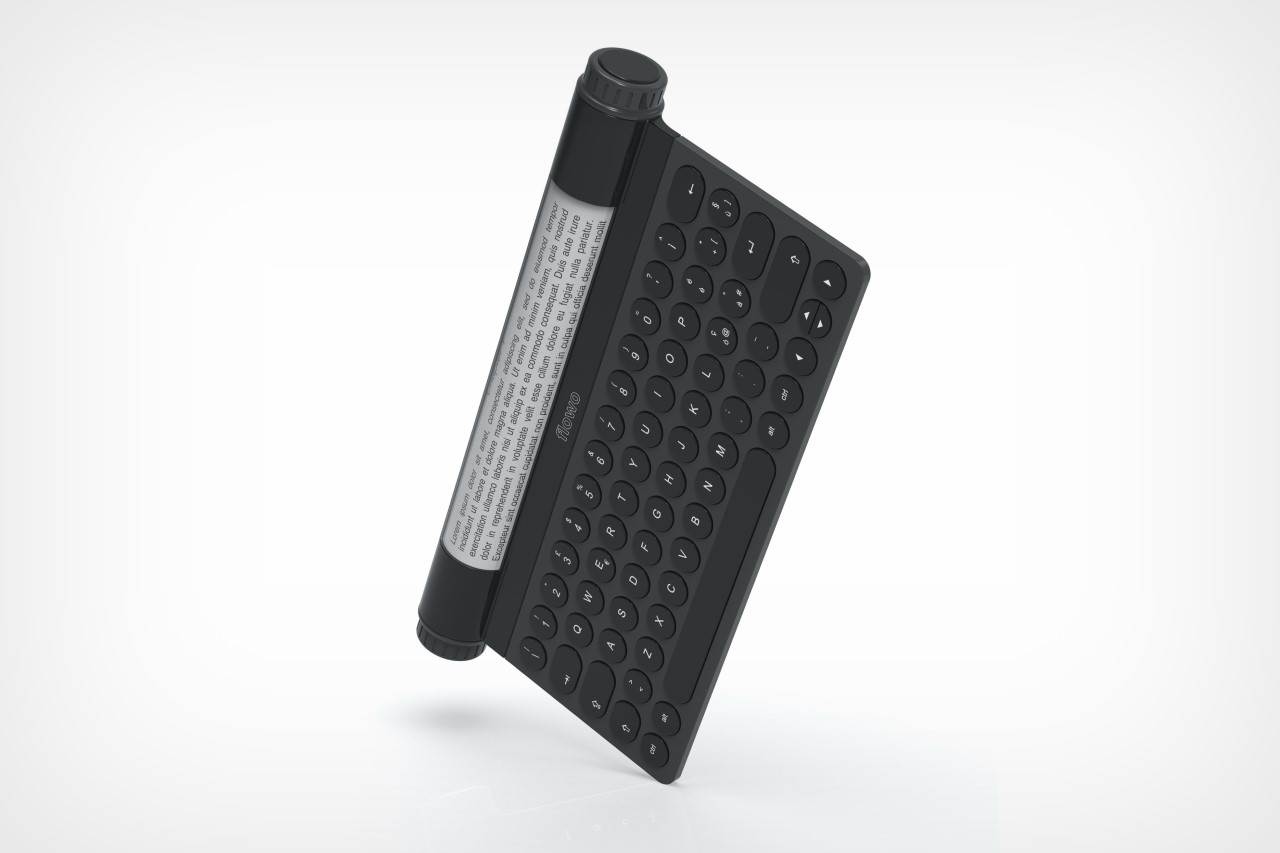
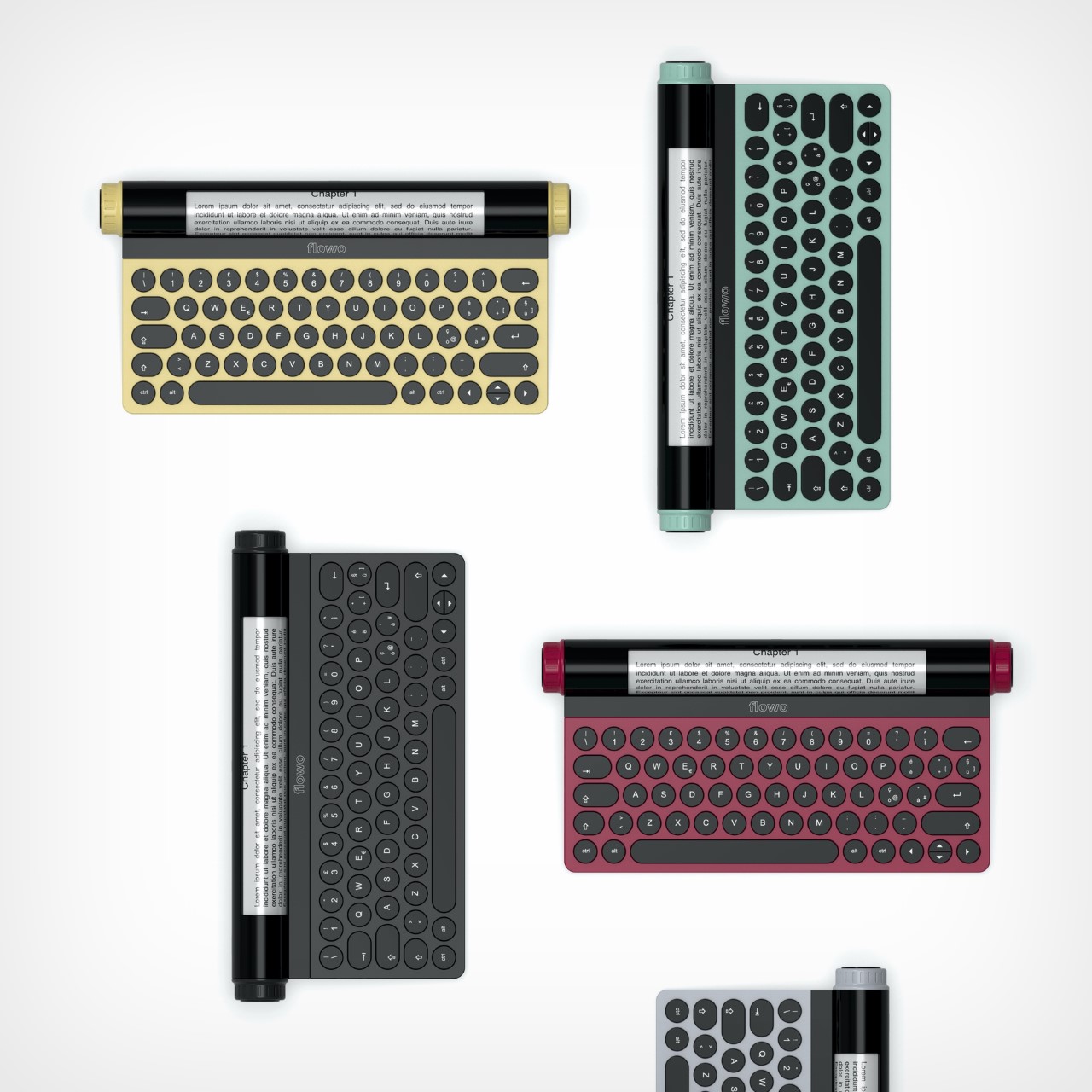
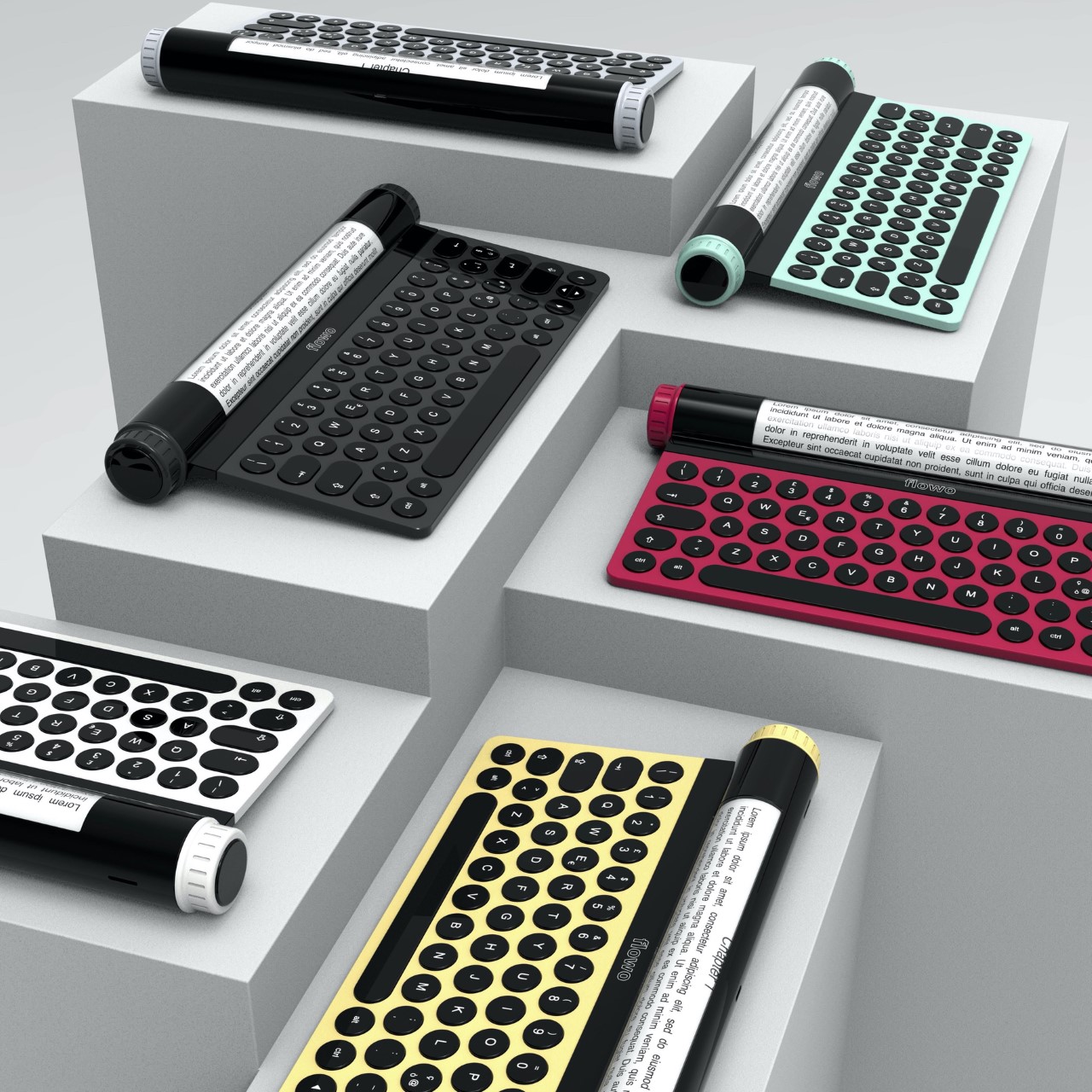
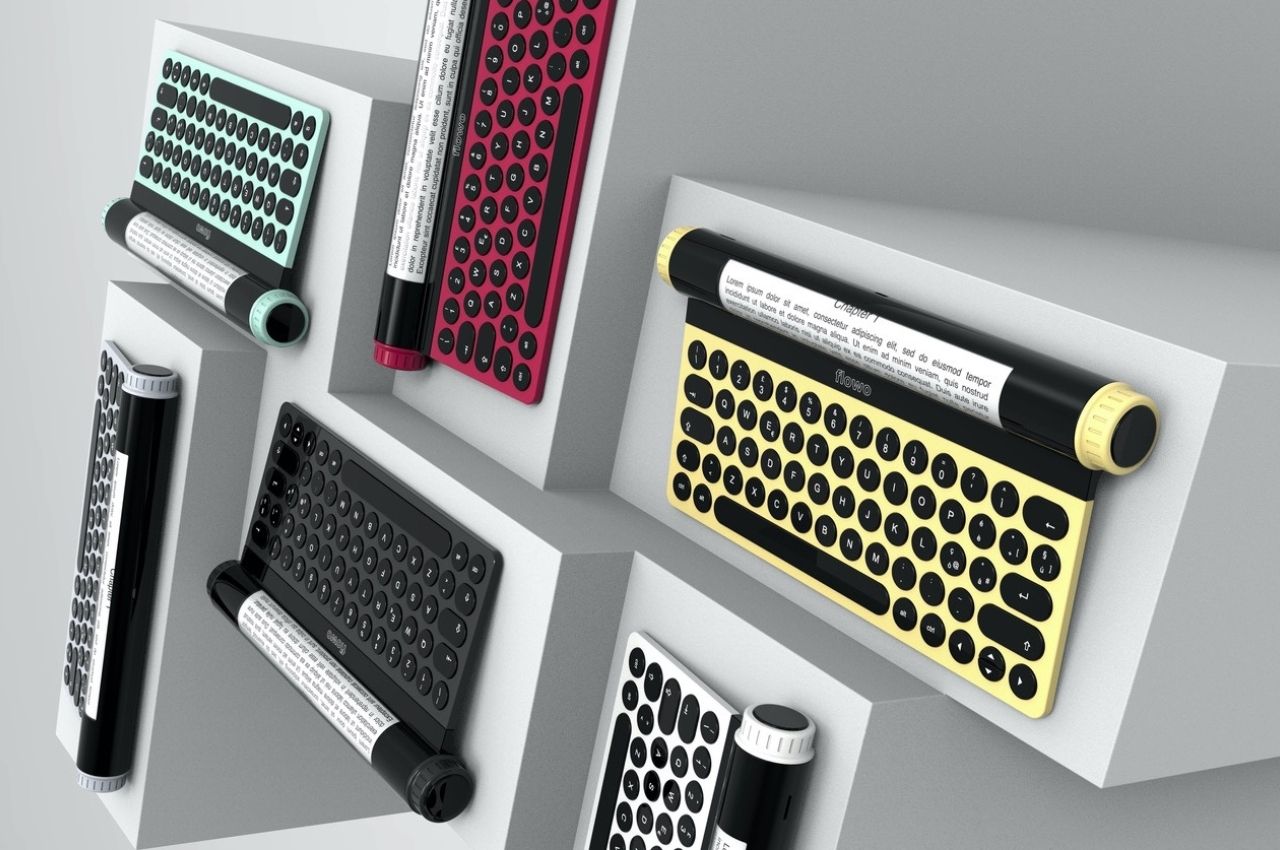
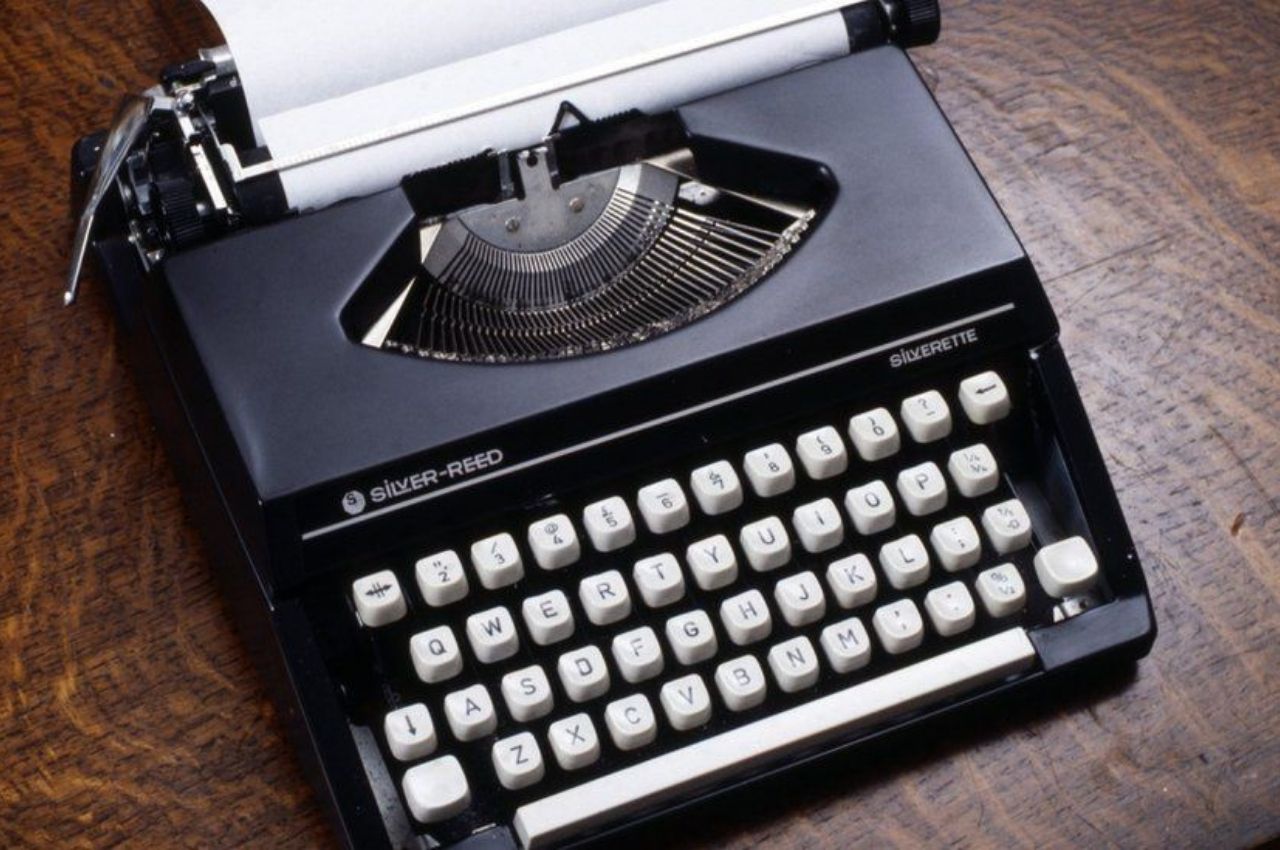
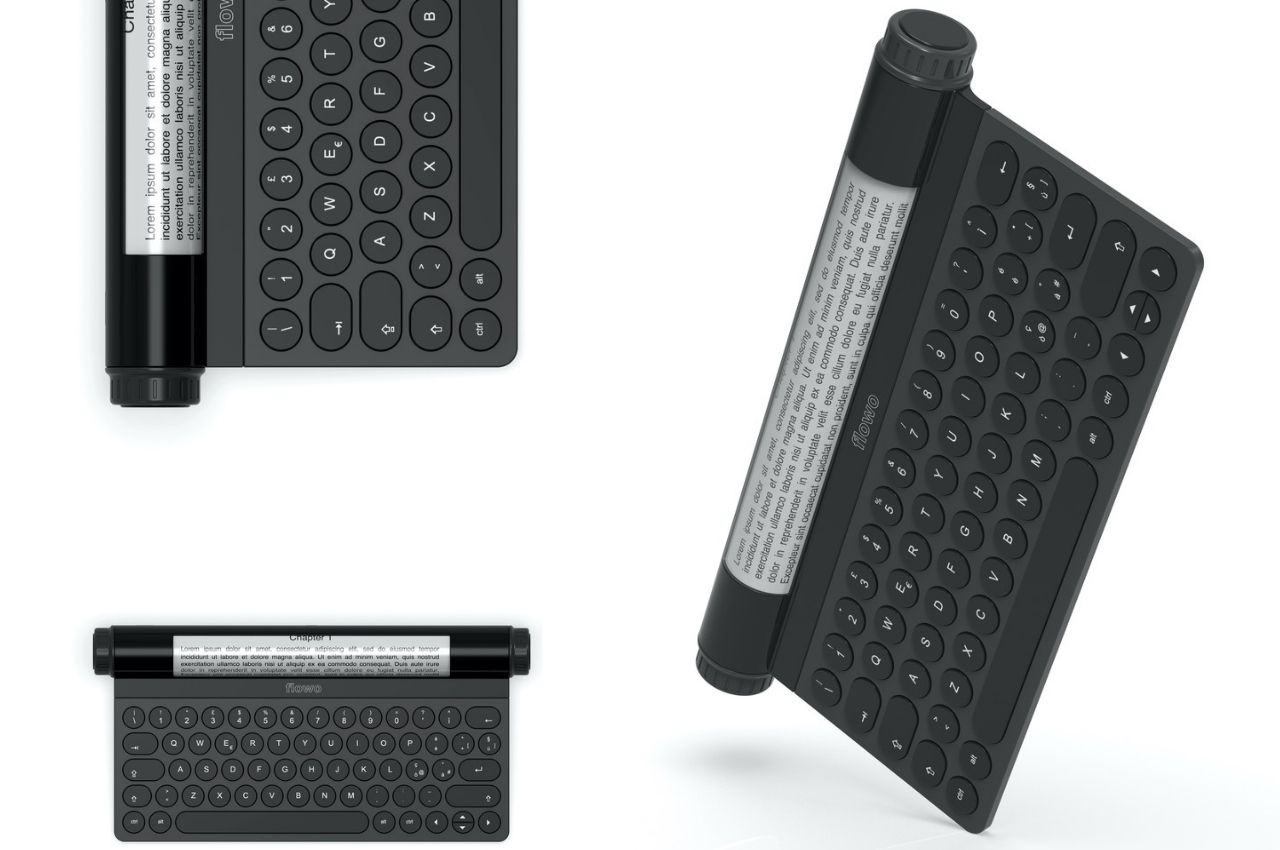
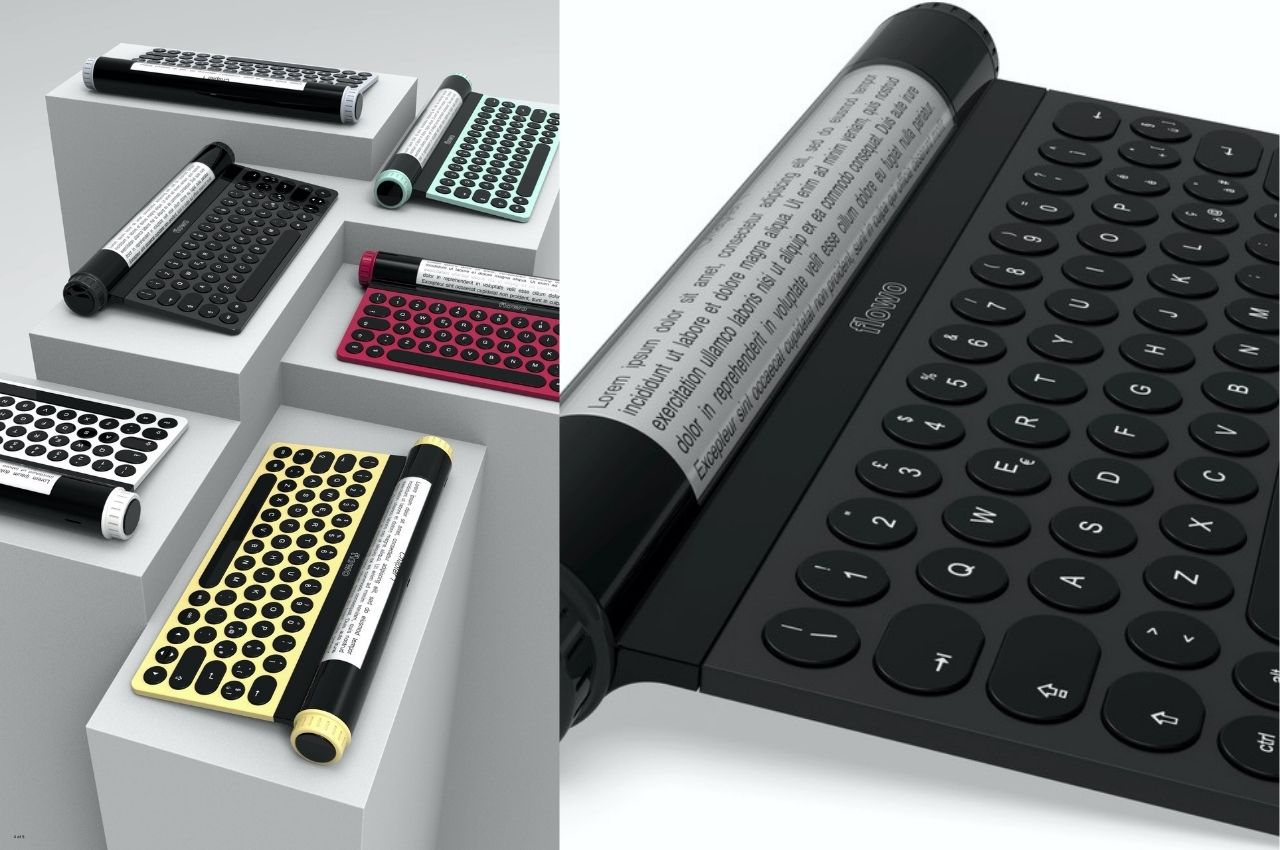
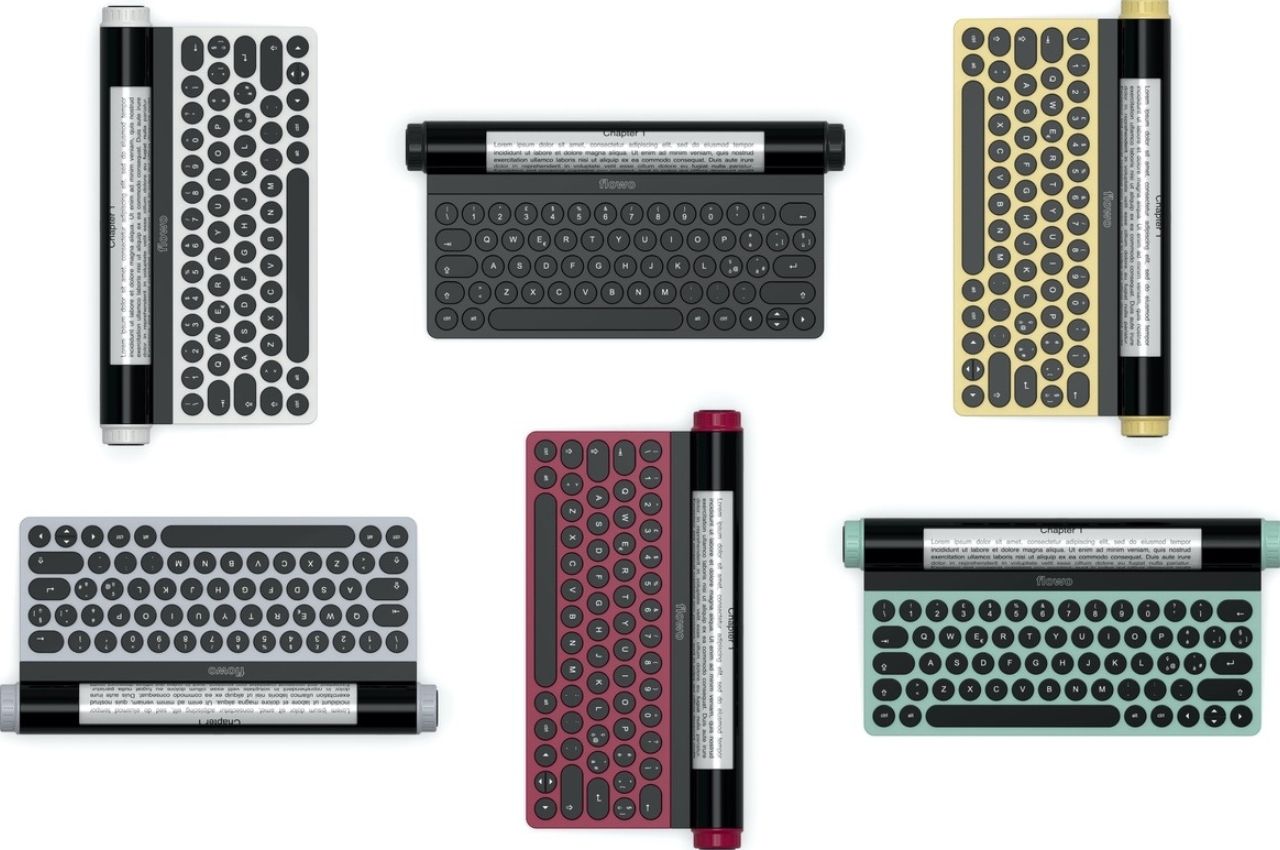
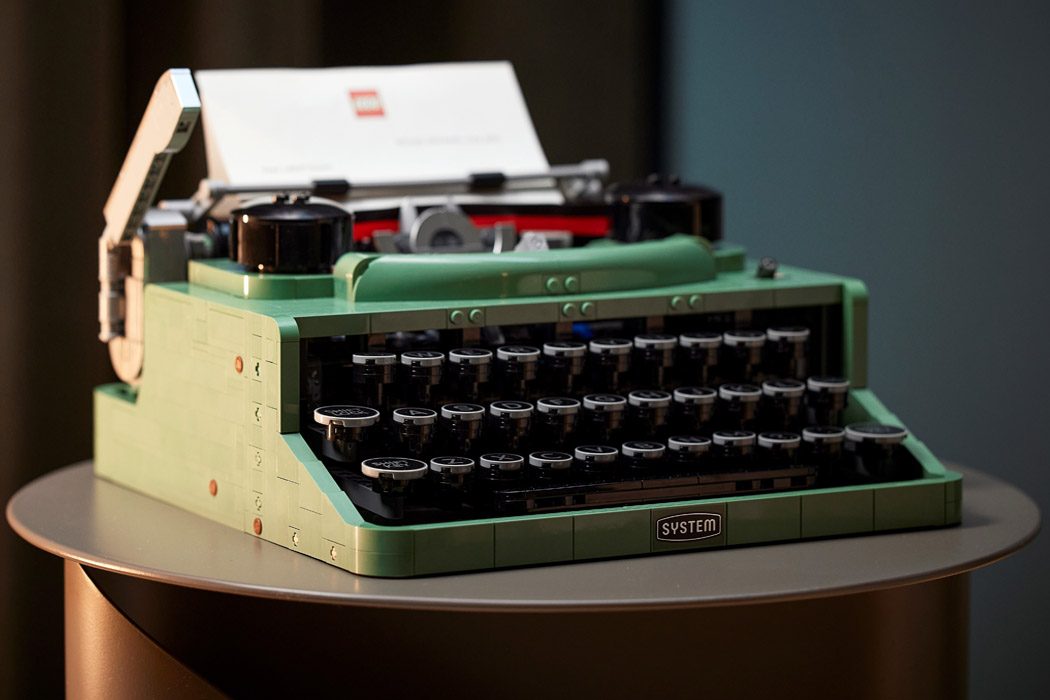
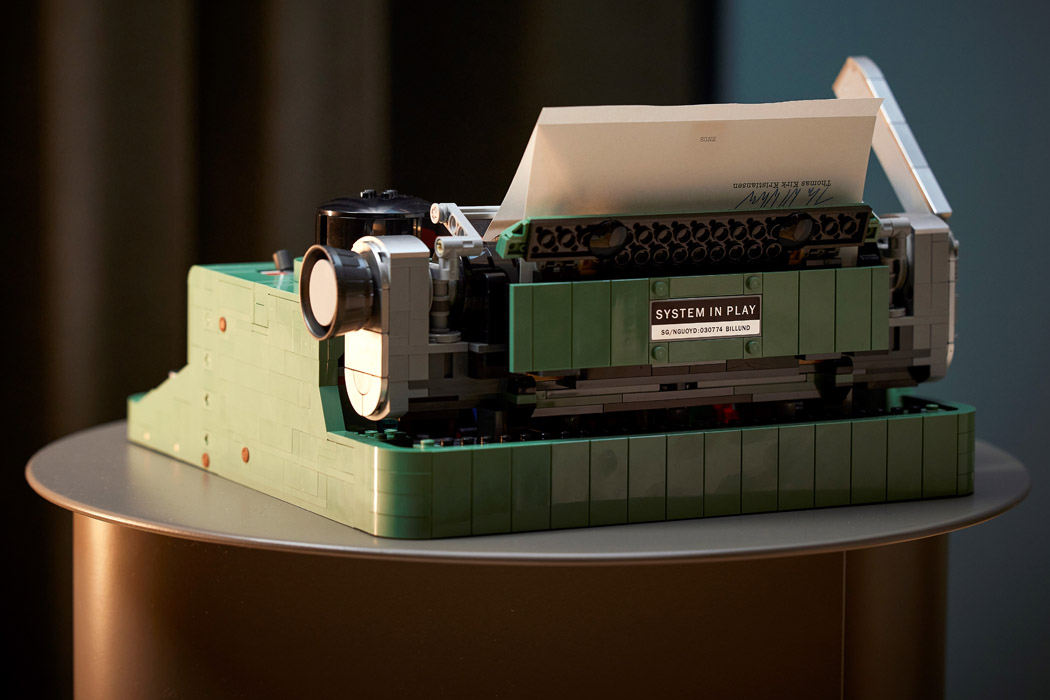
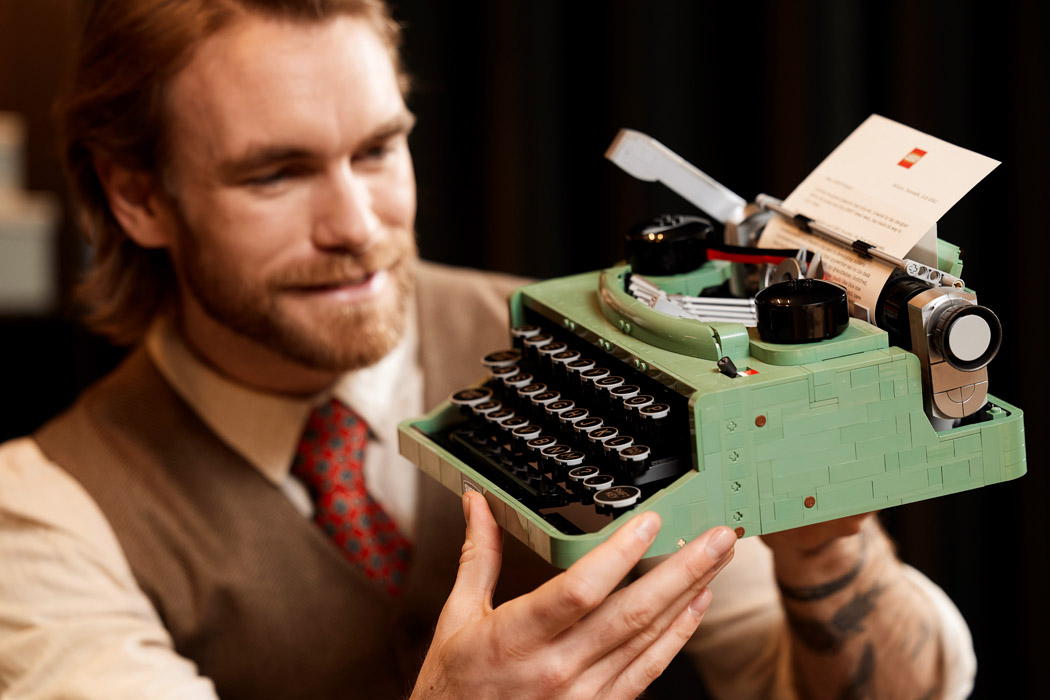
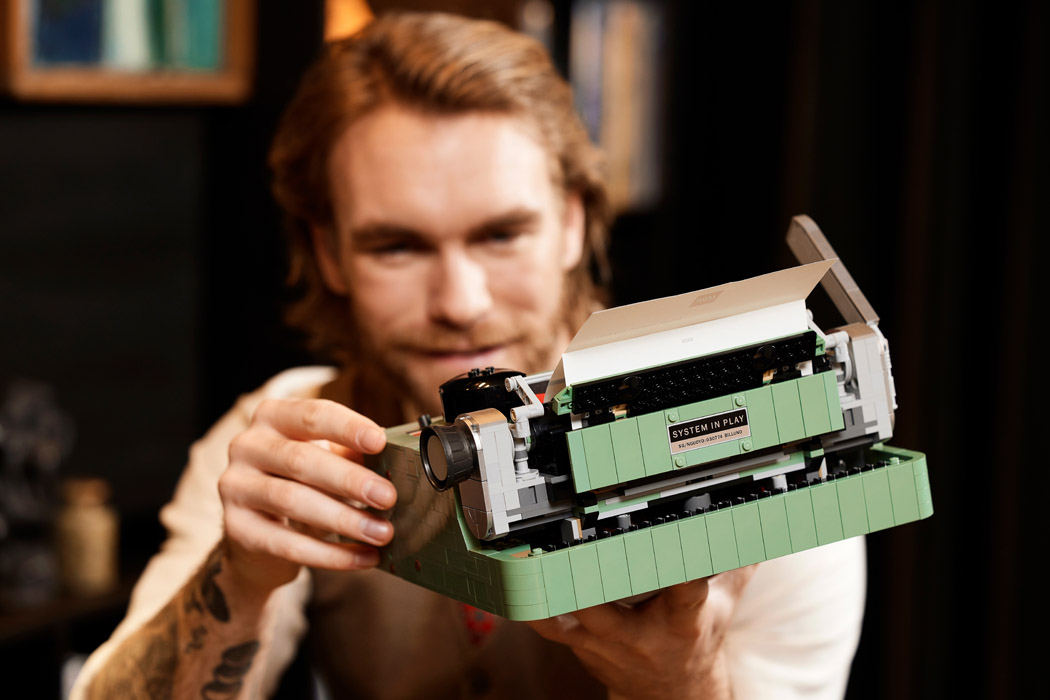

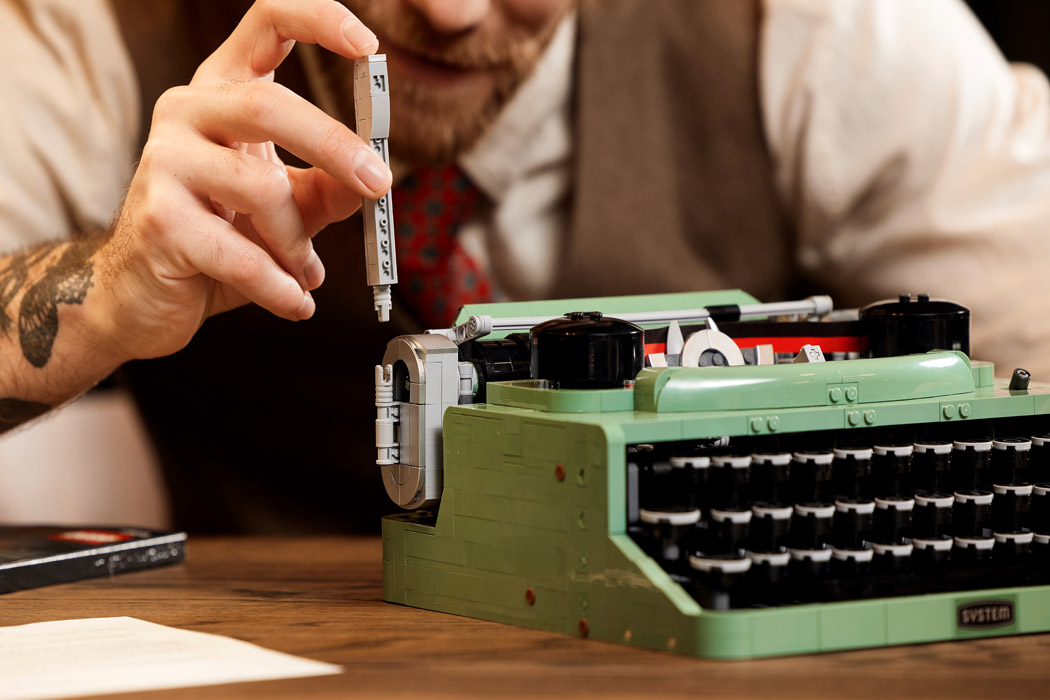
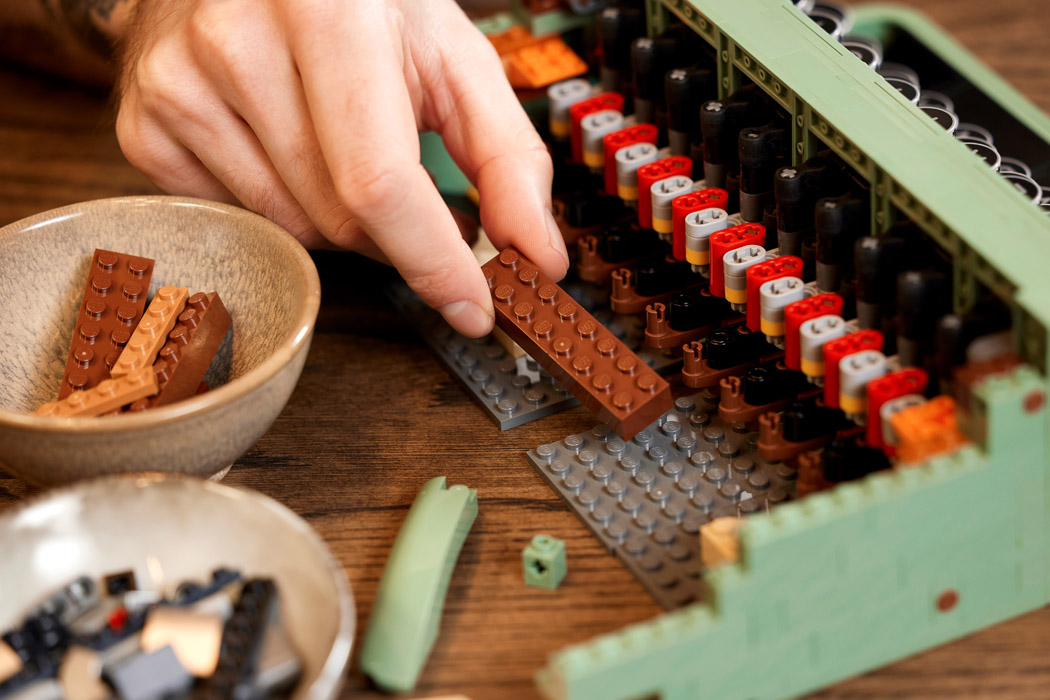
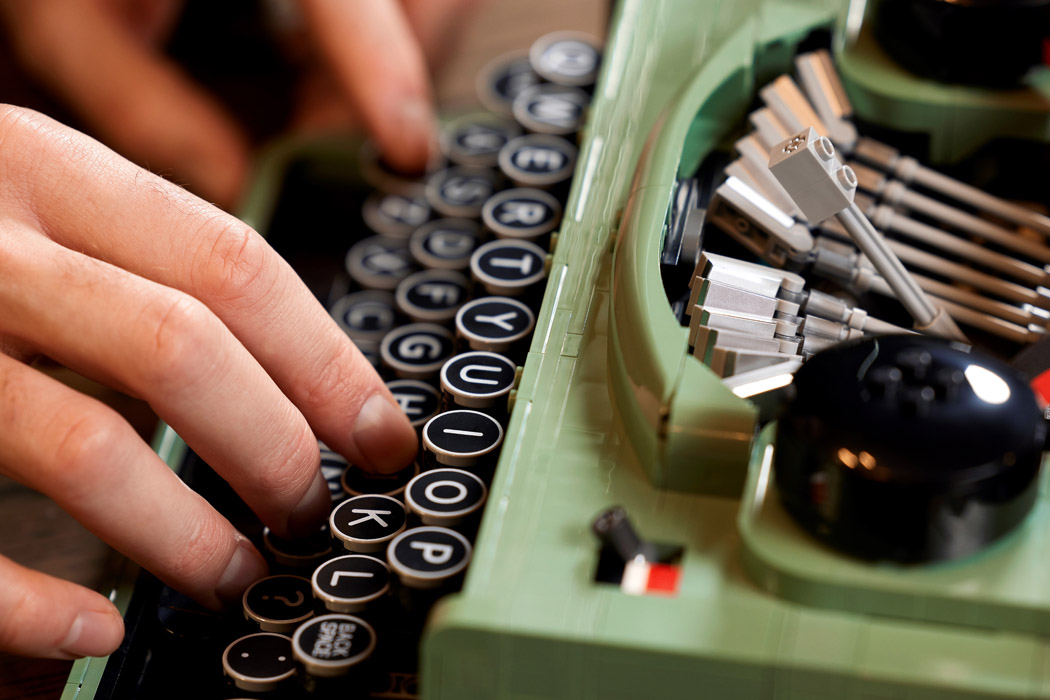
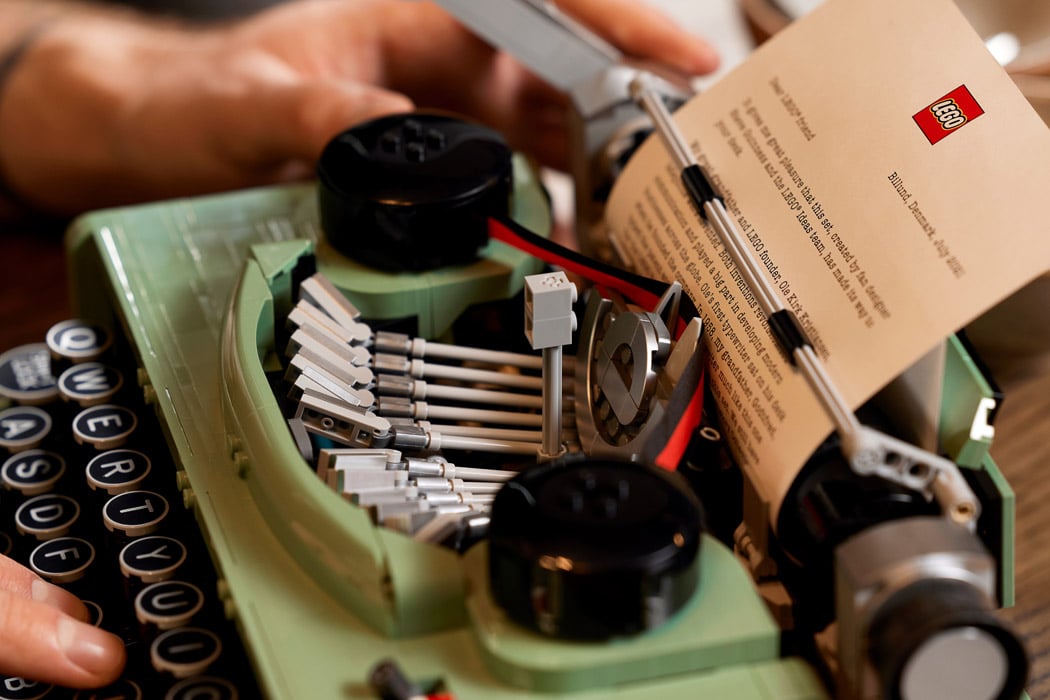
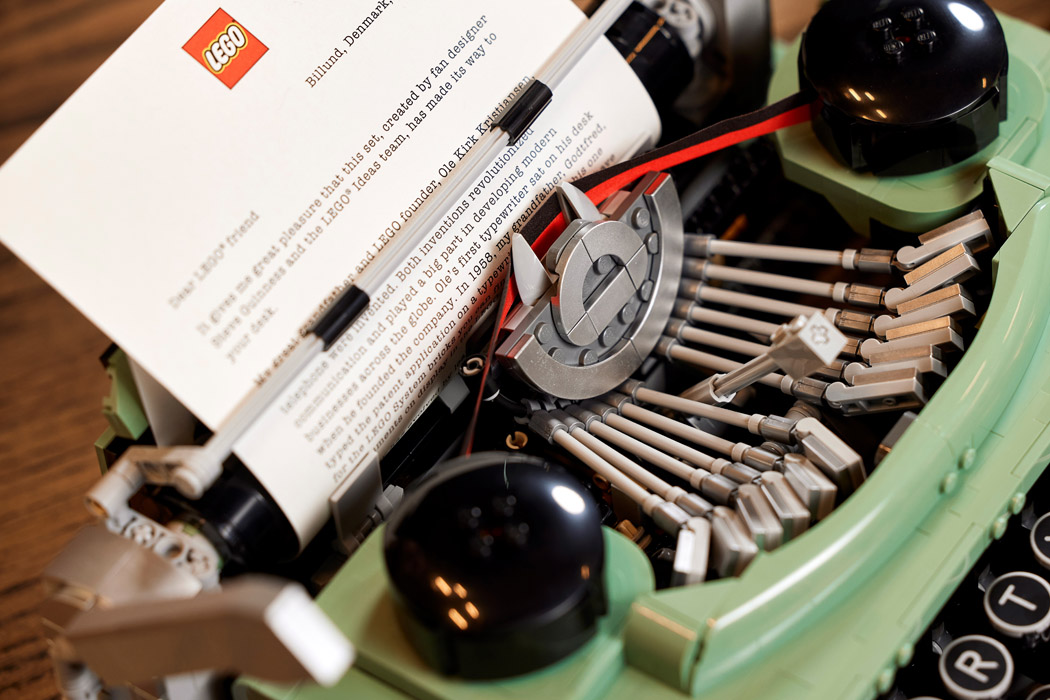
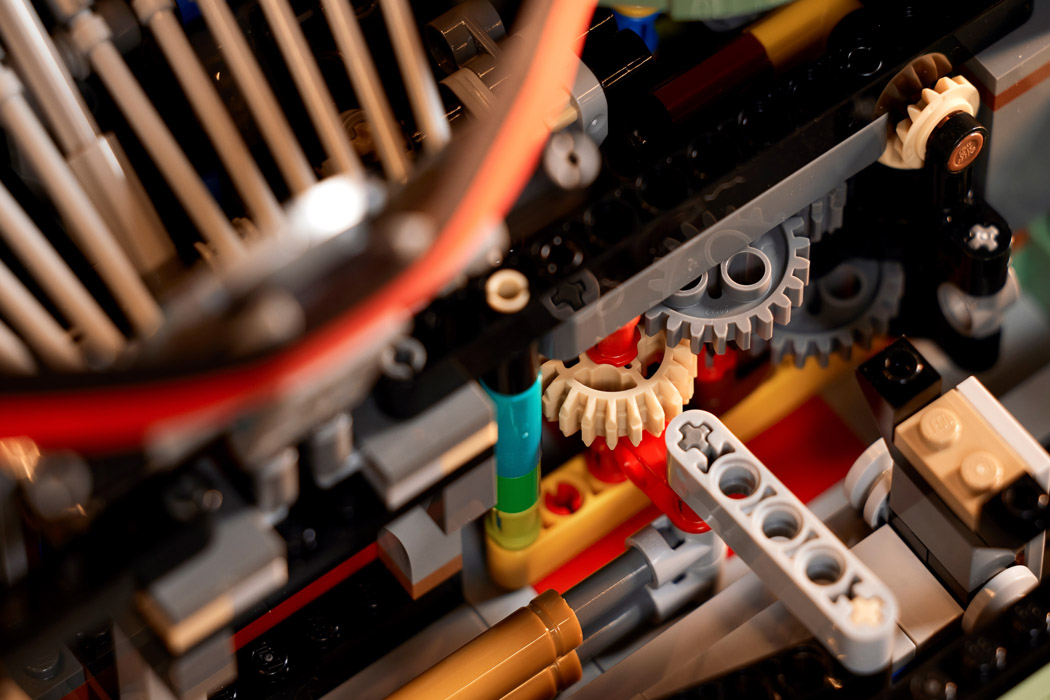
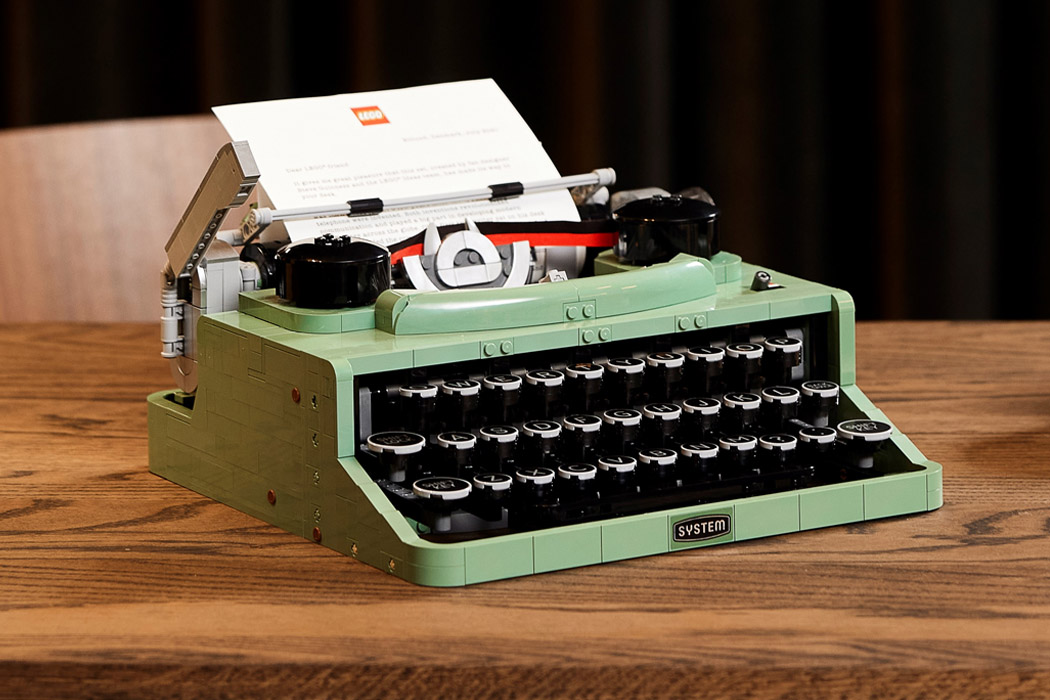
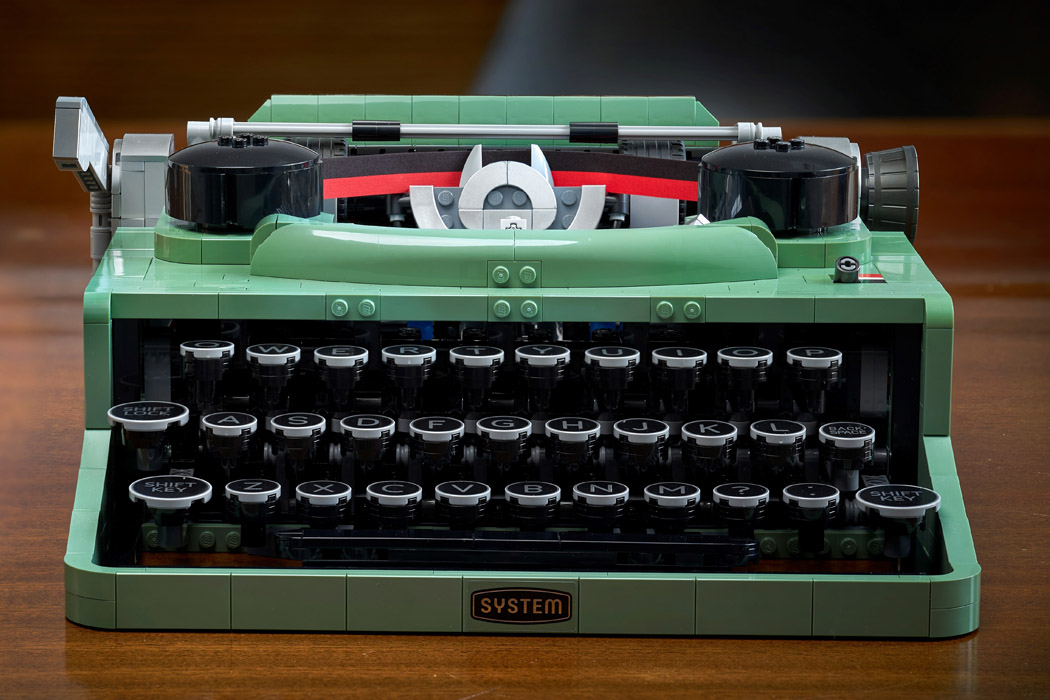
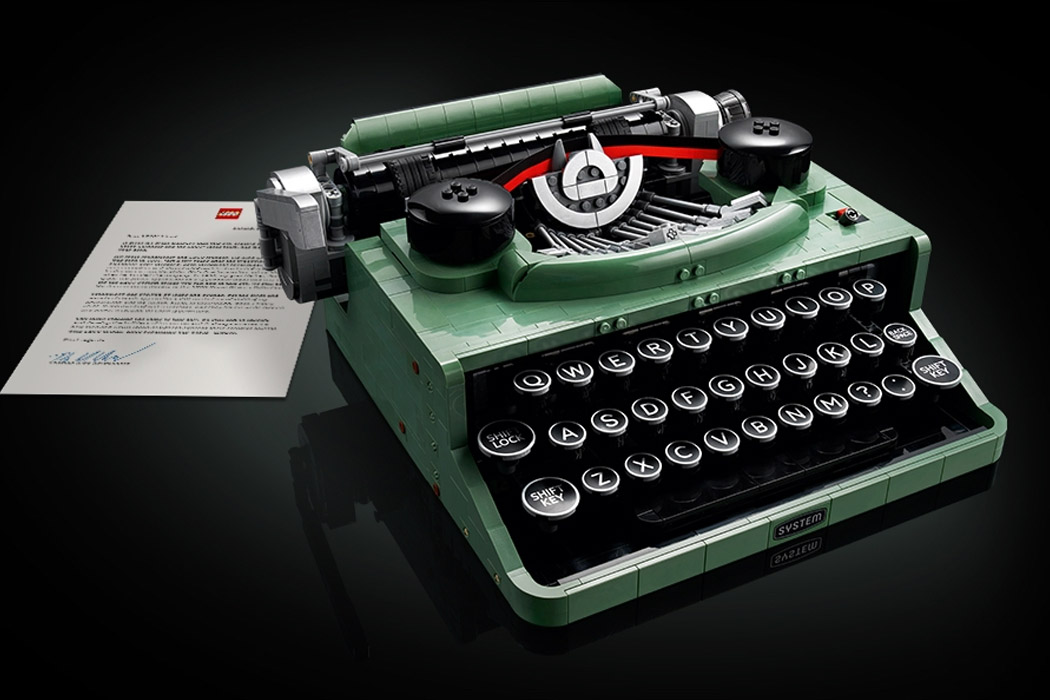
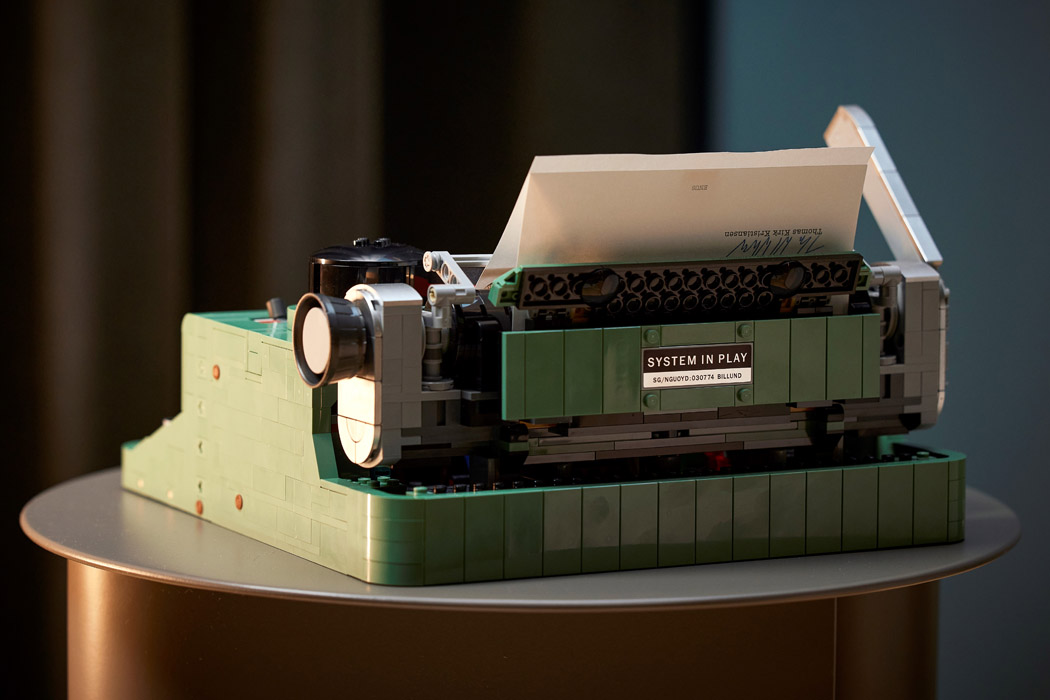
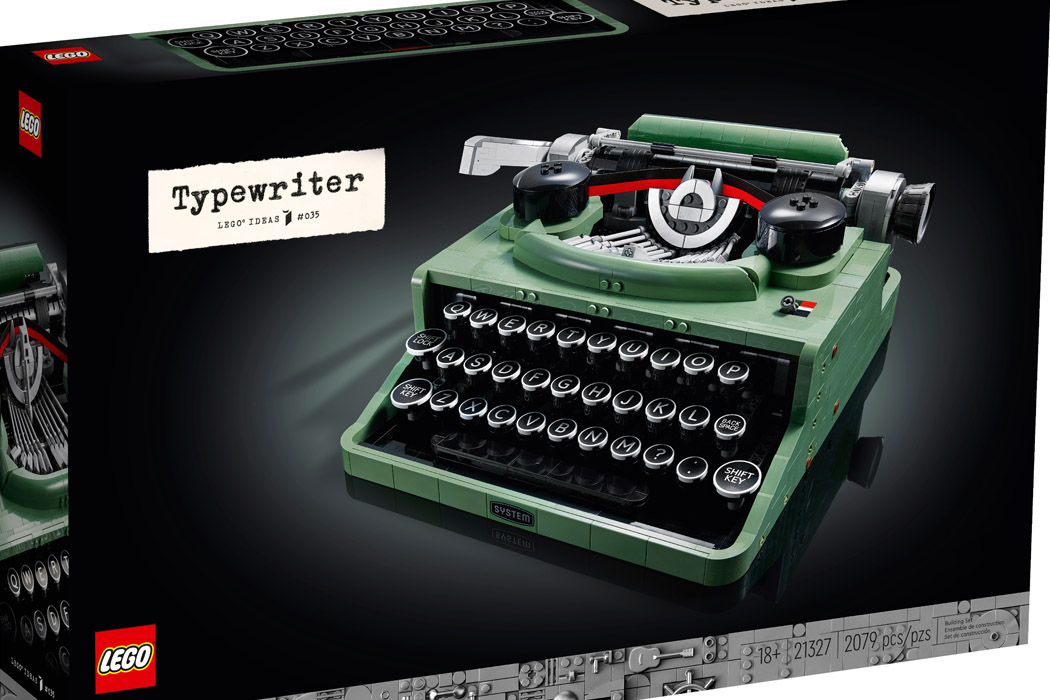
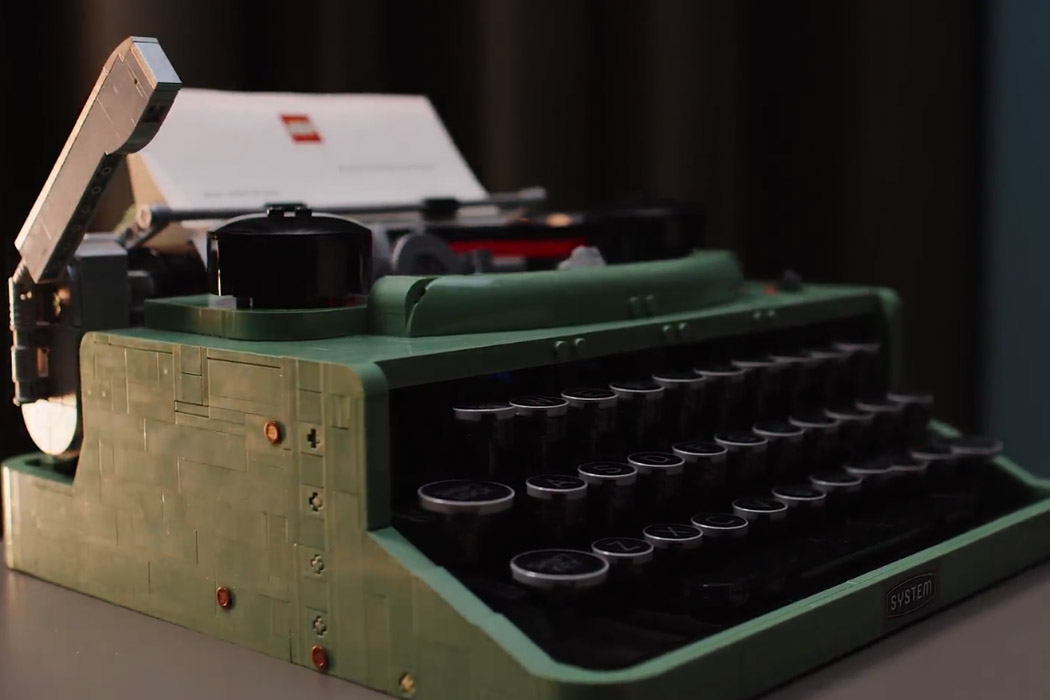
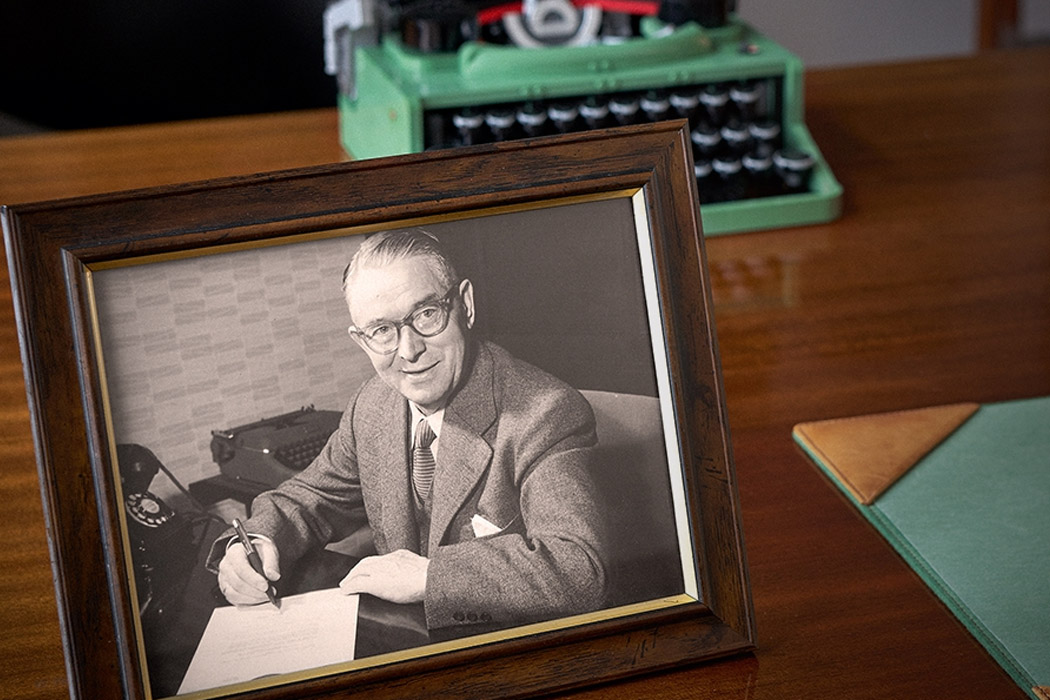
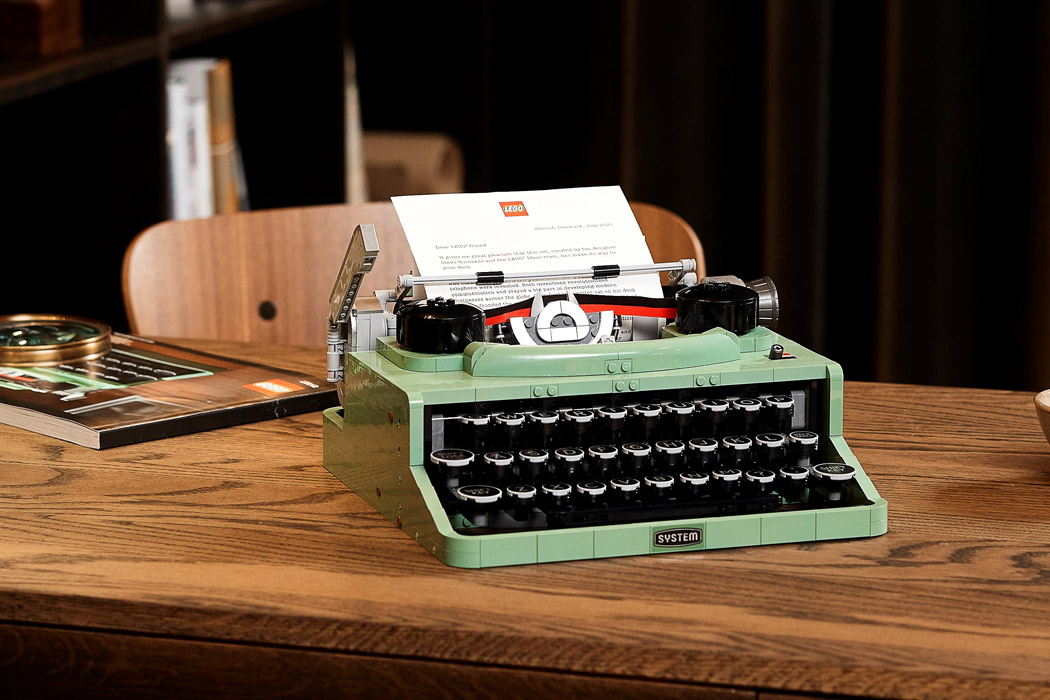
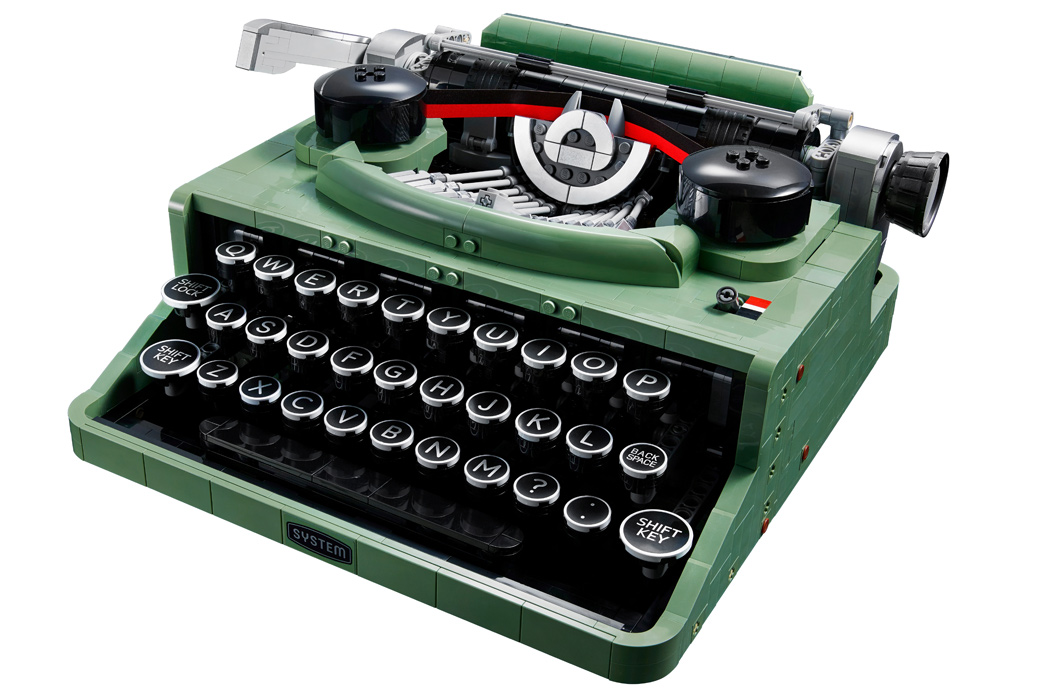
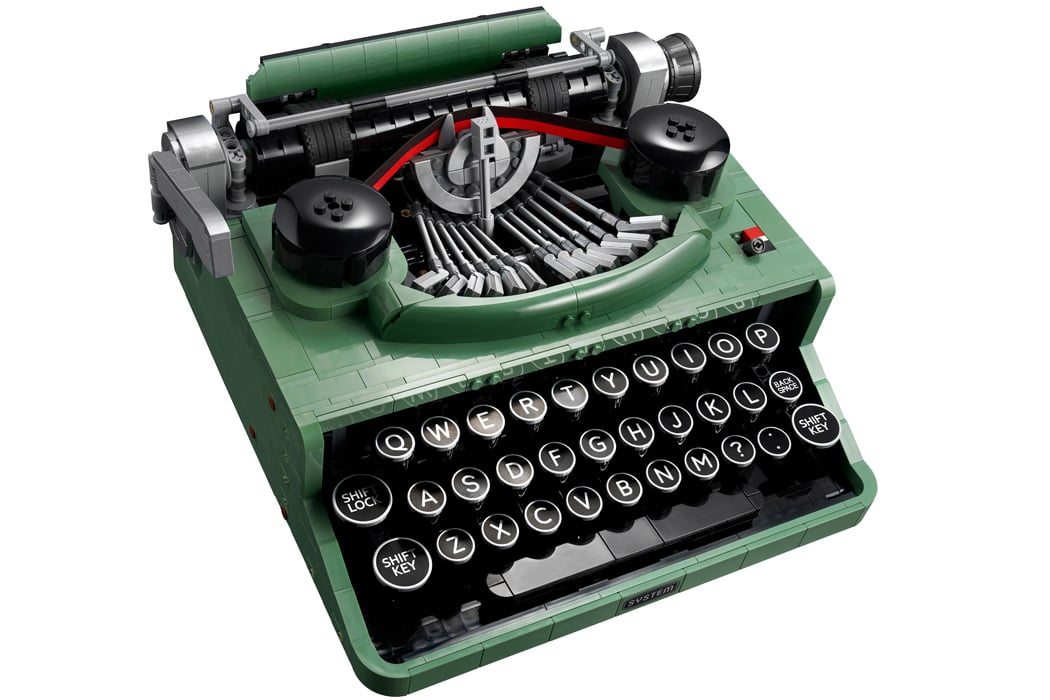
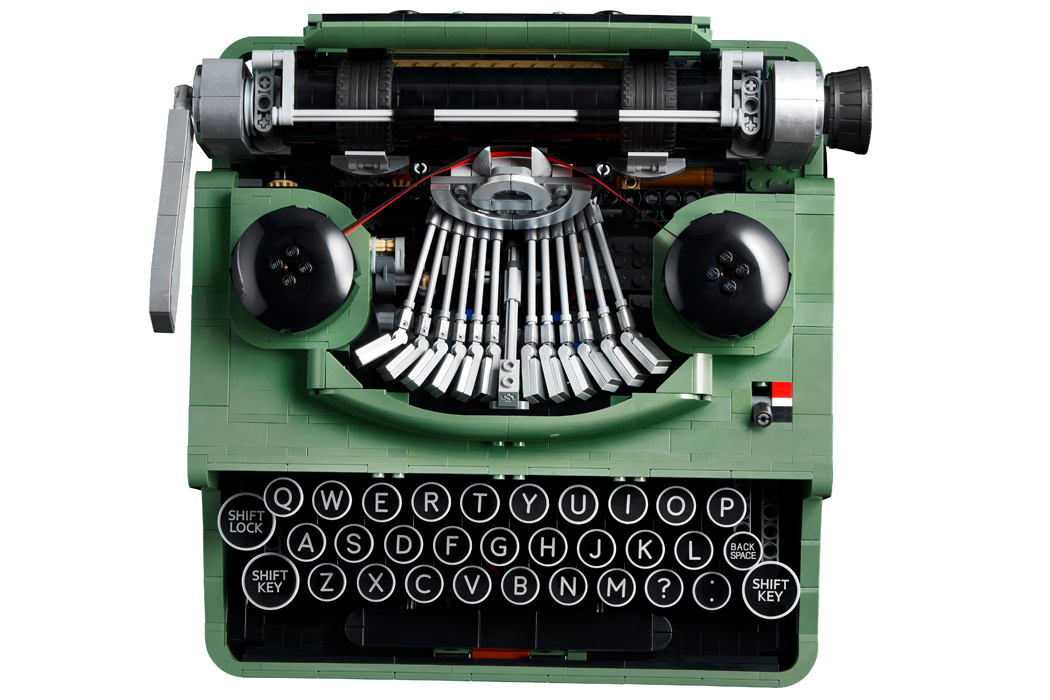
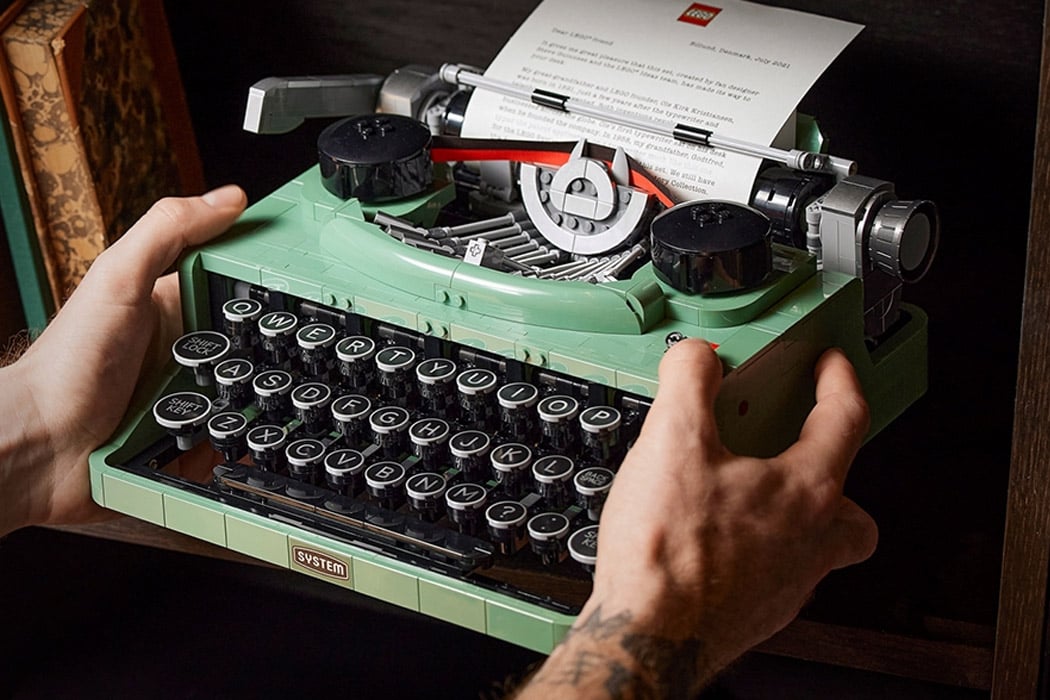
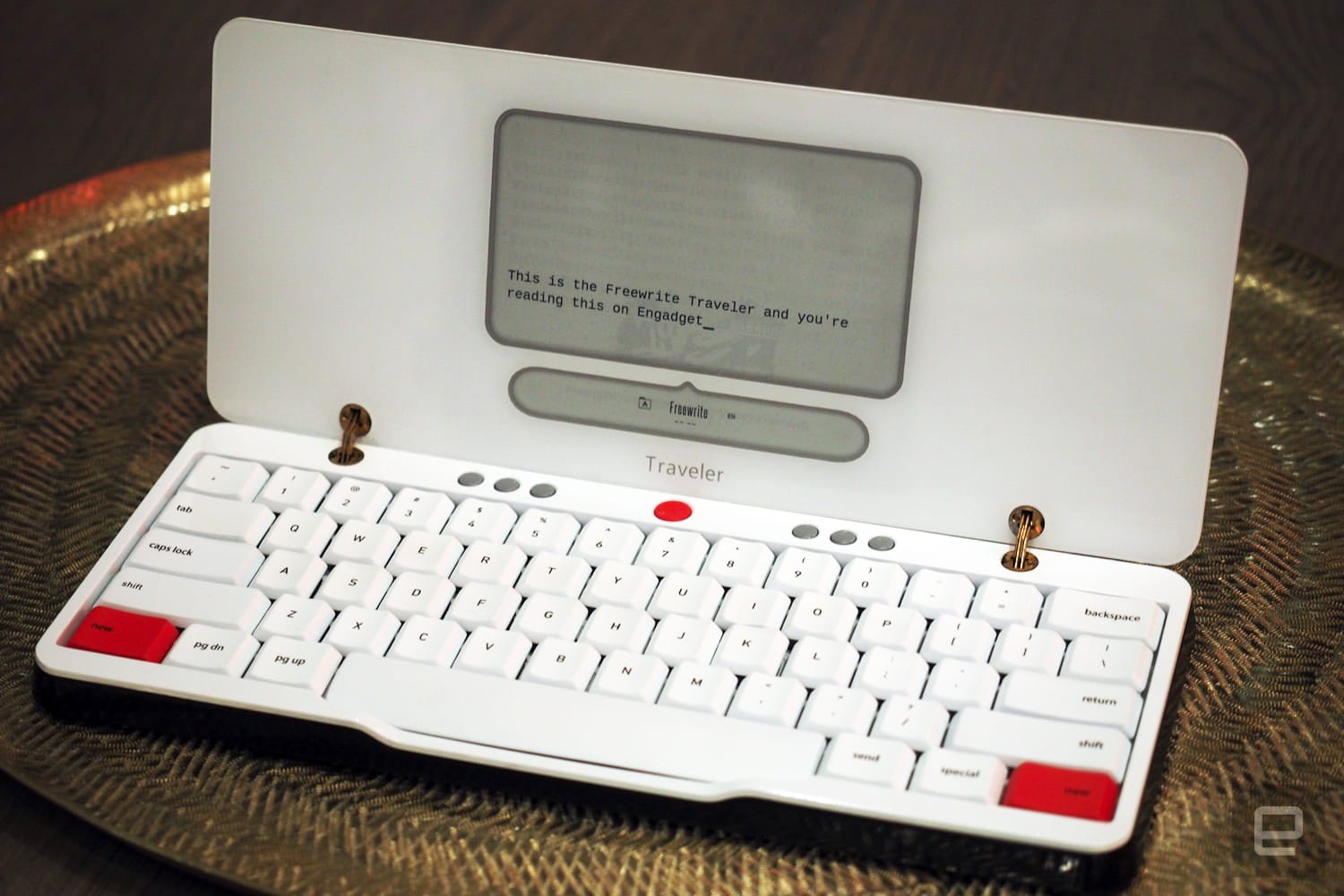 Many authors can attest that writing isn't as simple as just sitting down at a computer and typing. A typical day might go more like this: check email, look at Facebook, tweet. You know, anything but actual writing. Astrohaus' Freewrite e-ink typewri...
Many authors can attest that writing isn't as simple as just sitting down at a computer and typing. A typical day might go more like this: check email, look at Facebook, tweet. You know, anything but actual writing. Astrohaus' Freewrite e-ink typewri...
